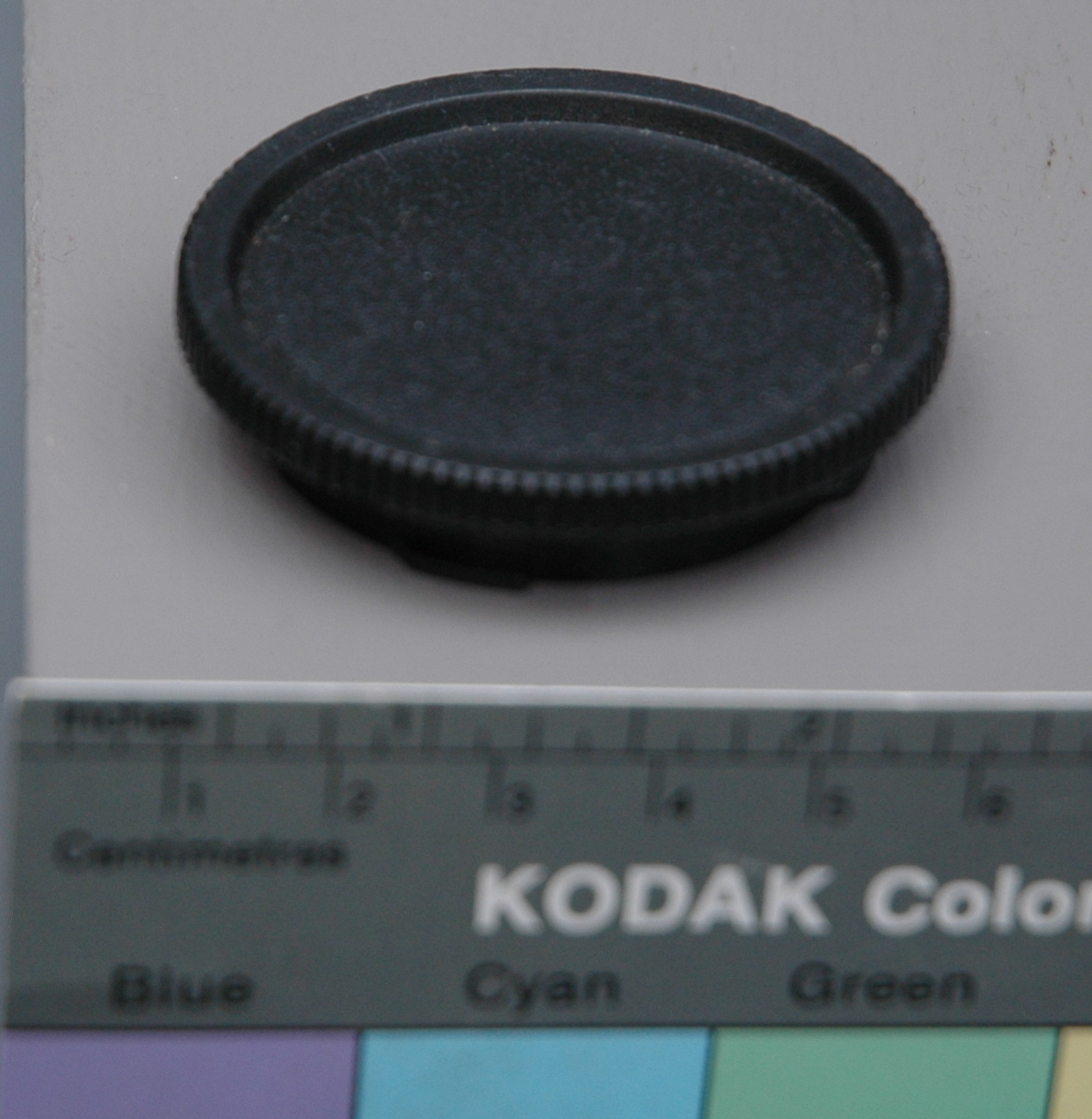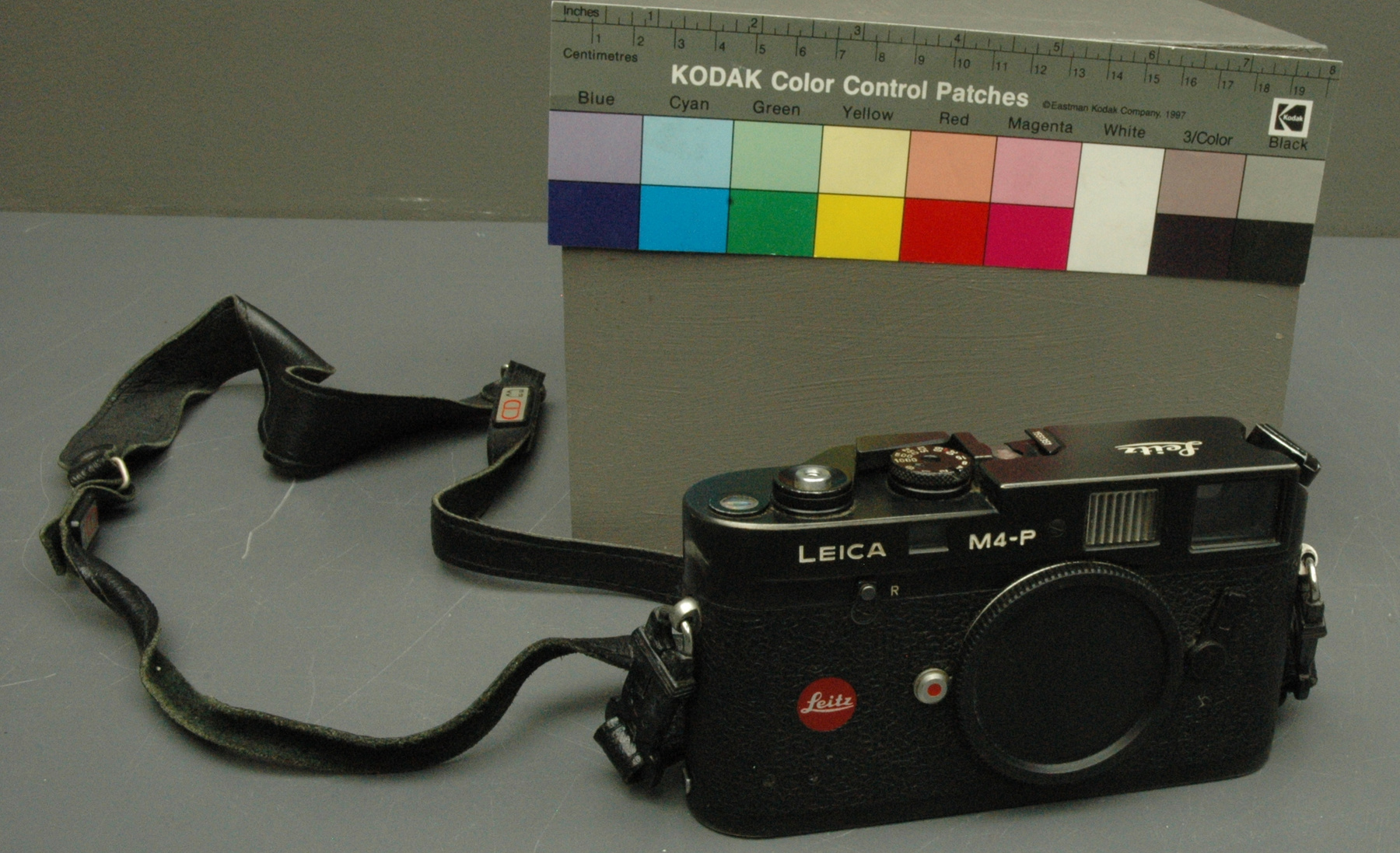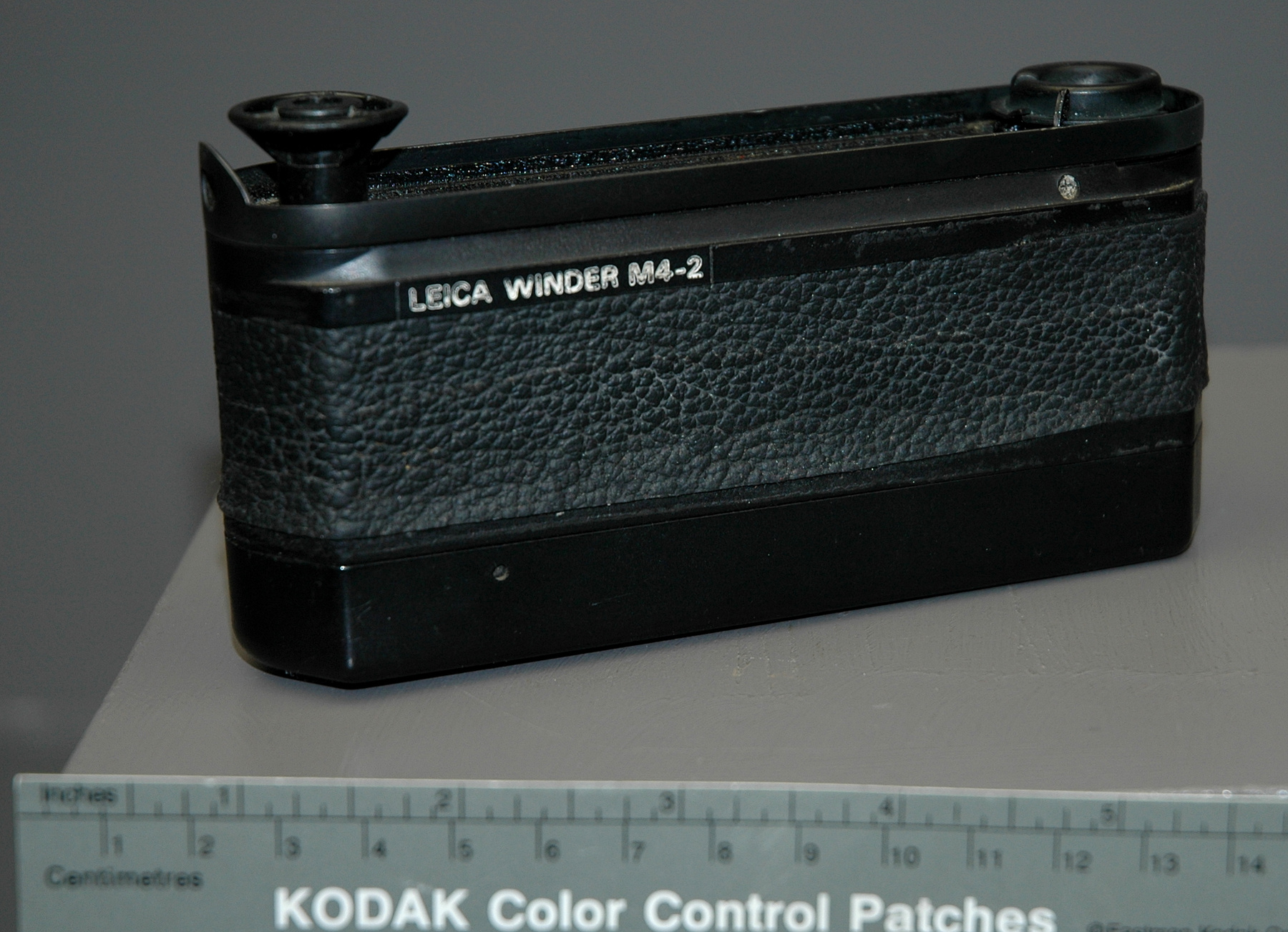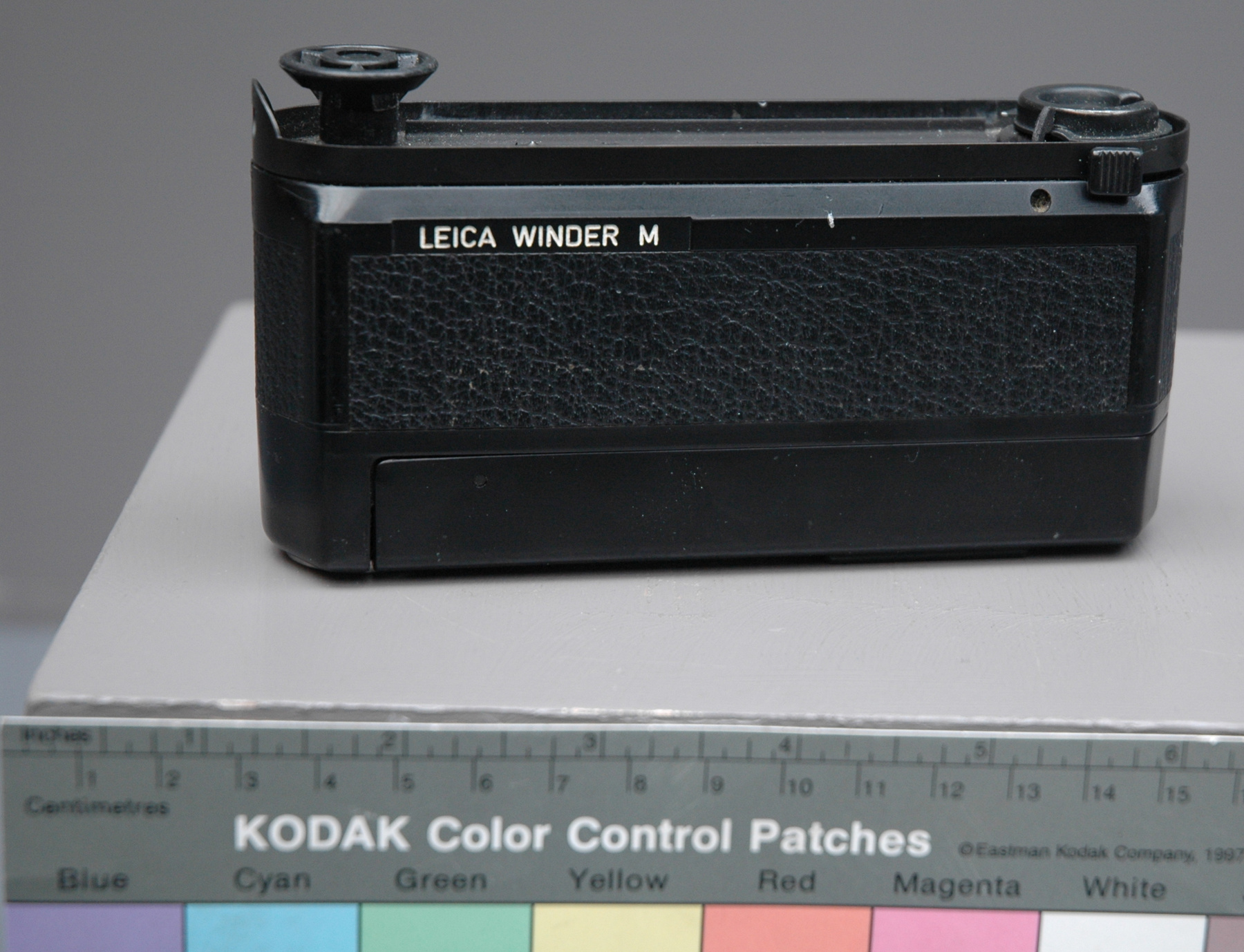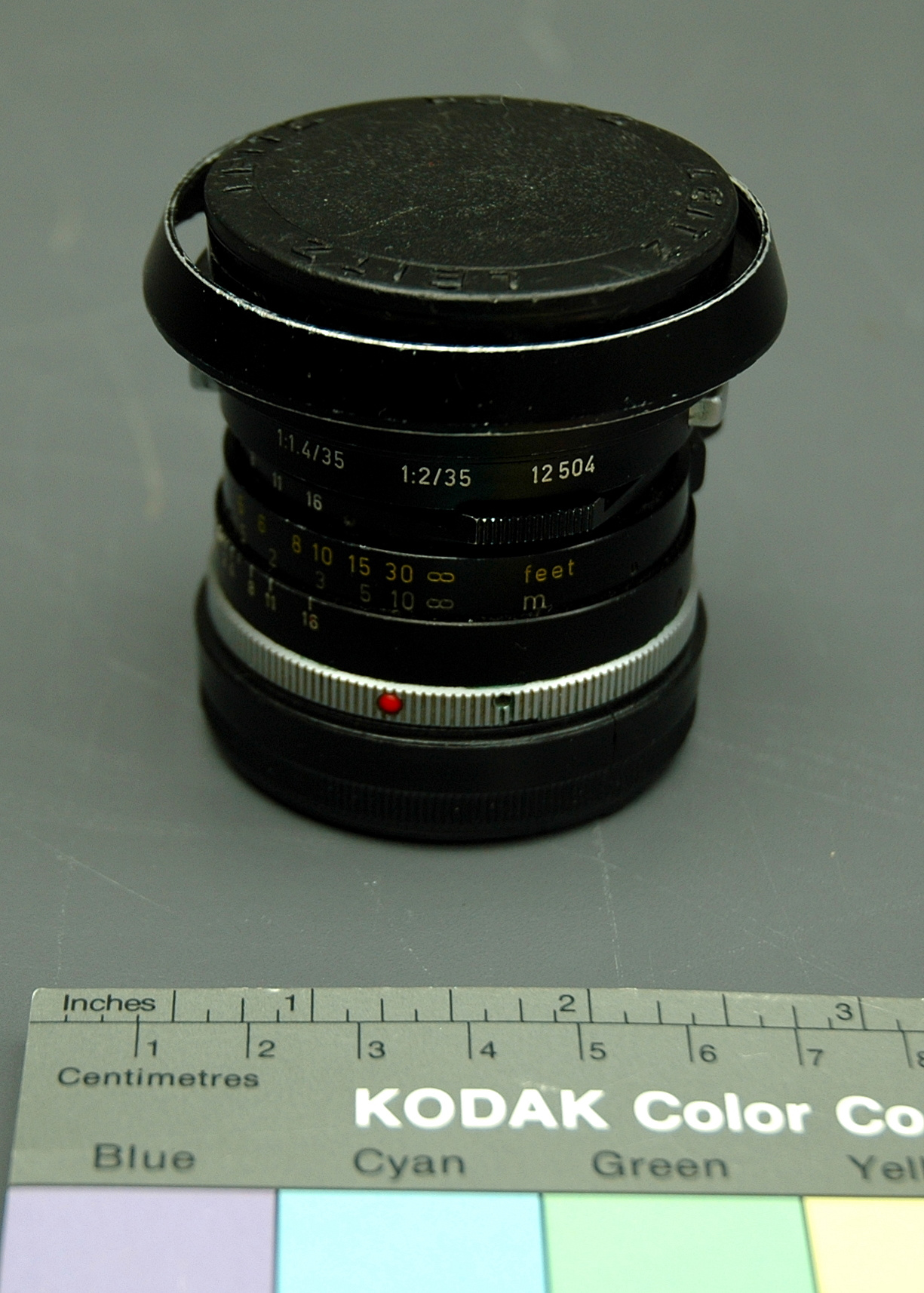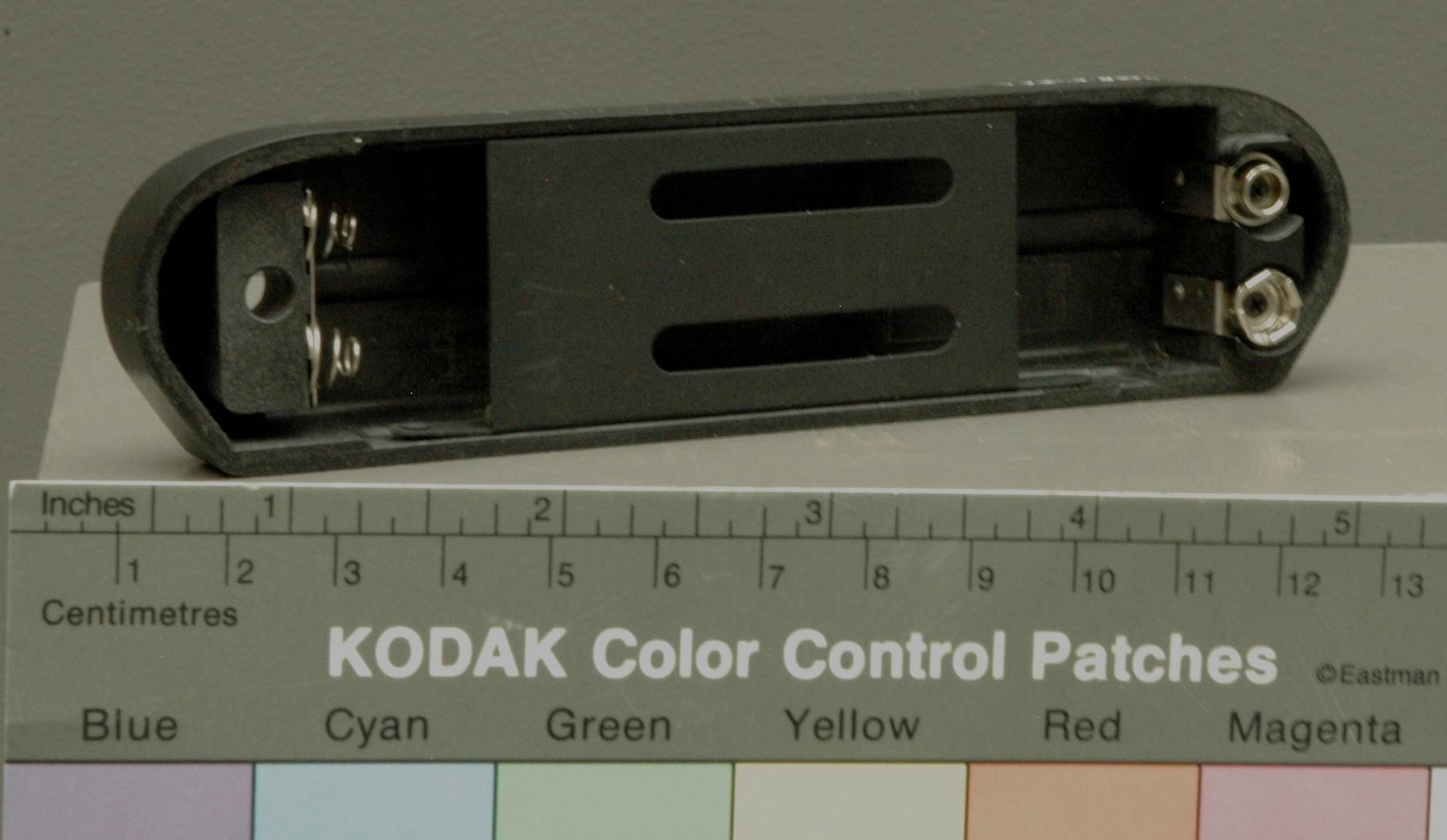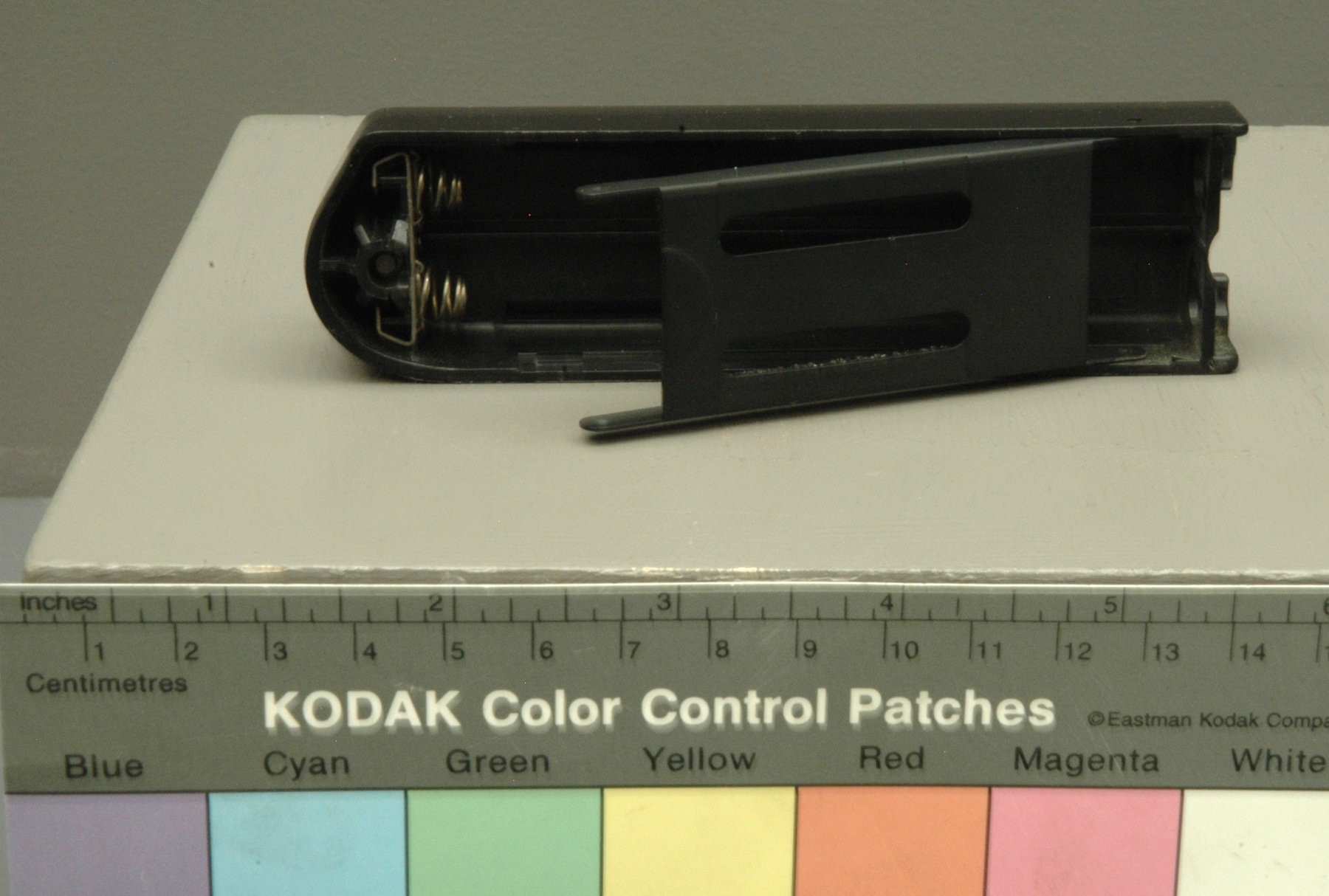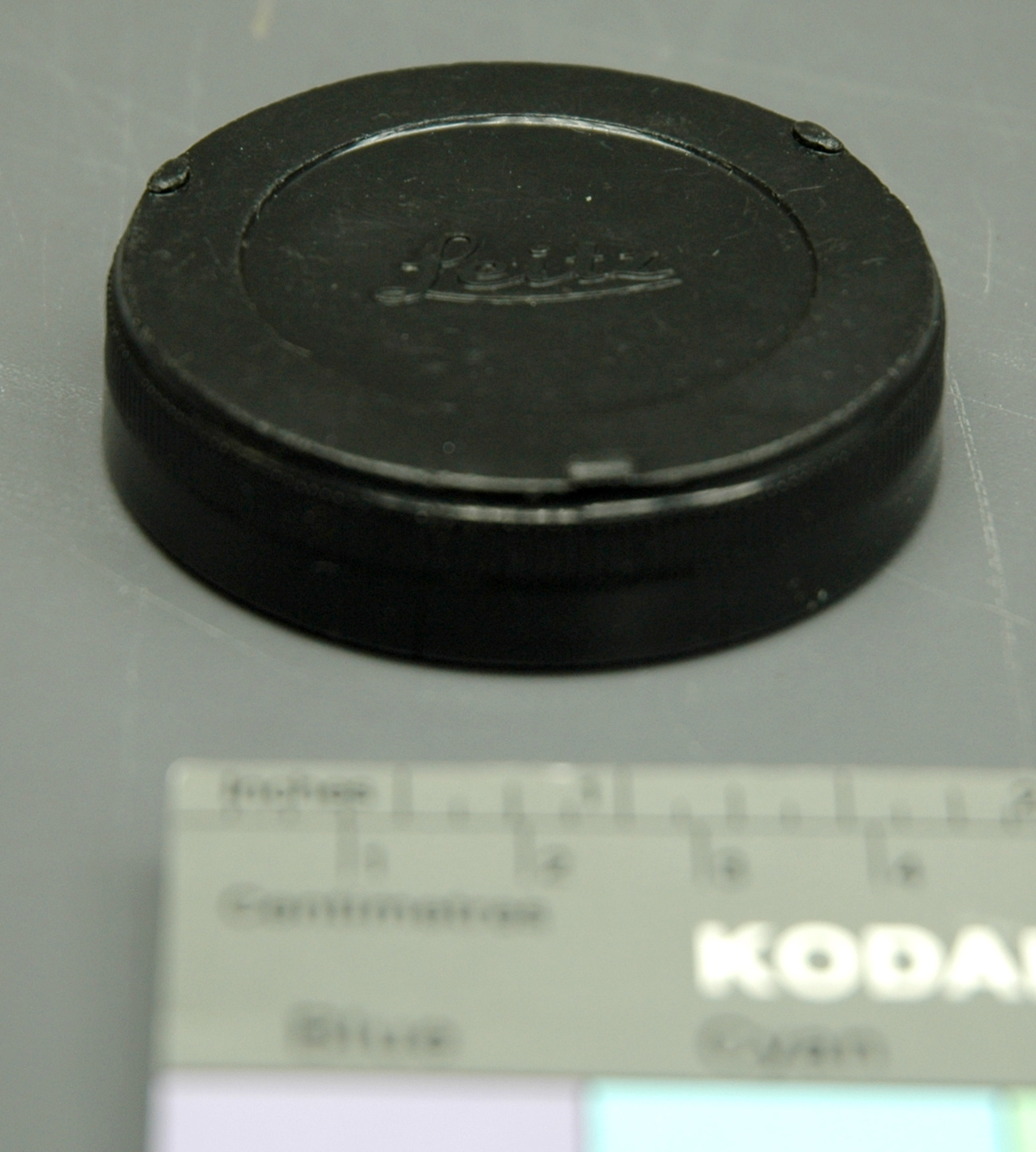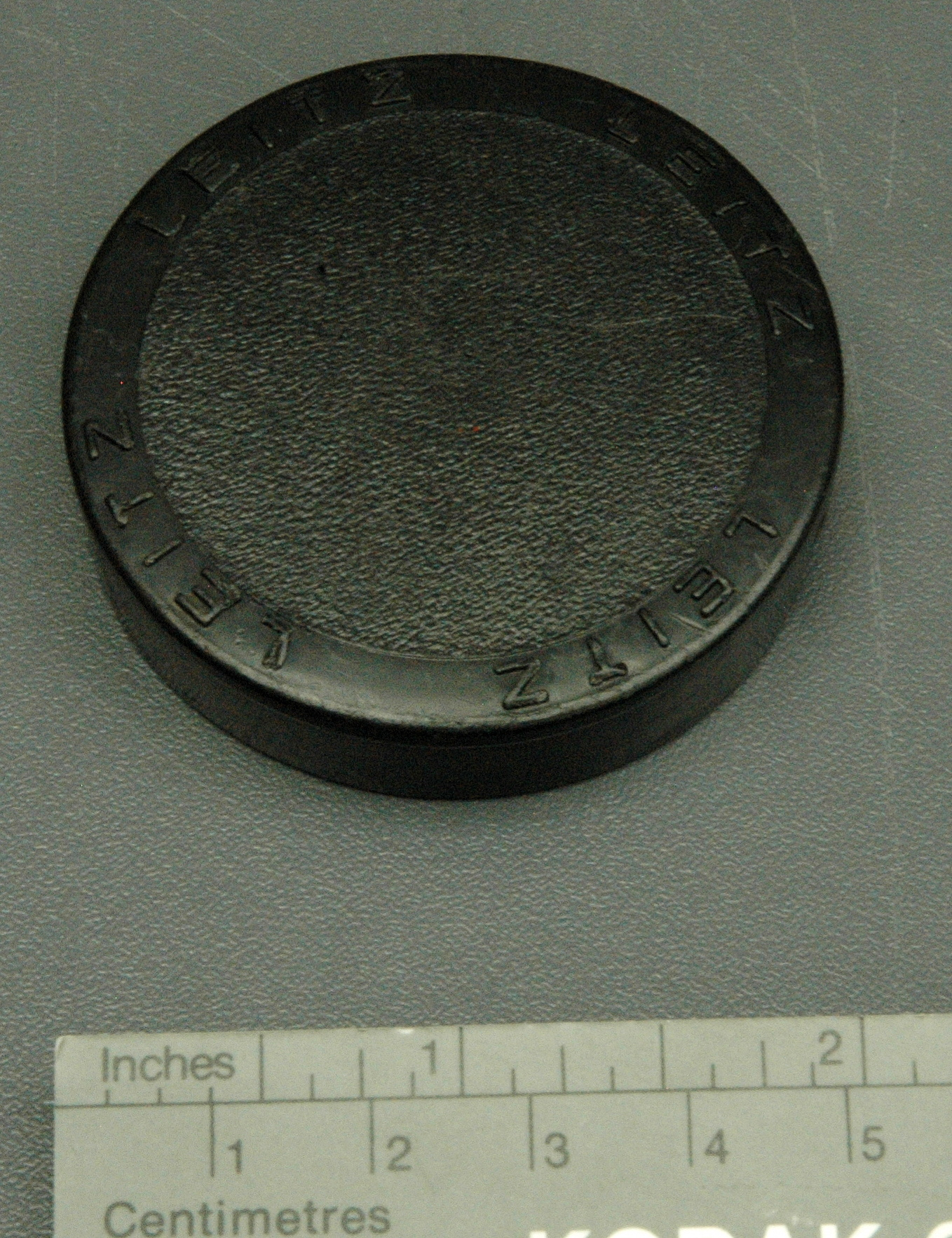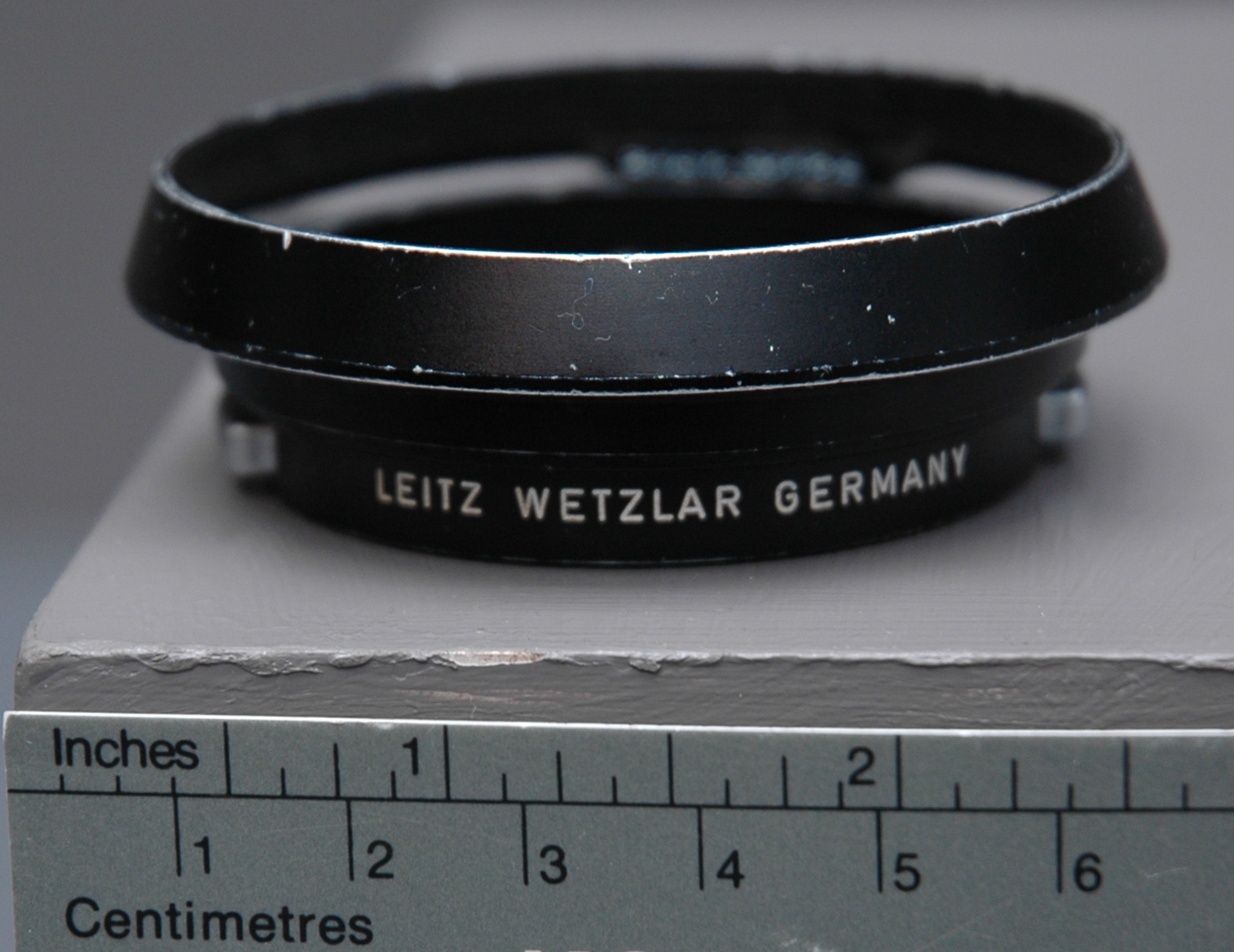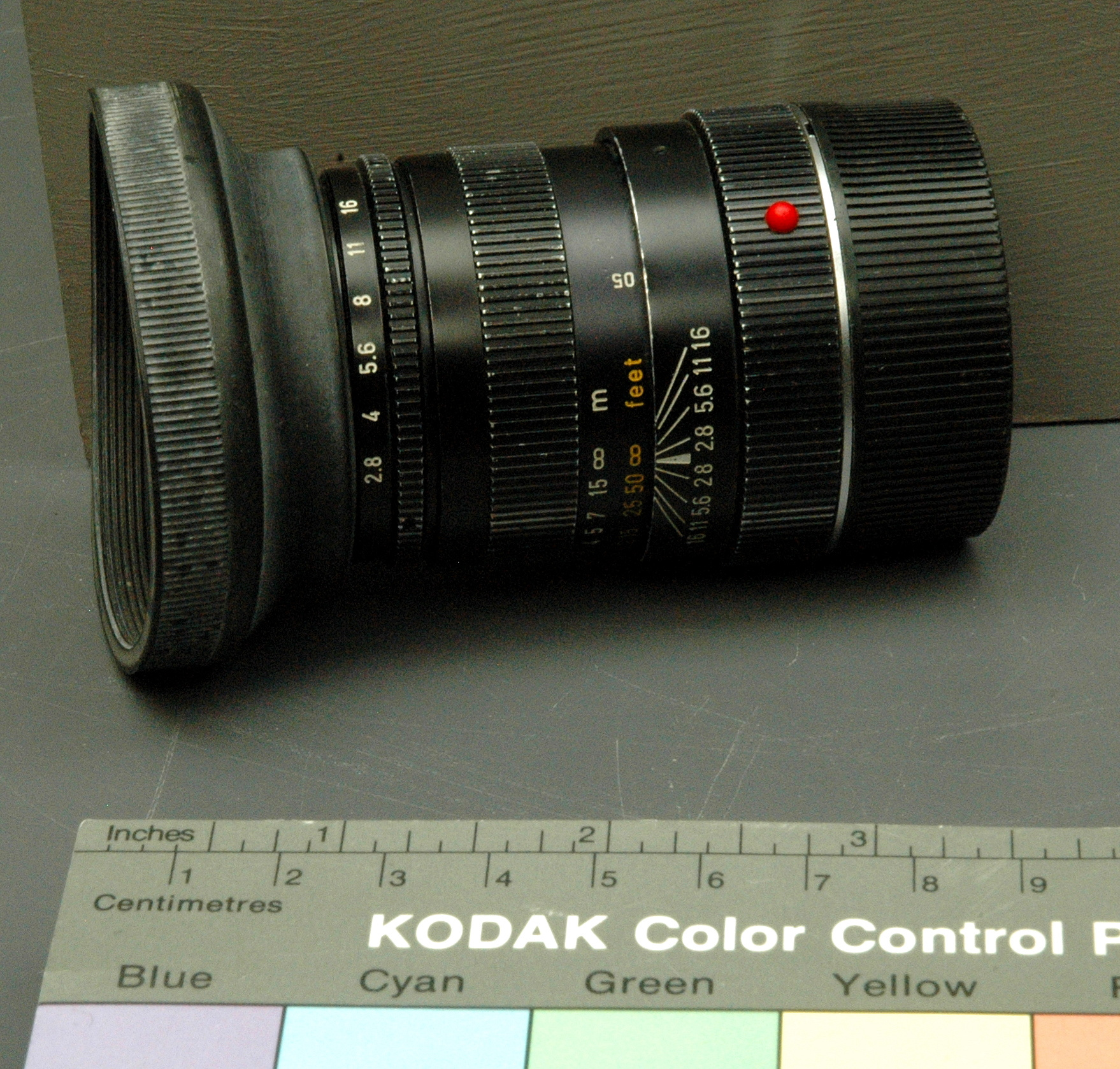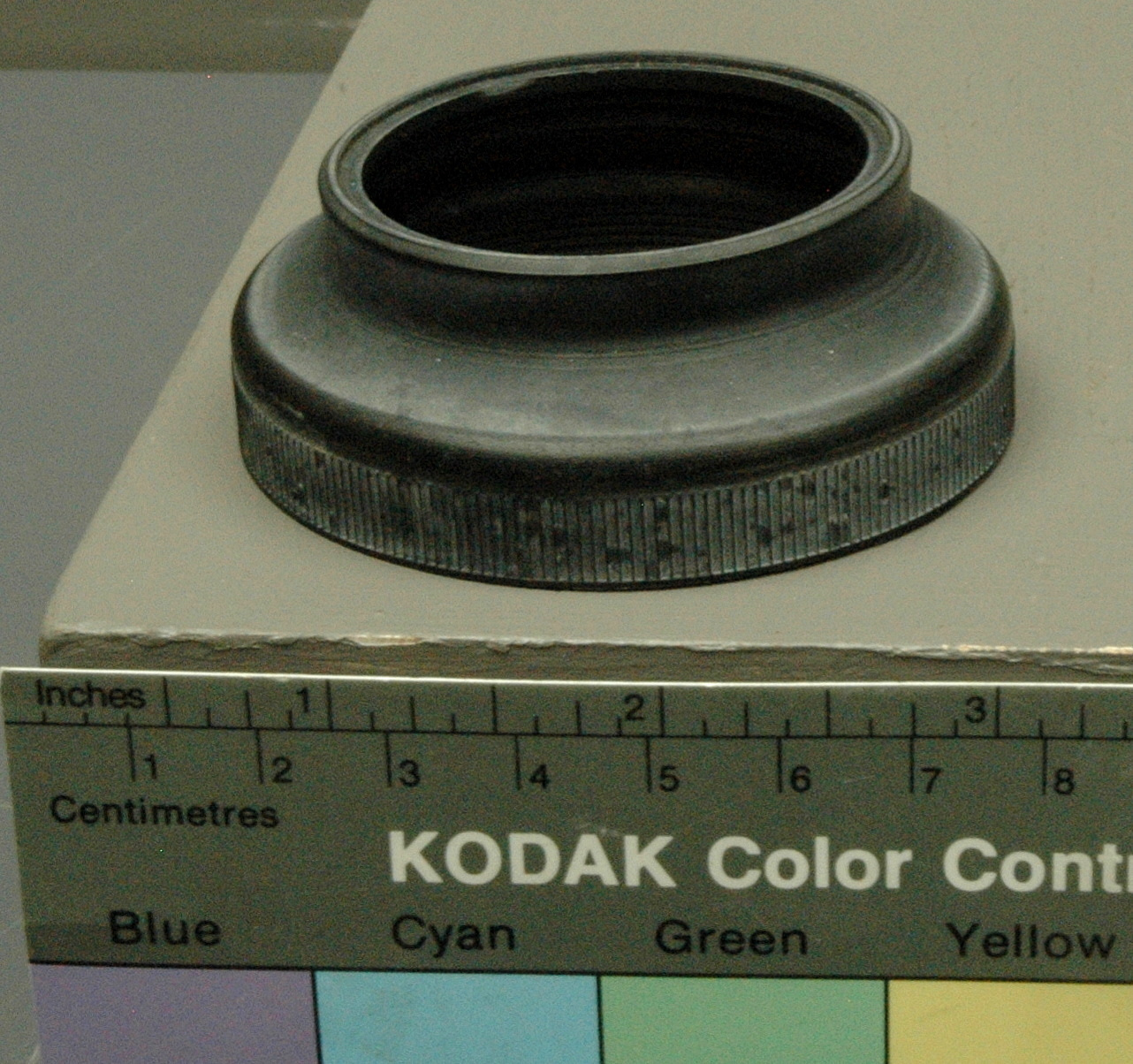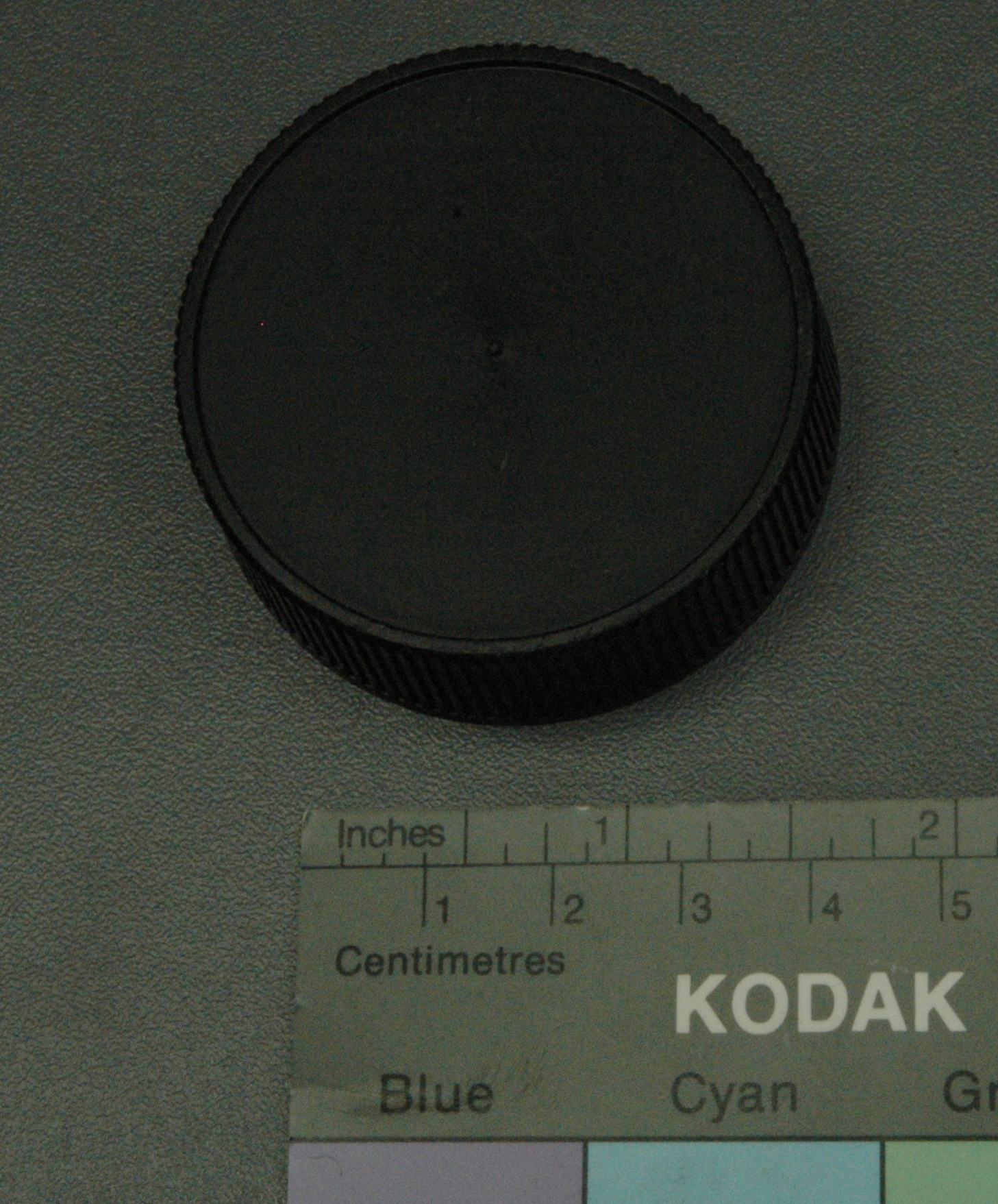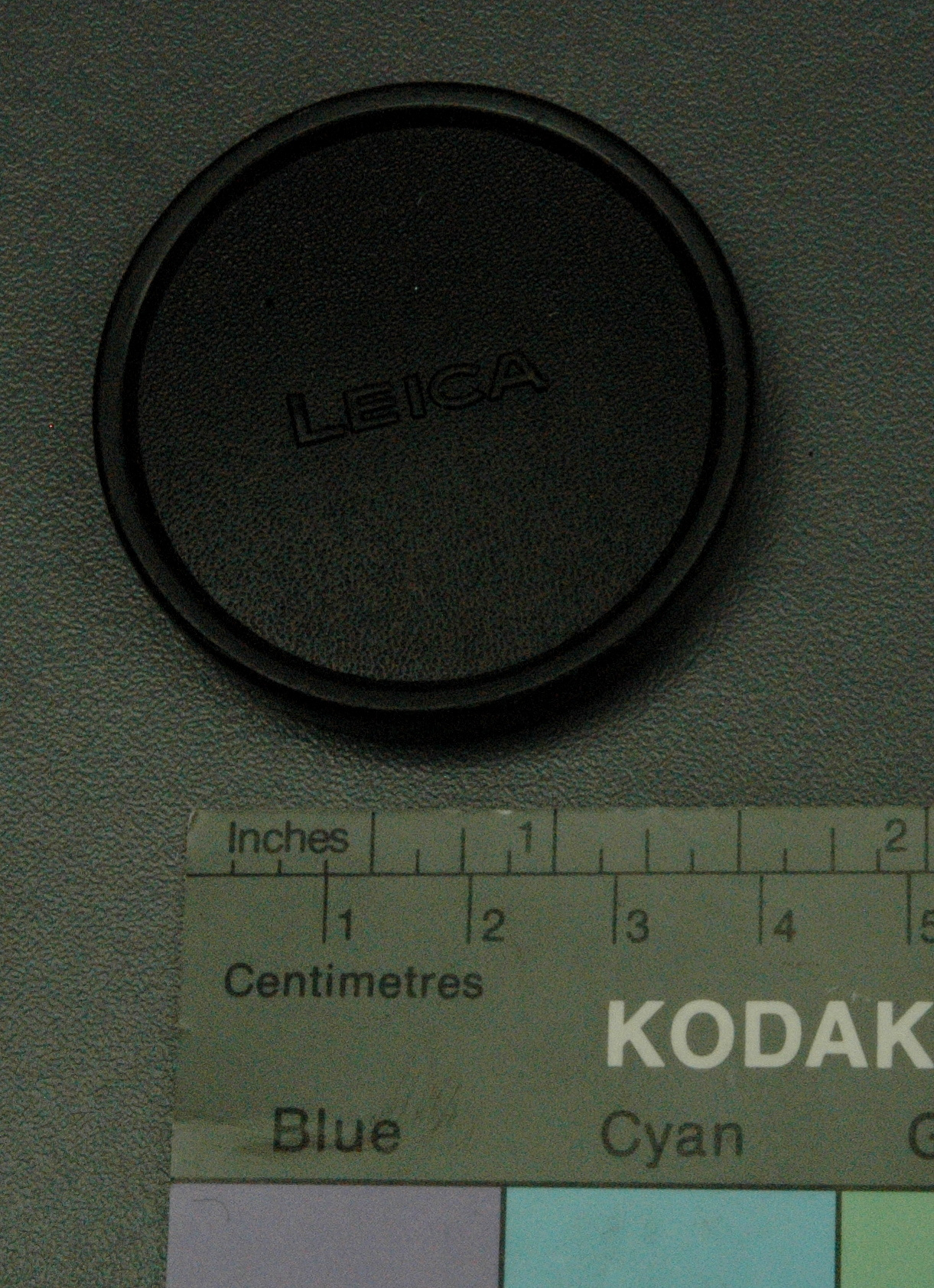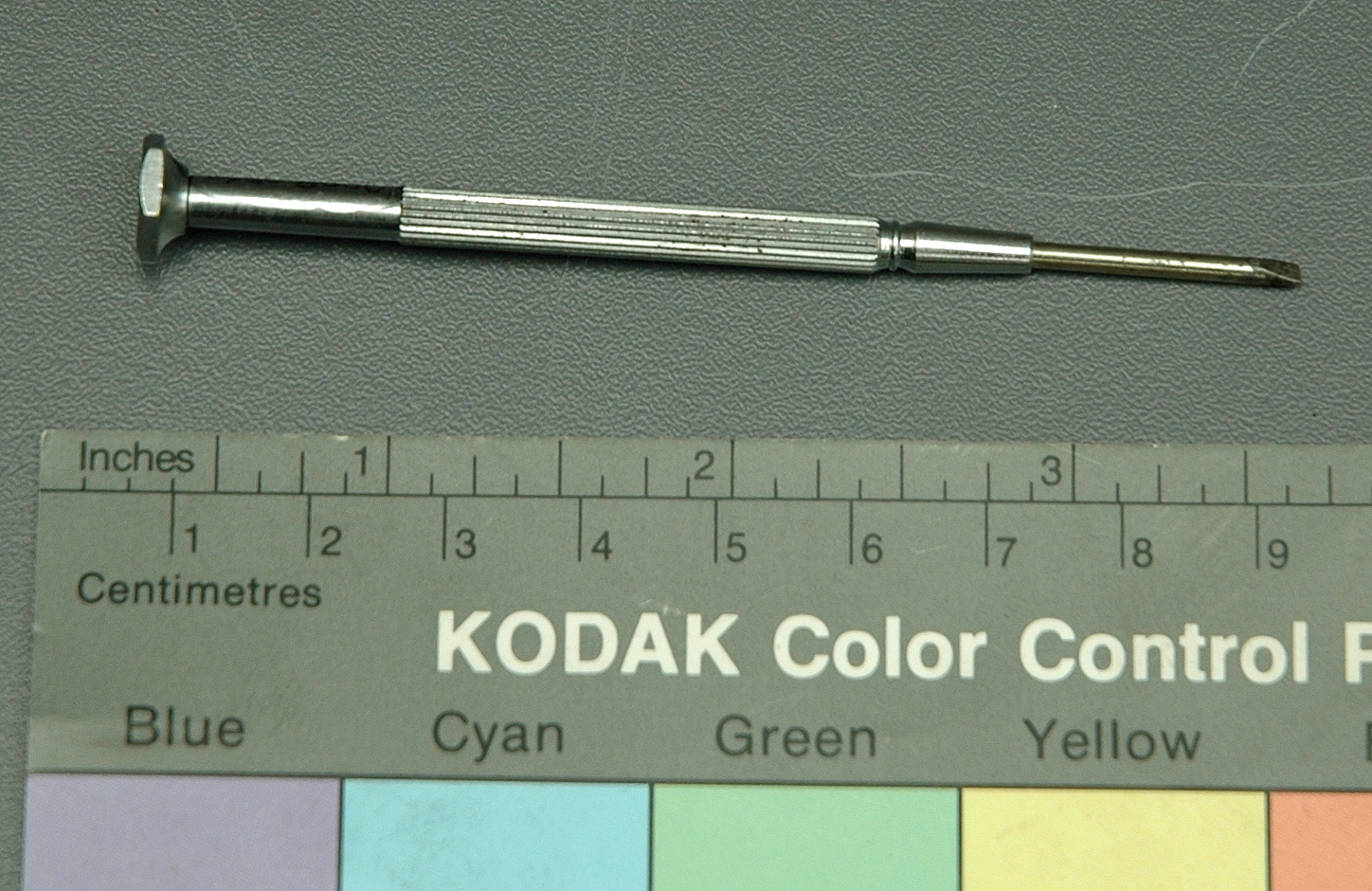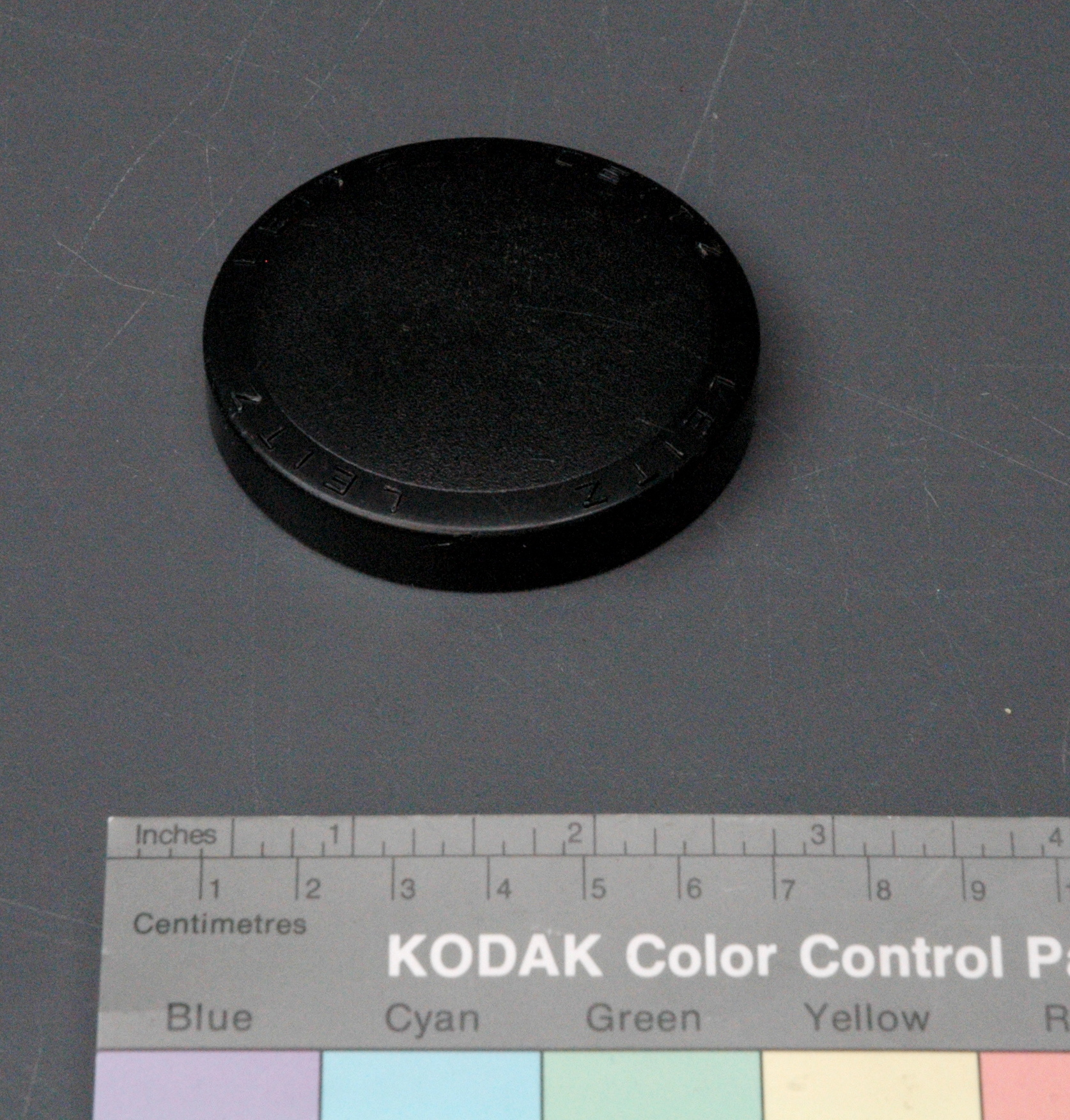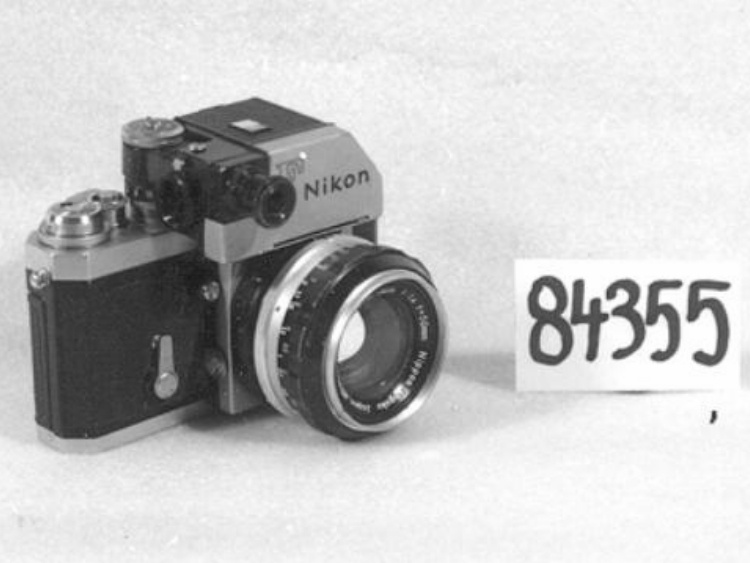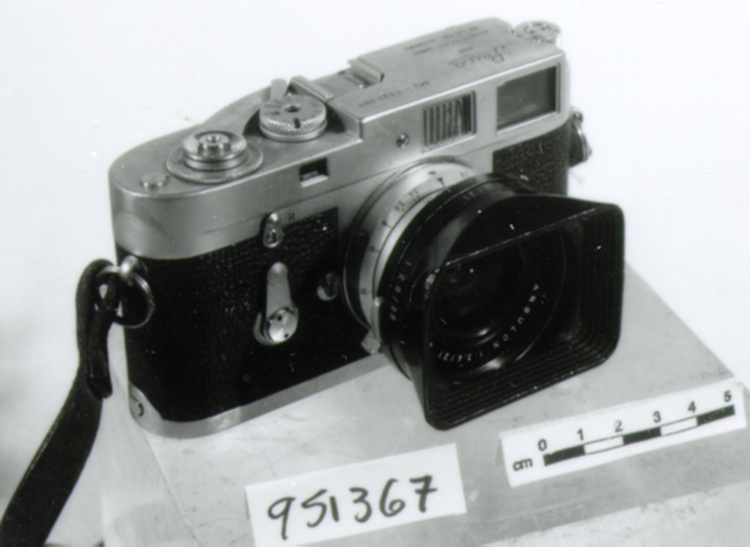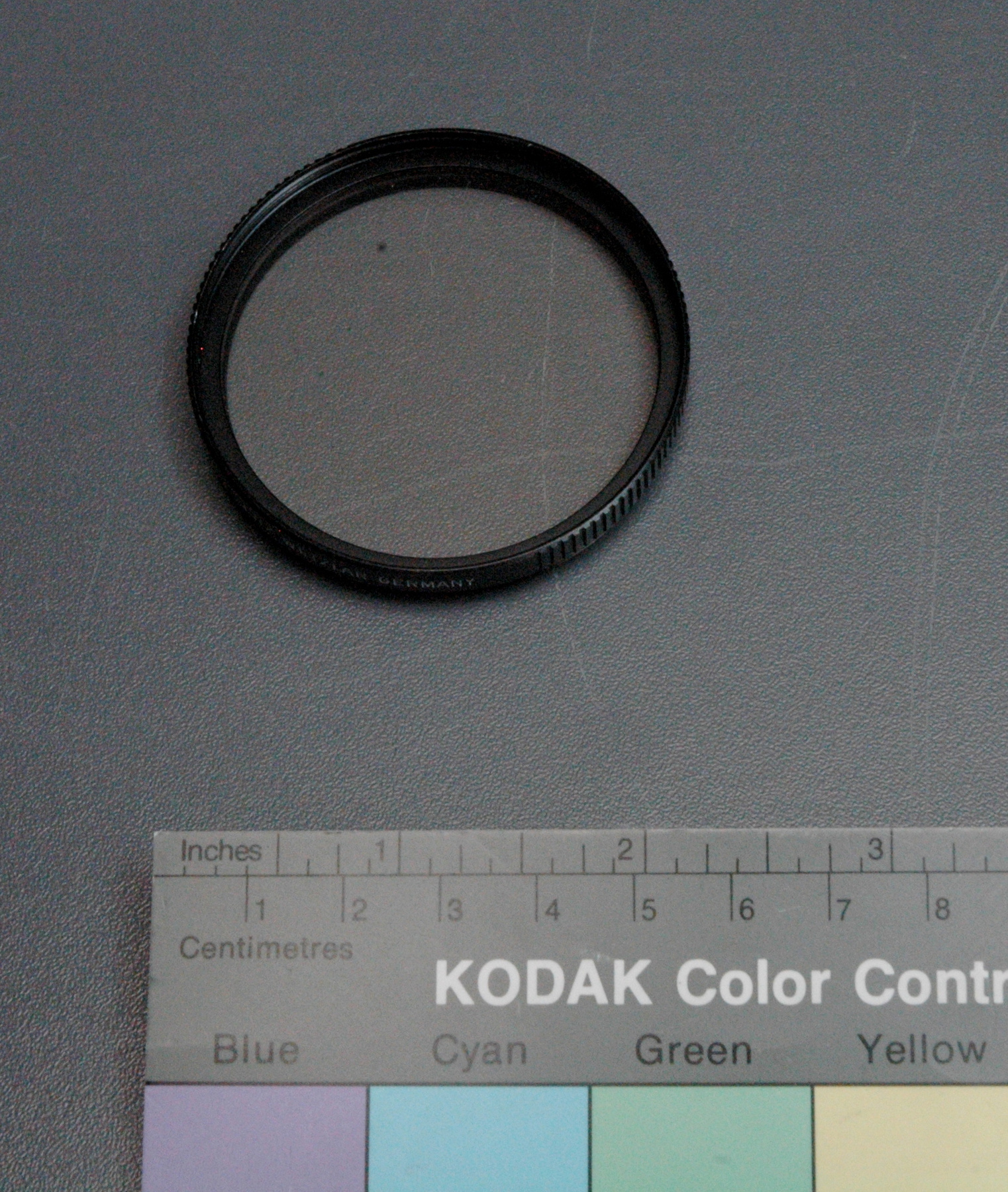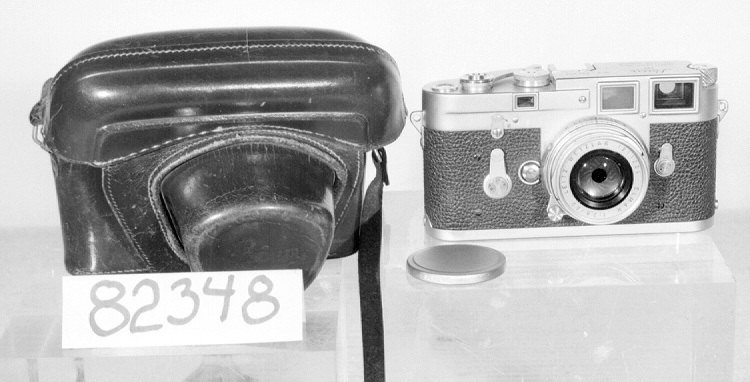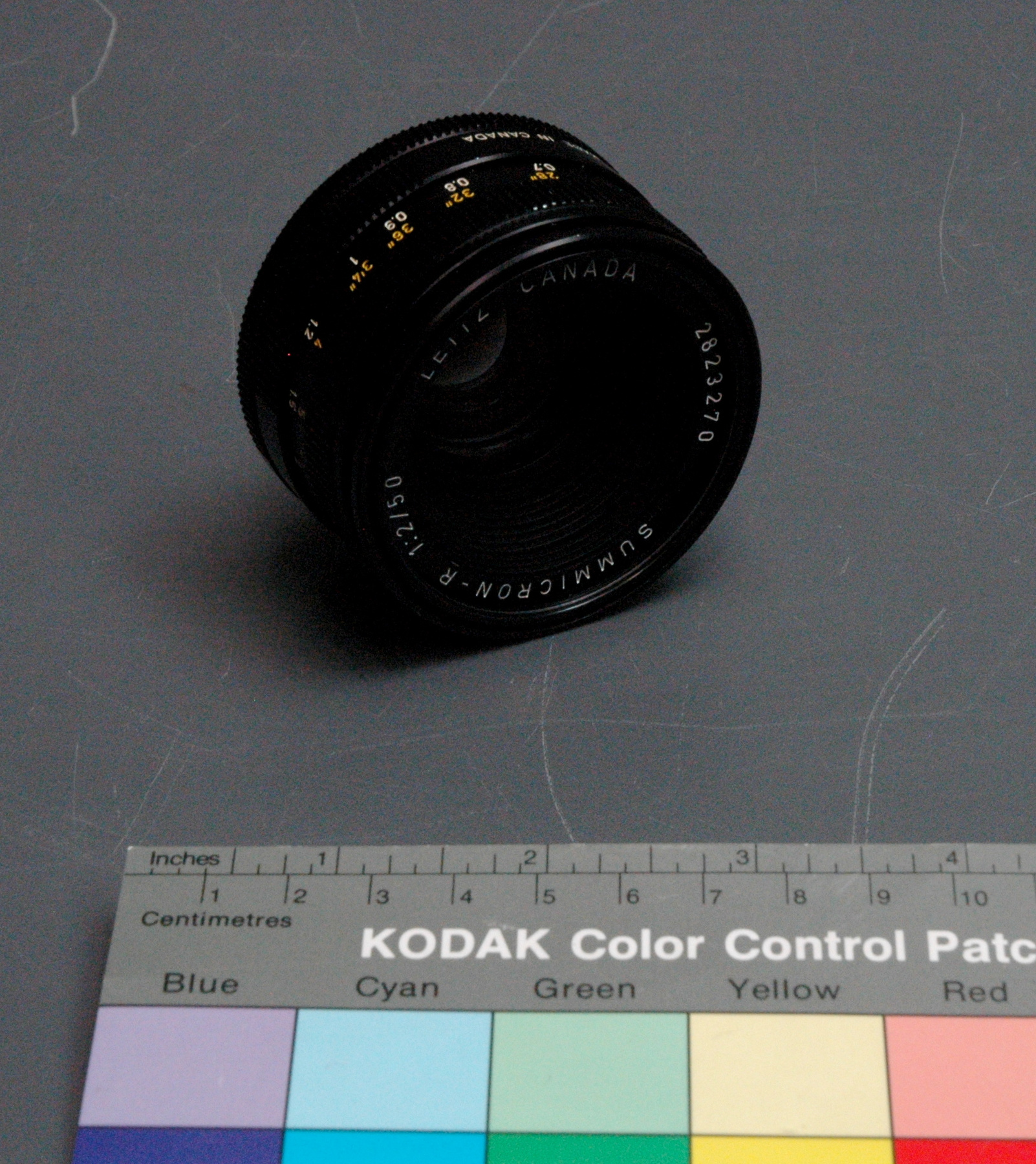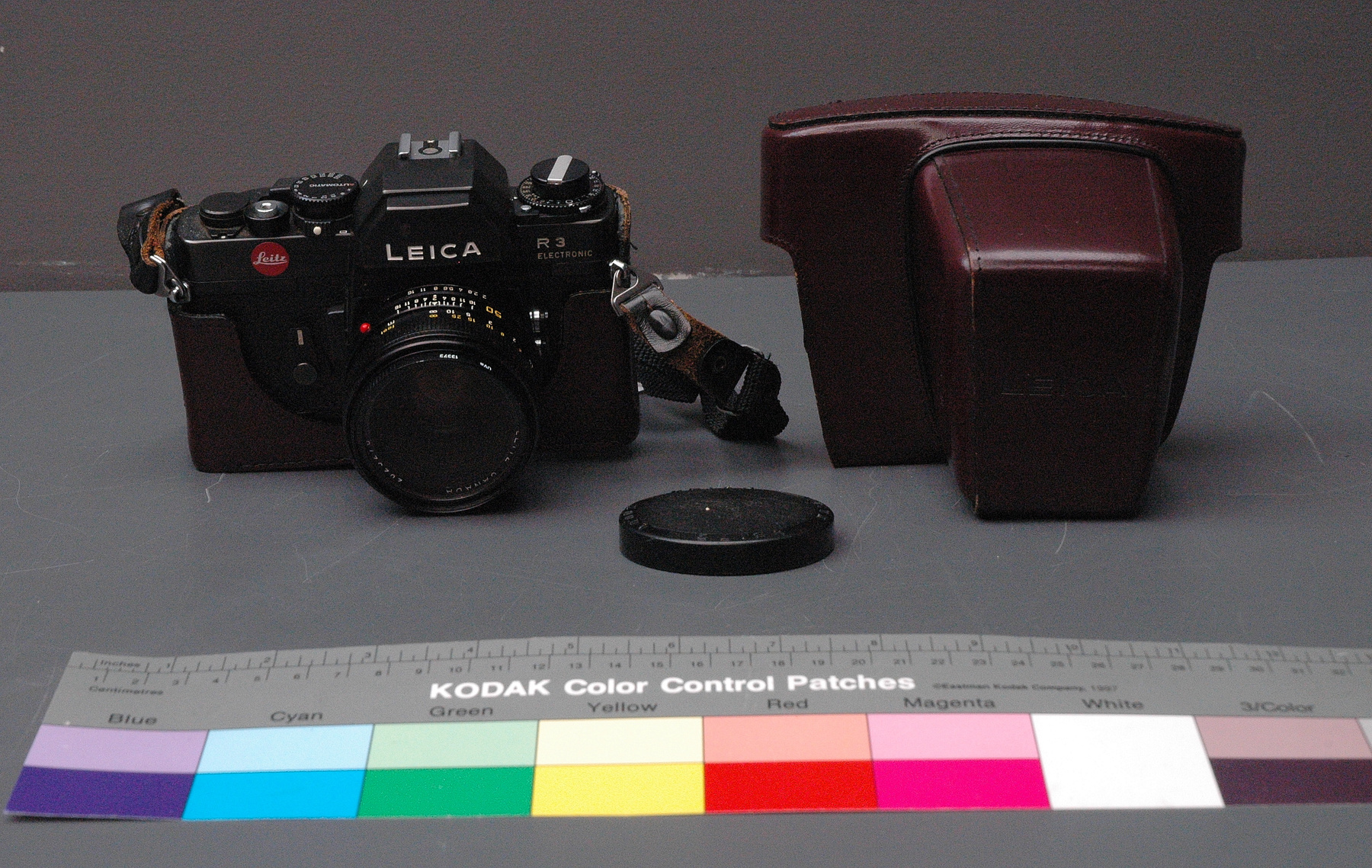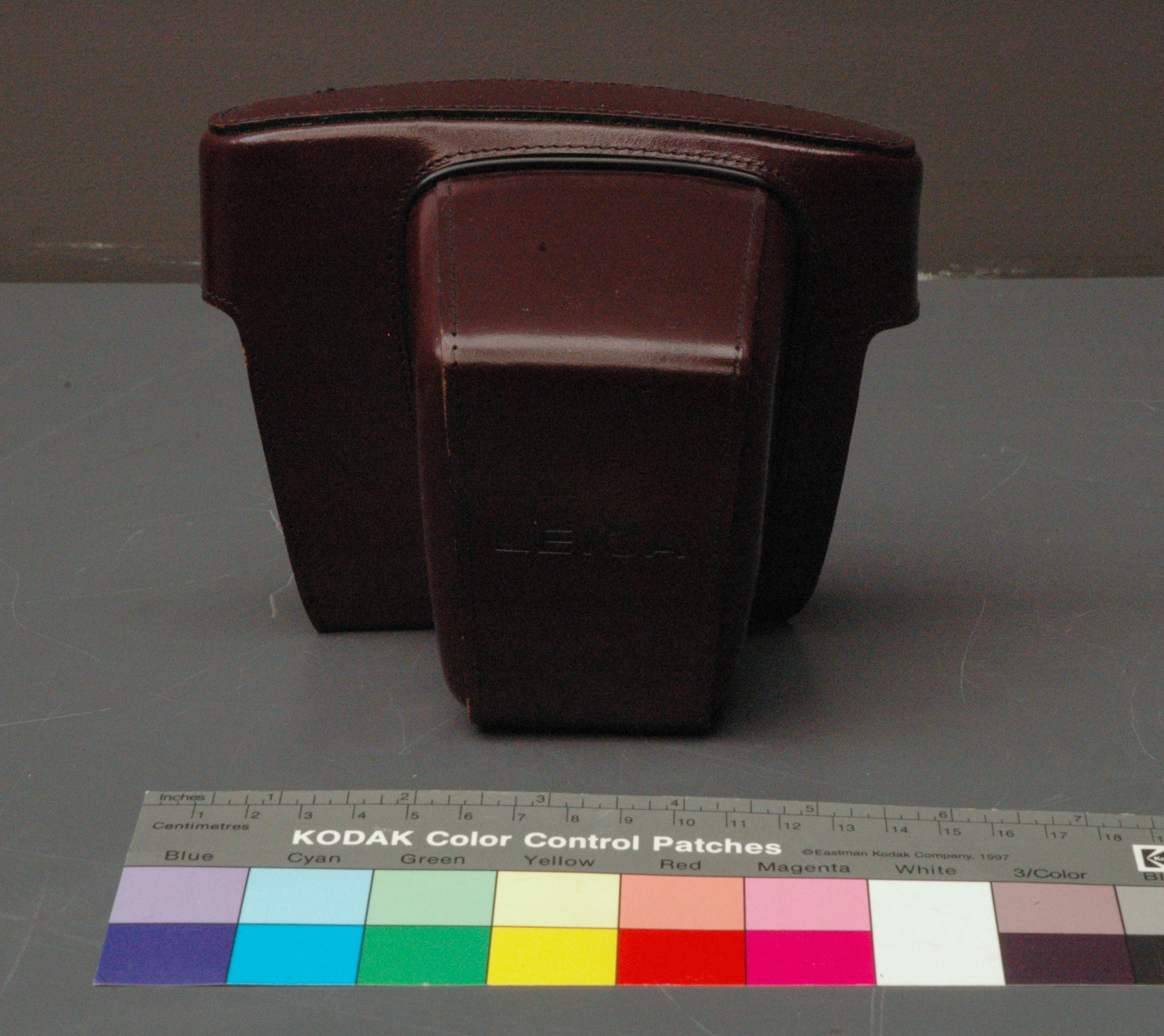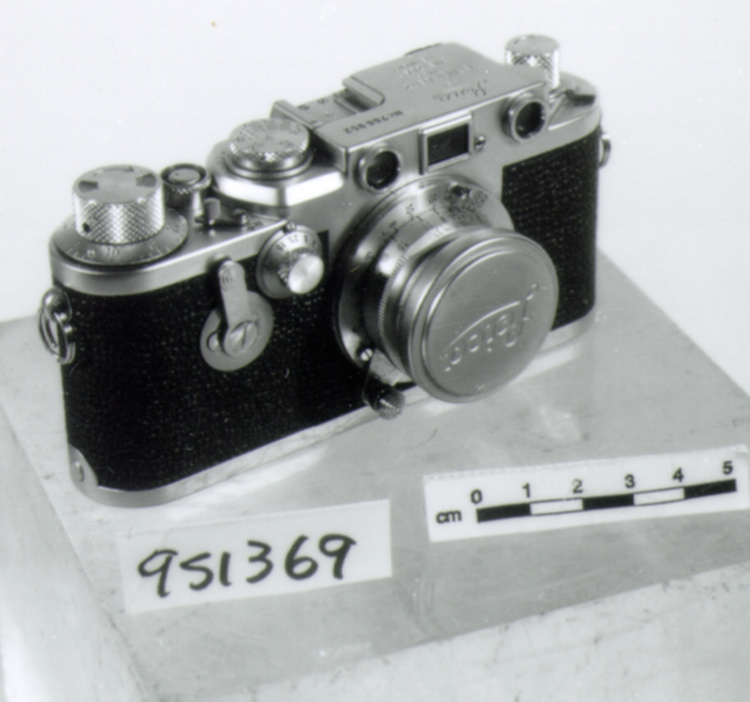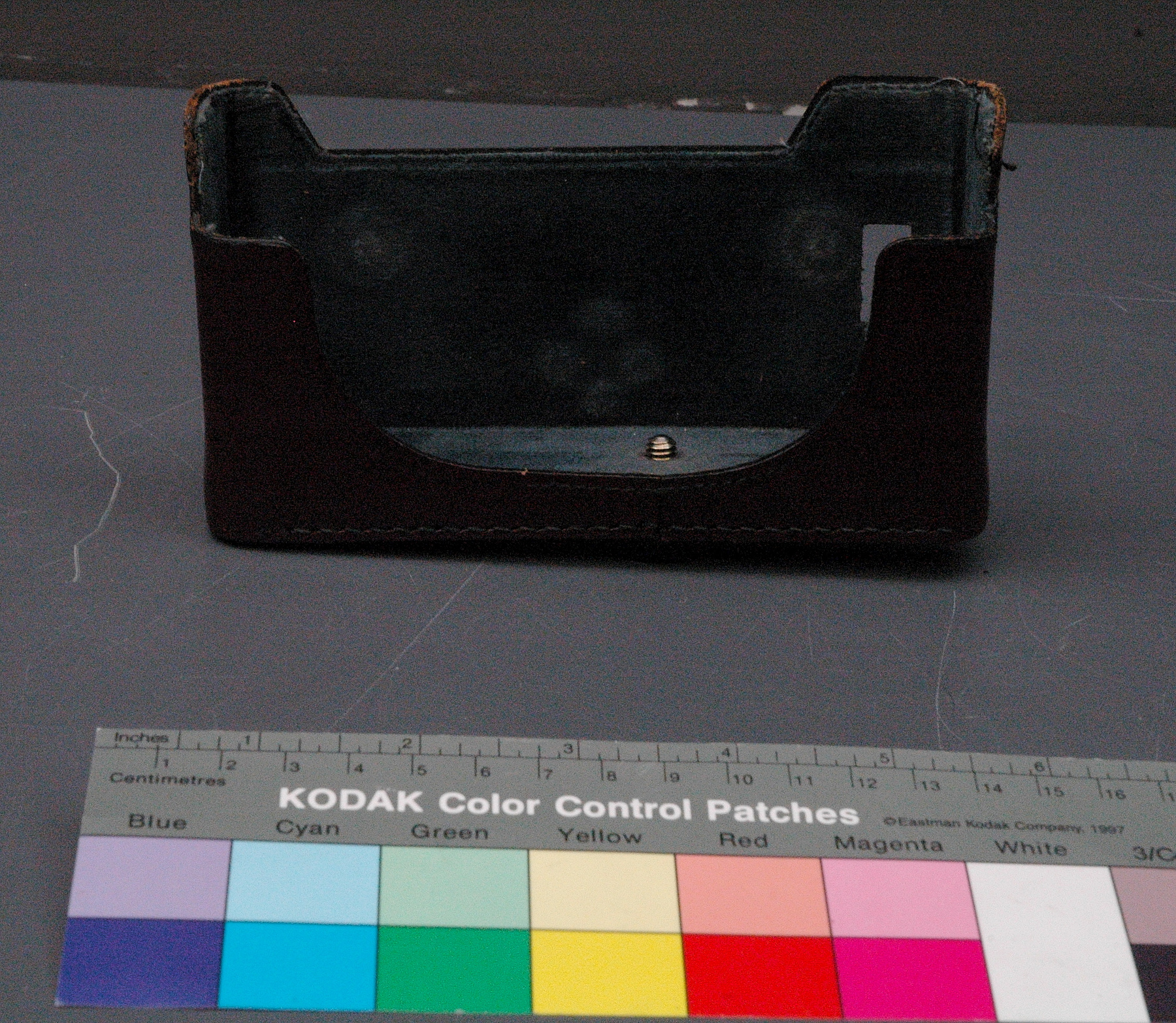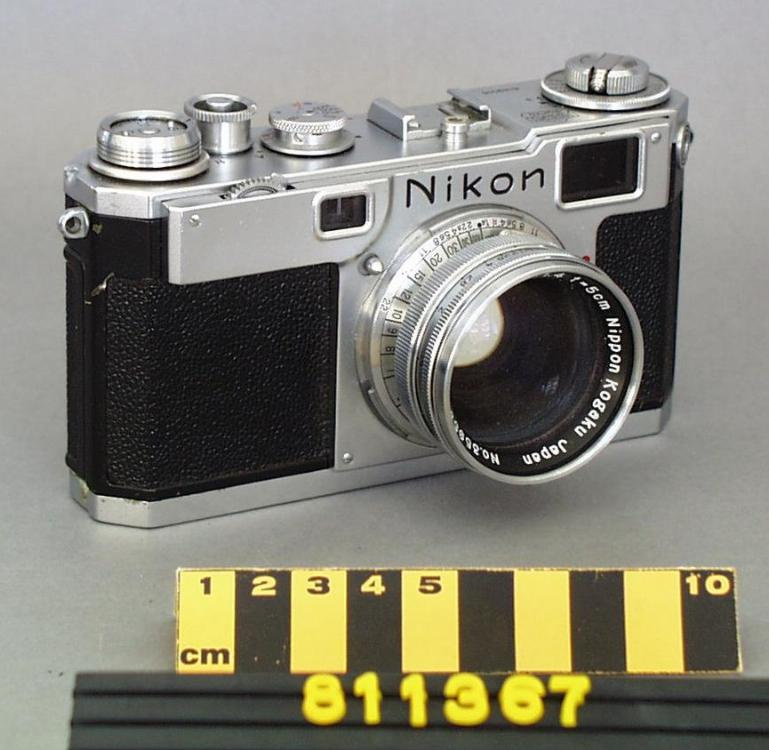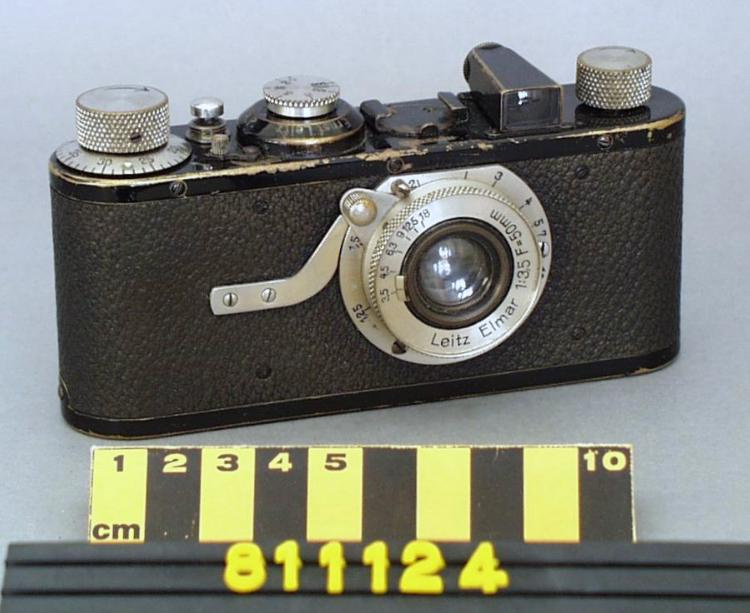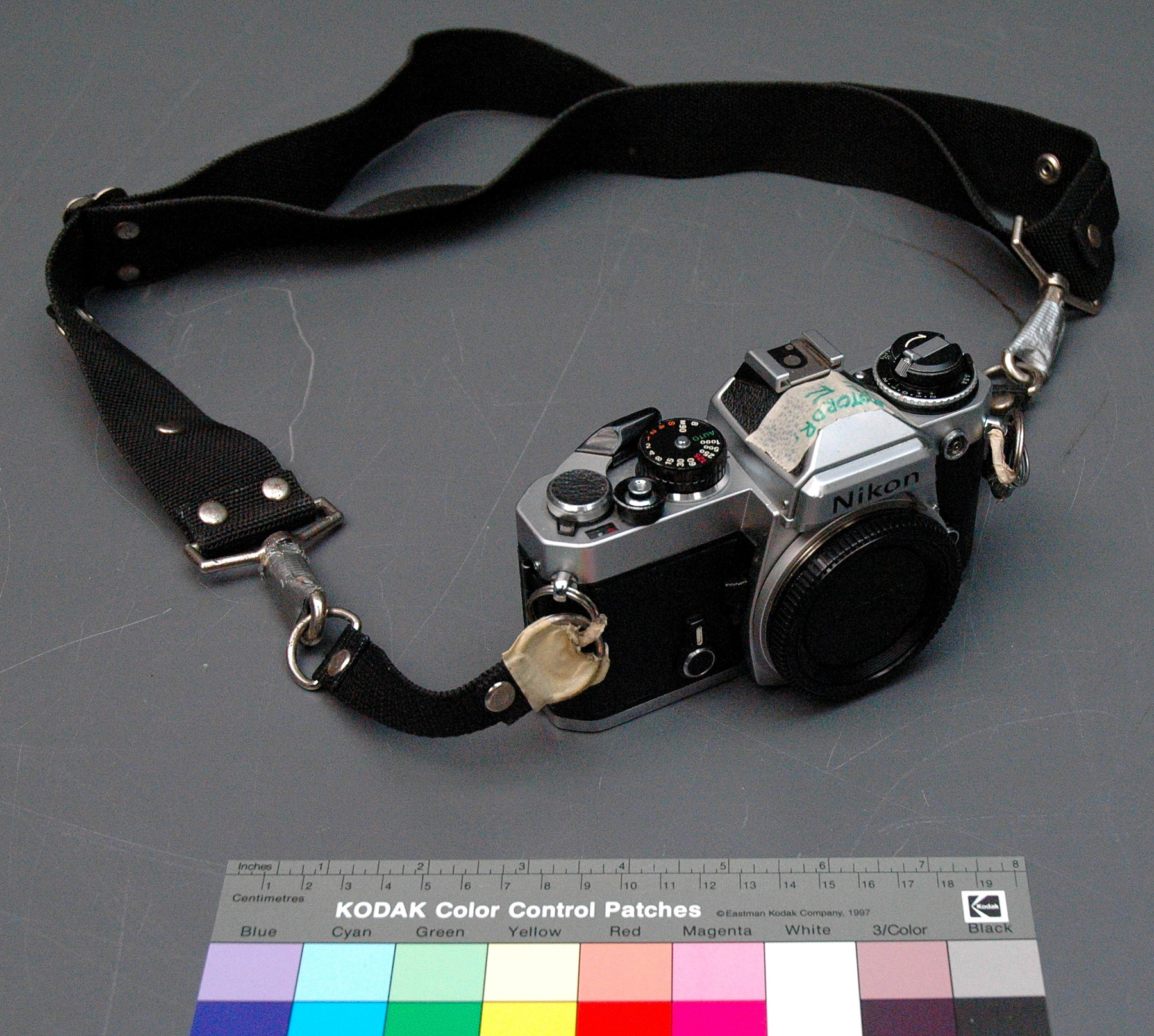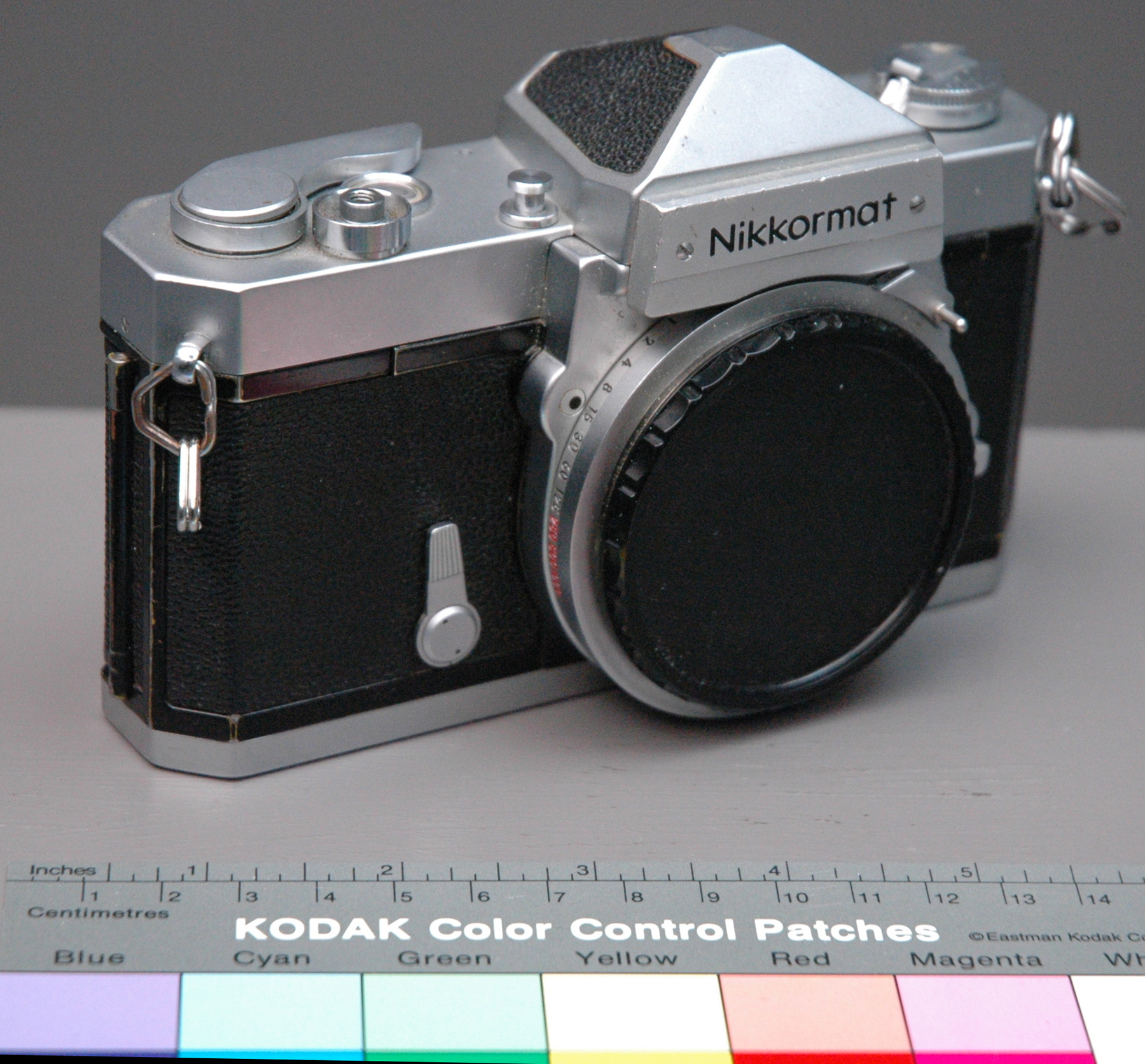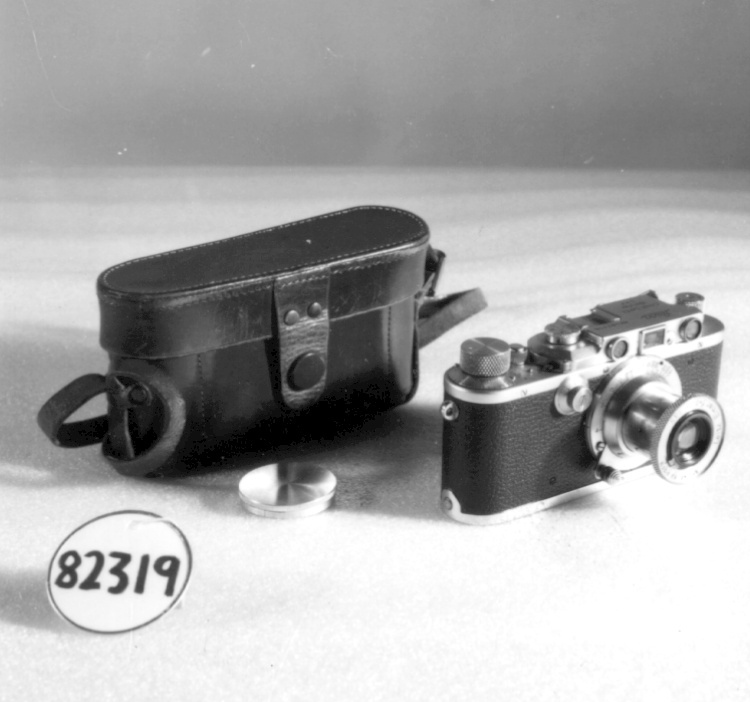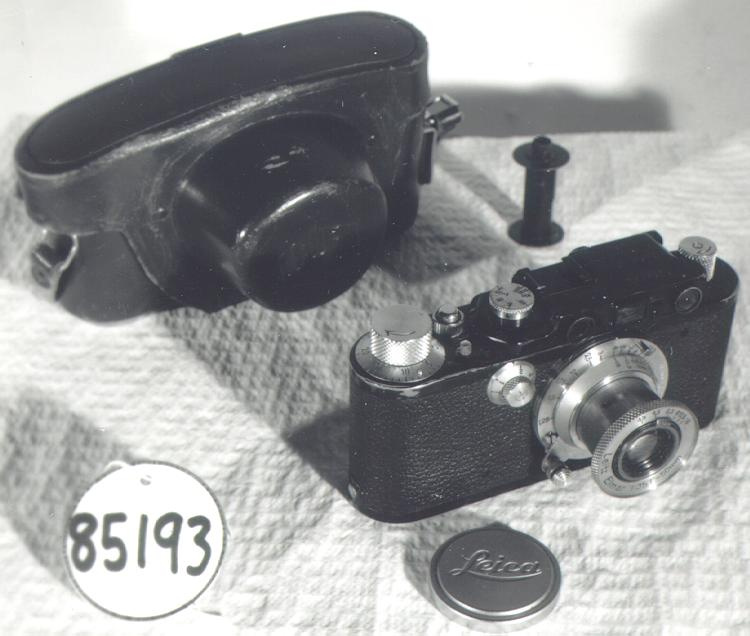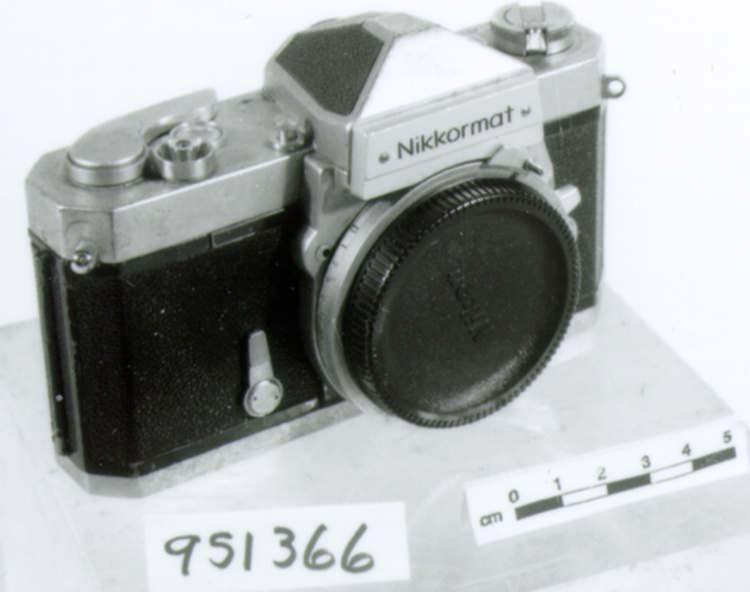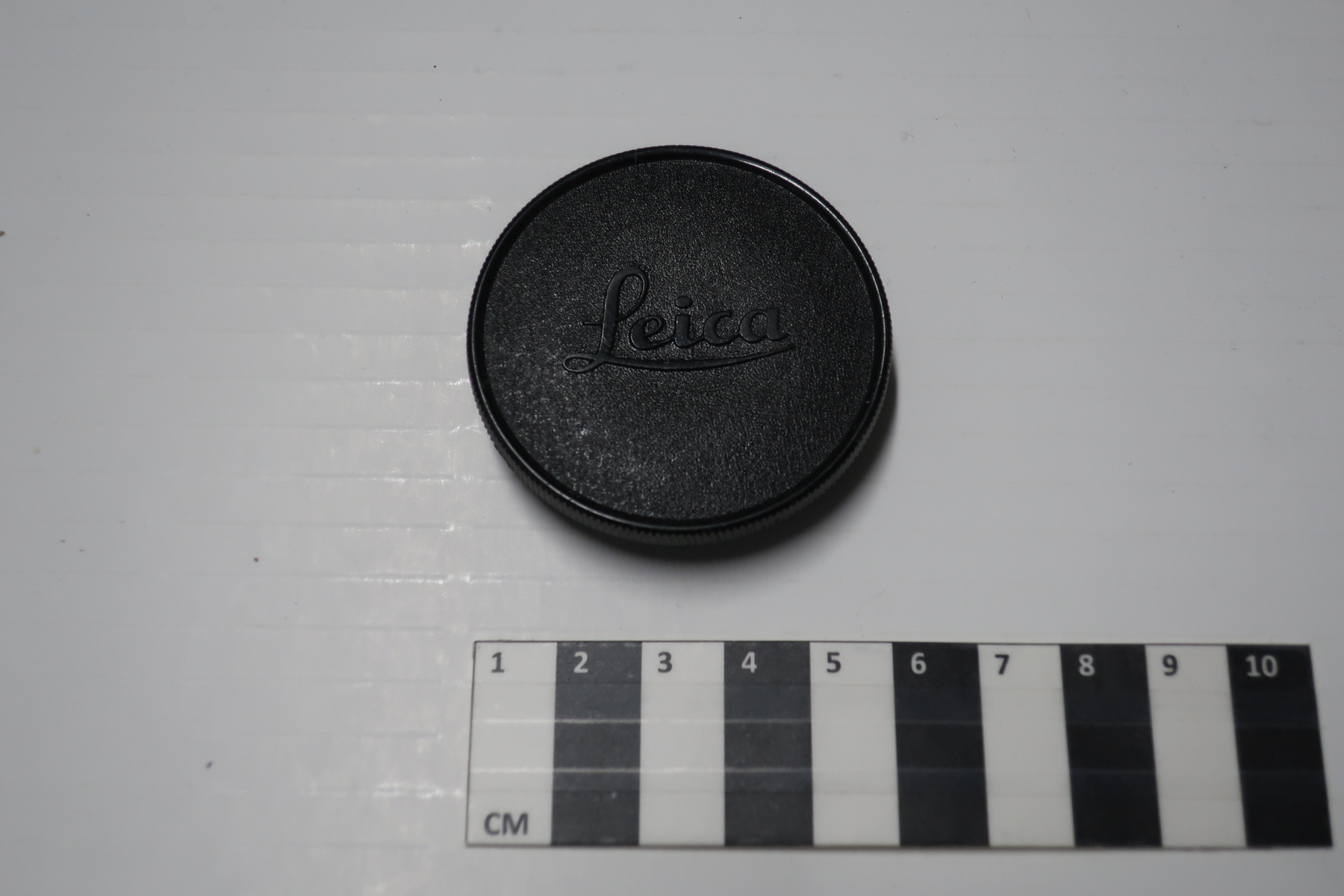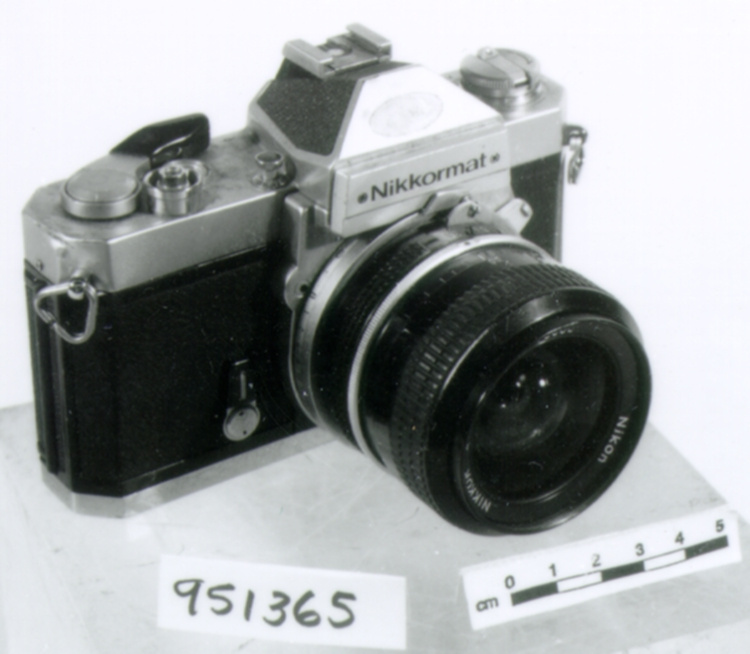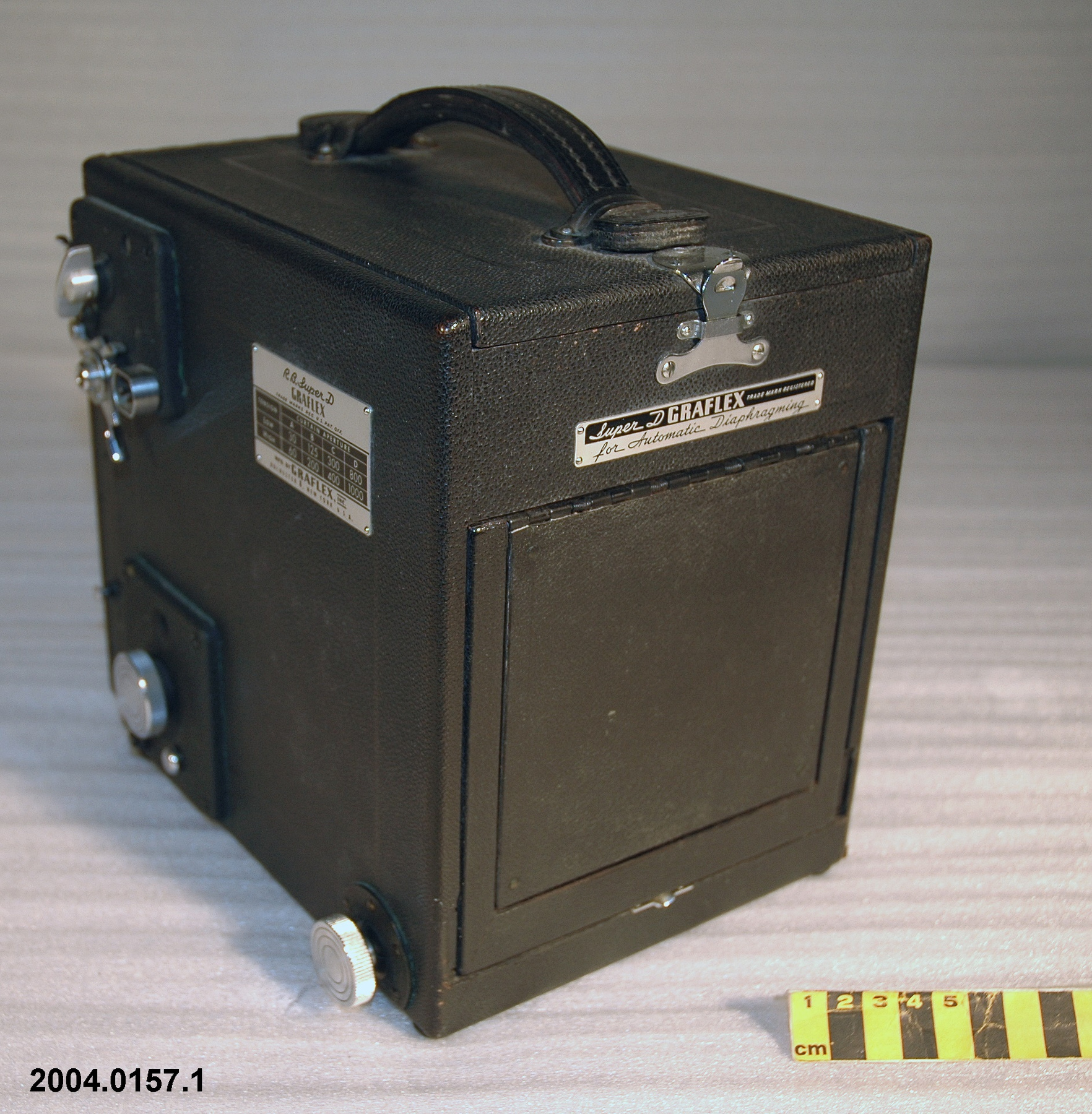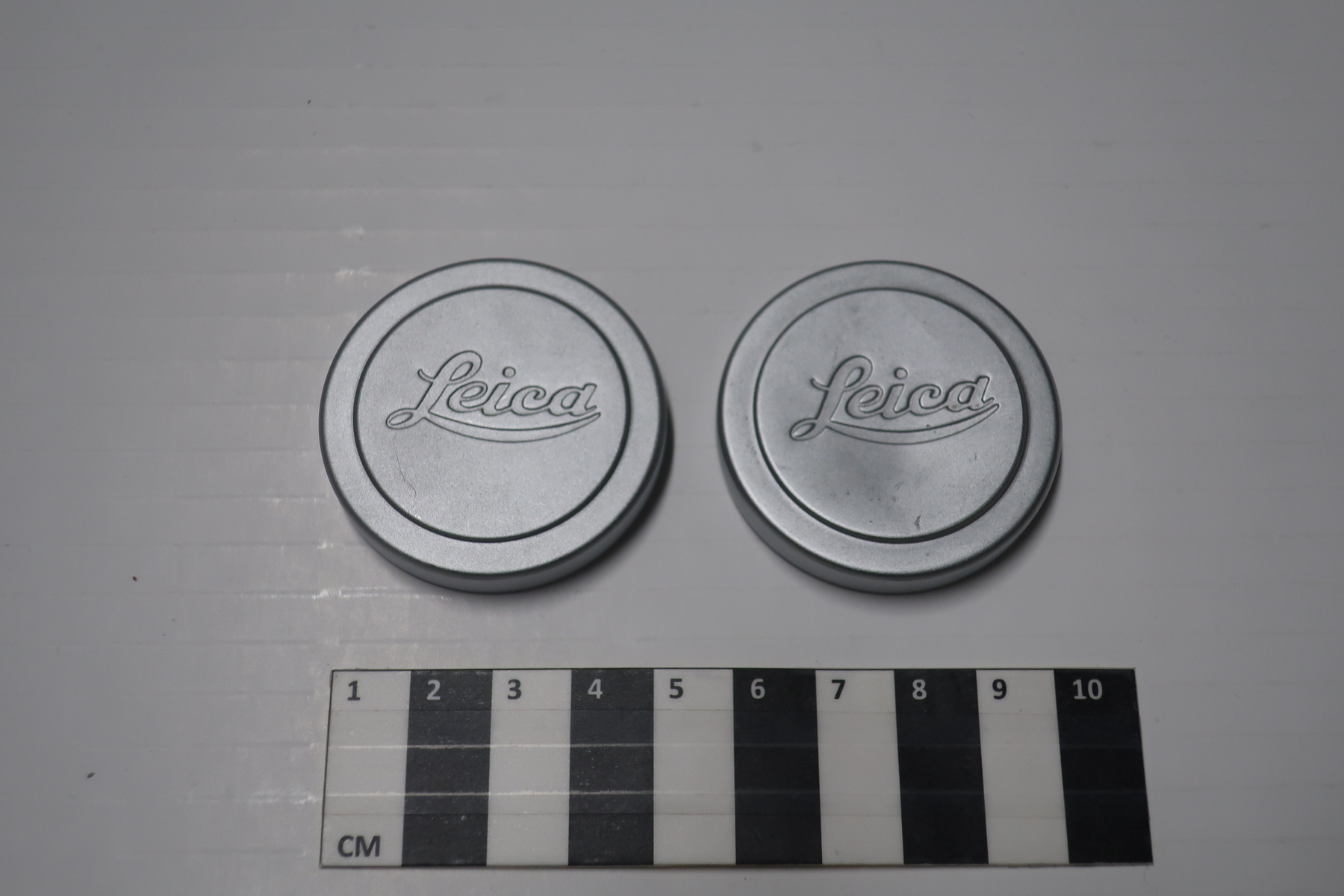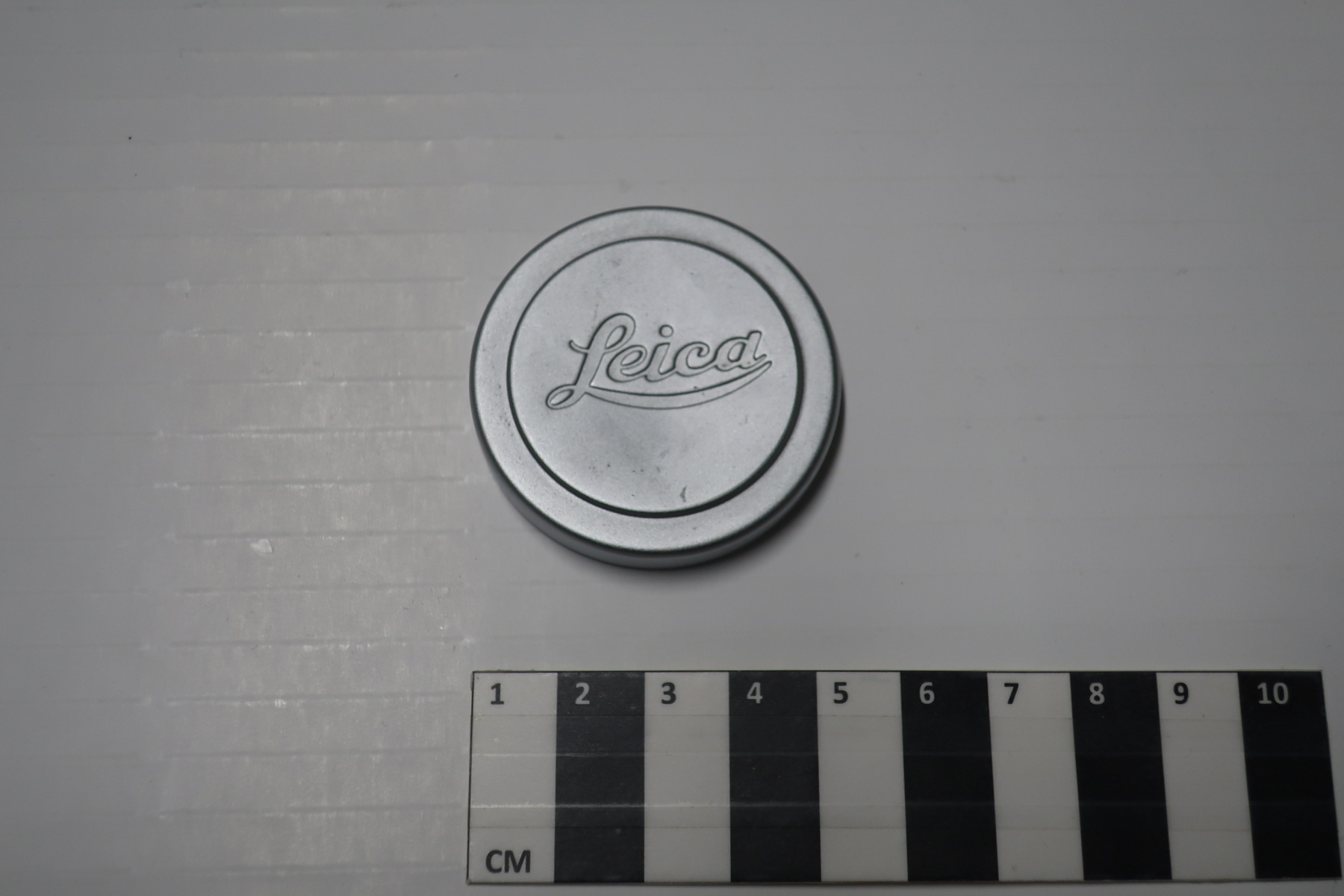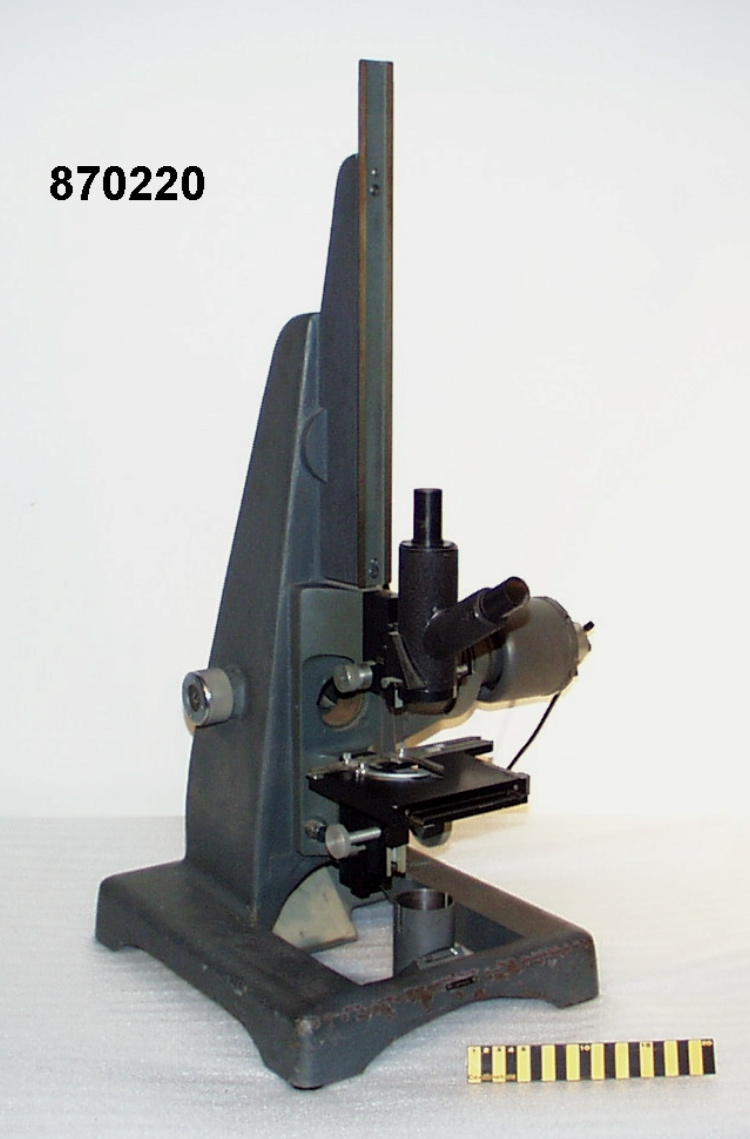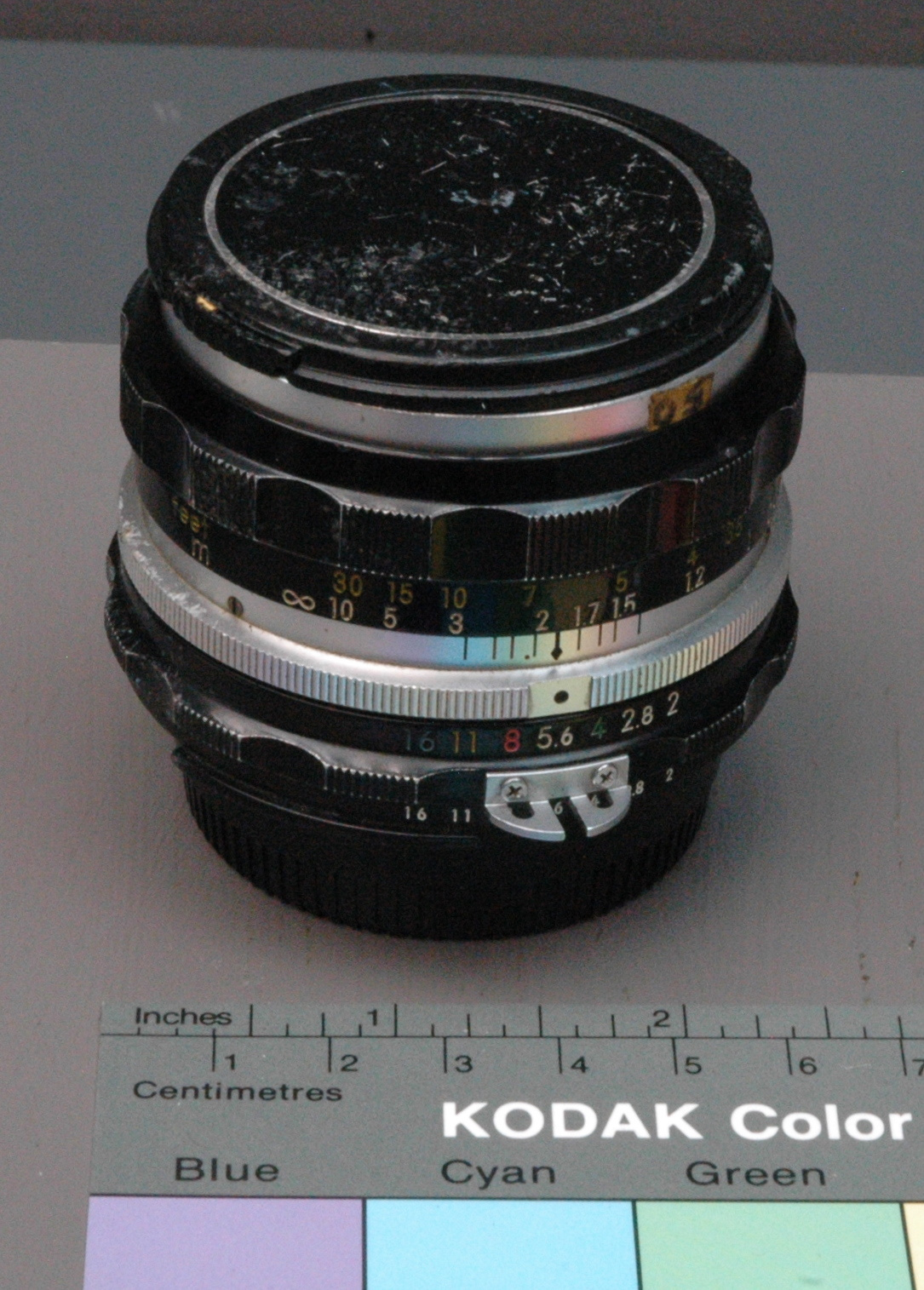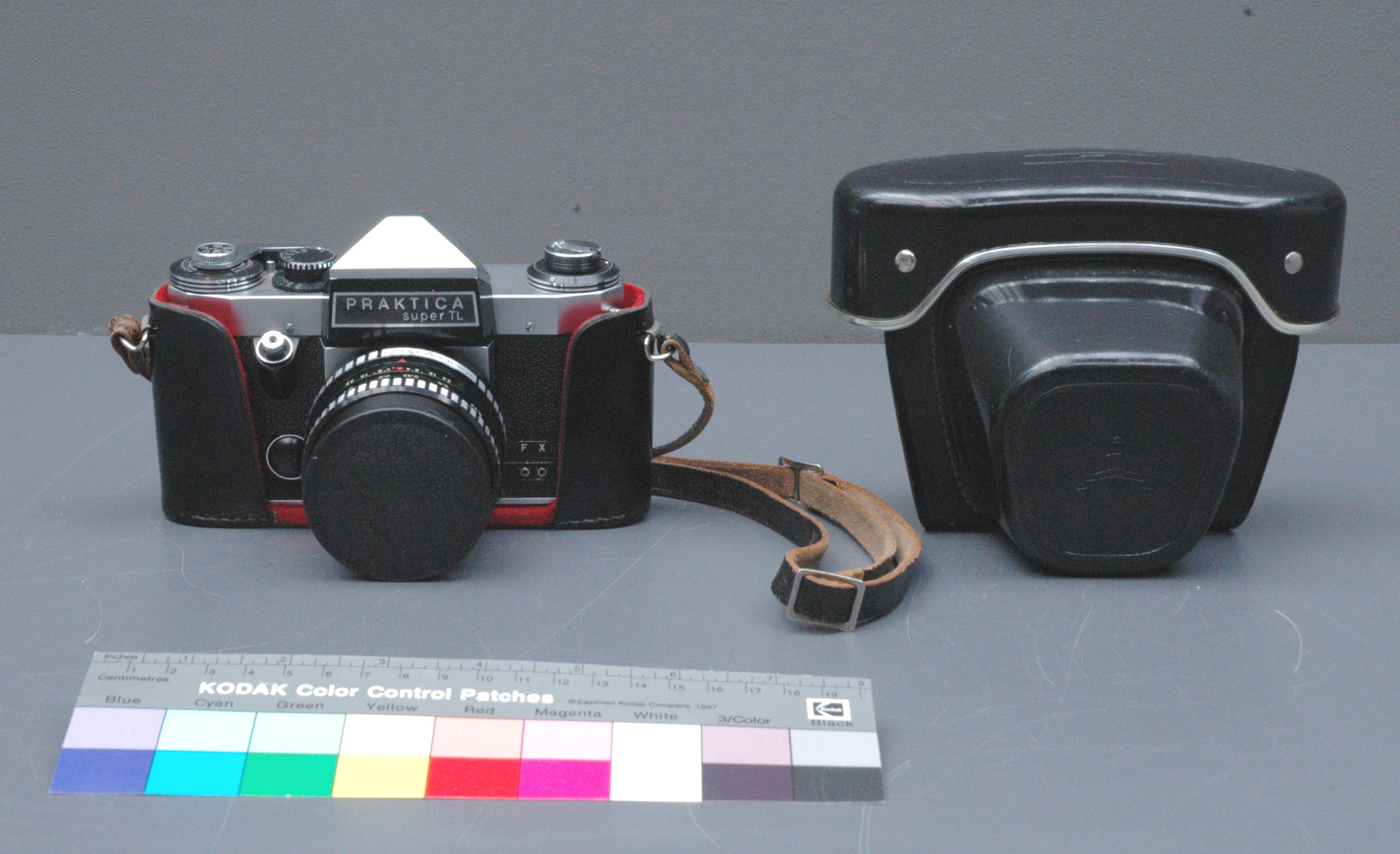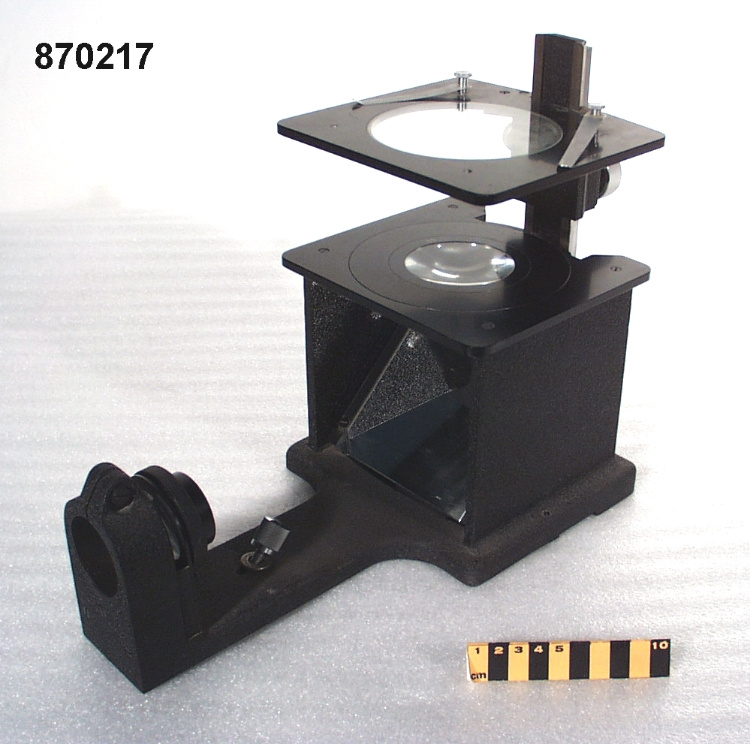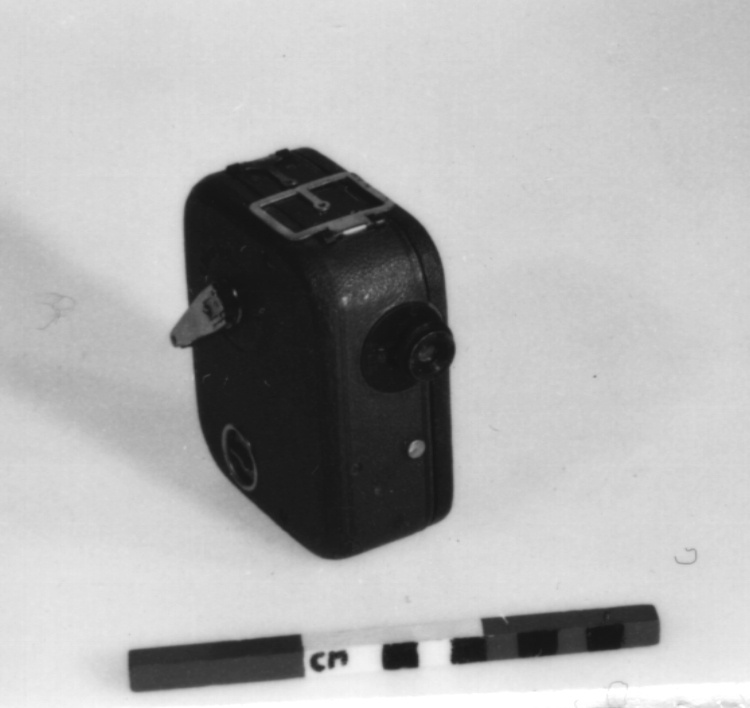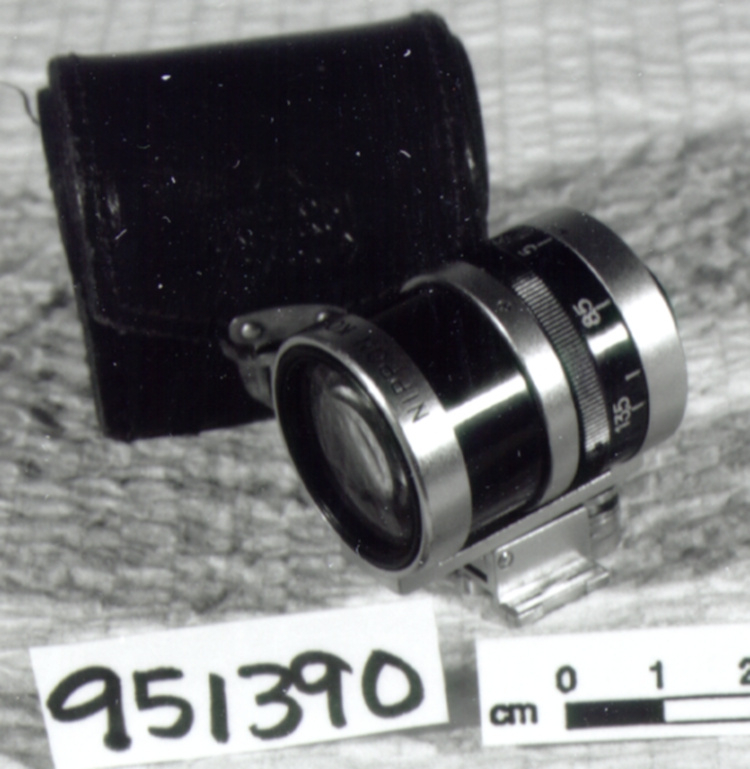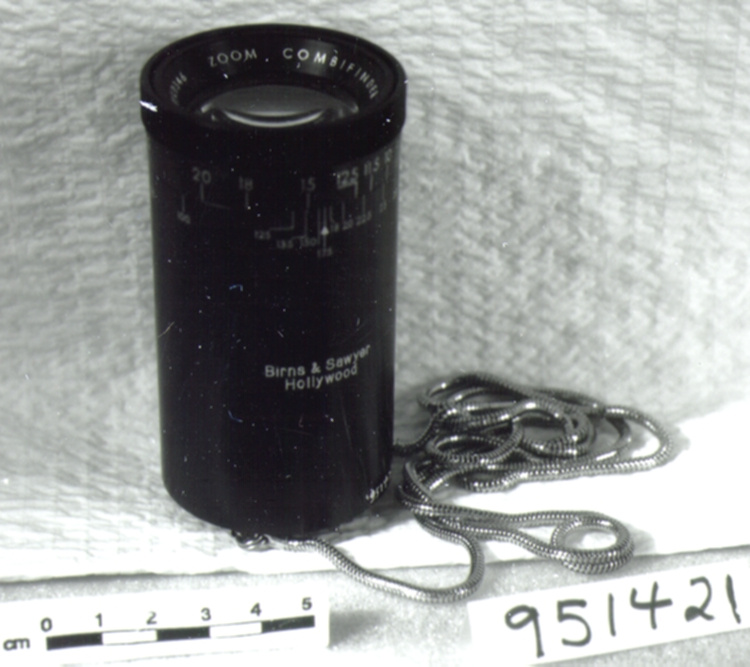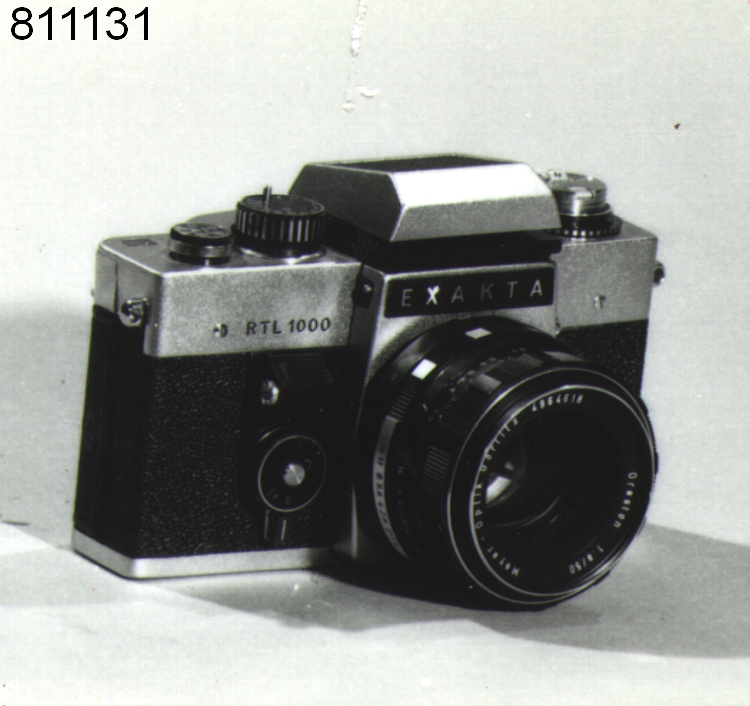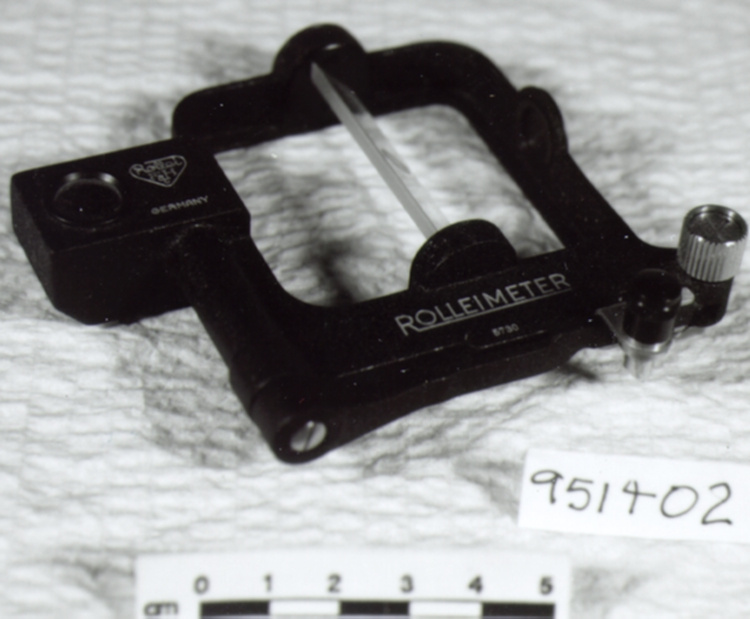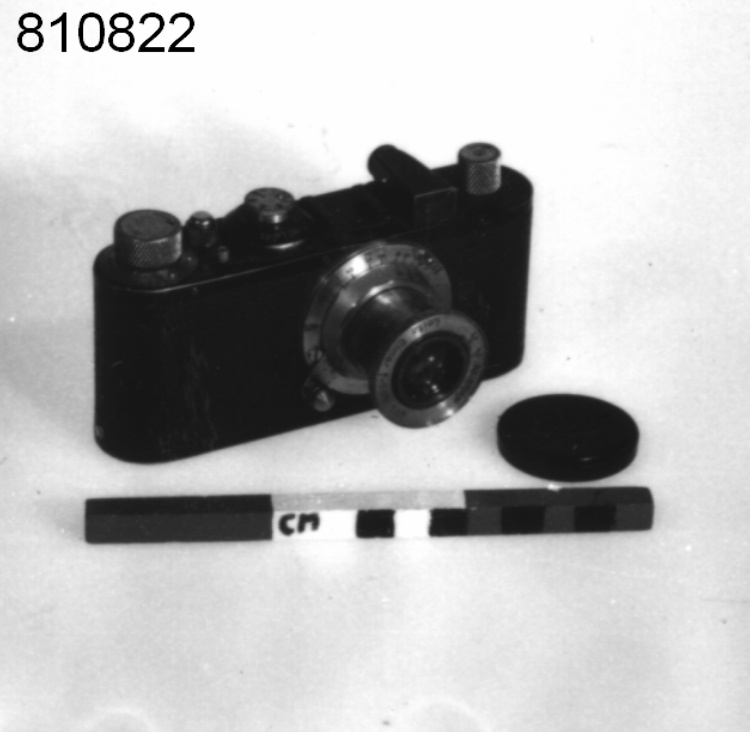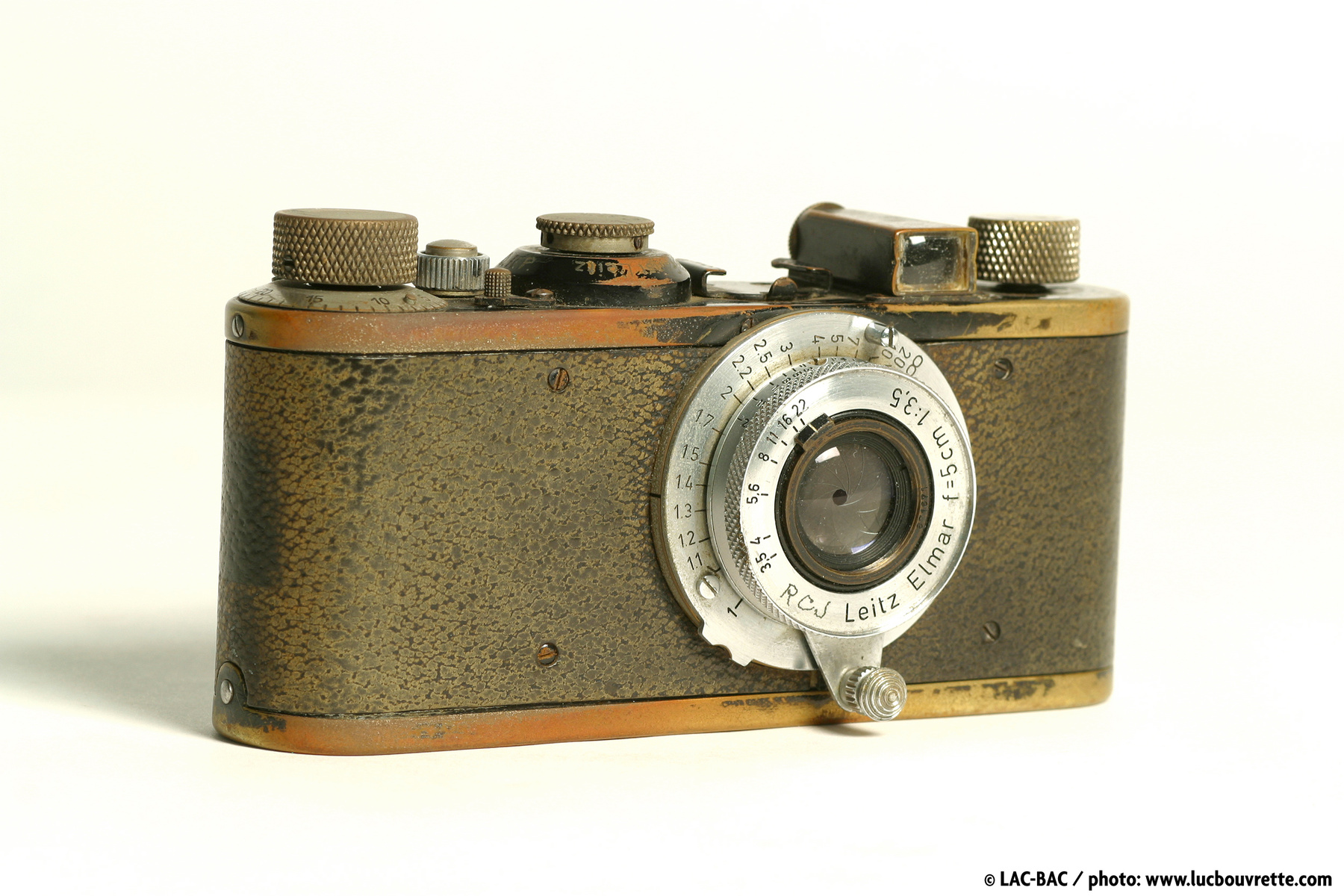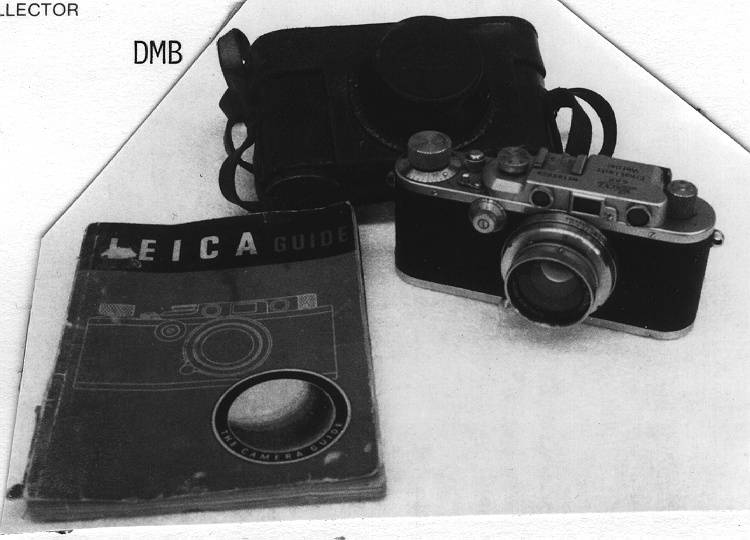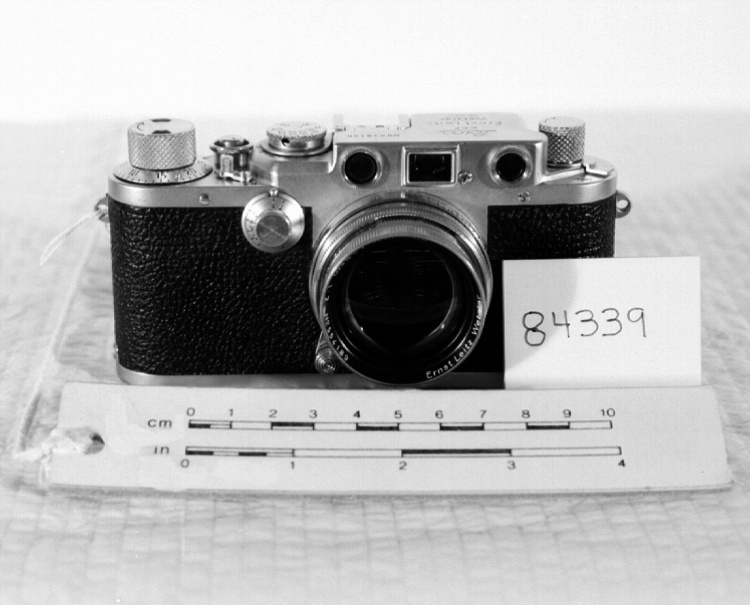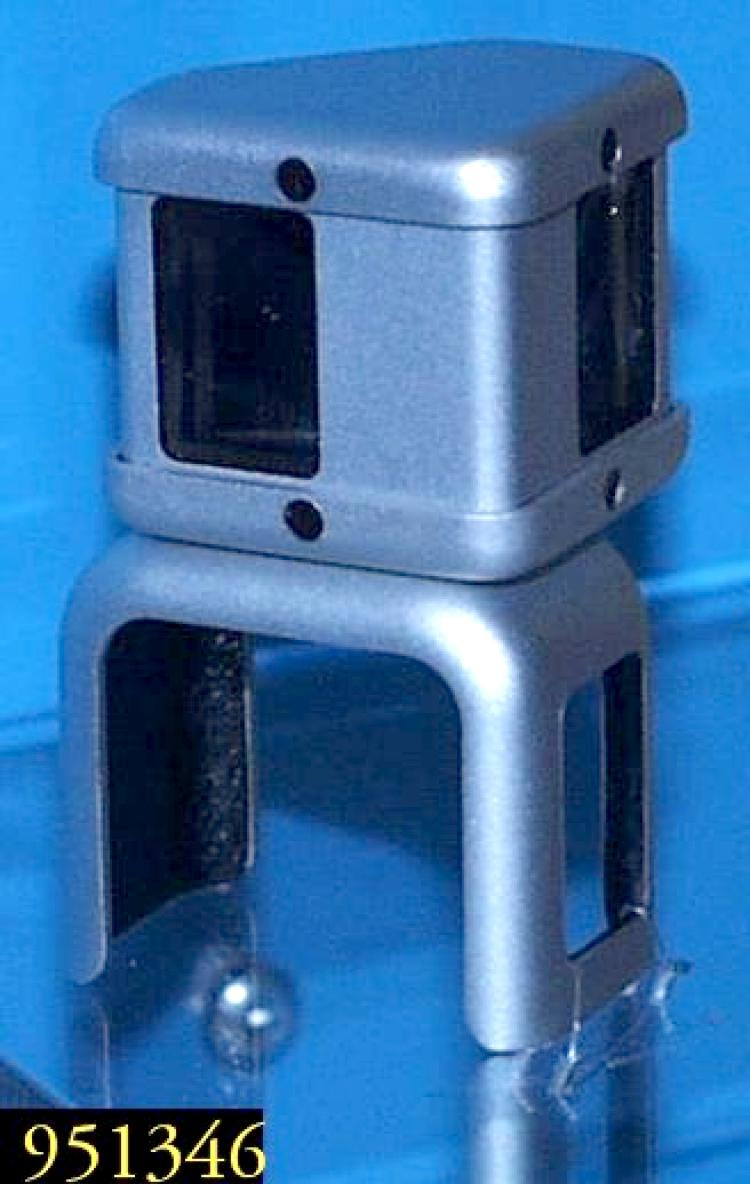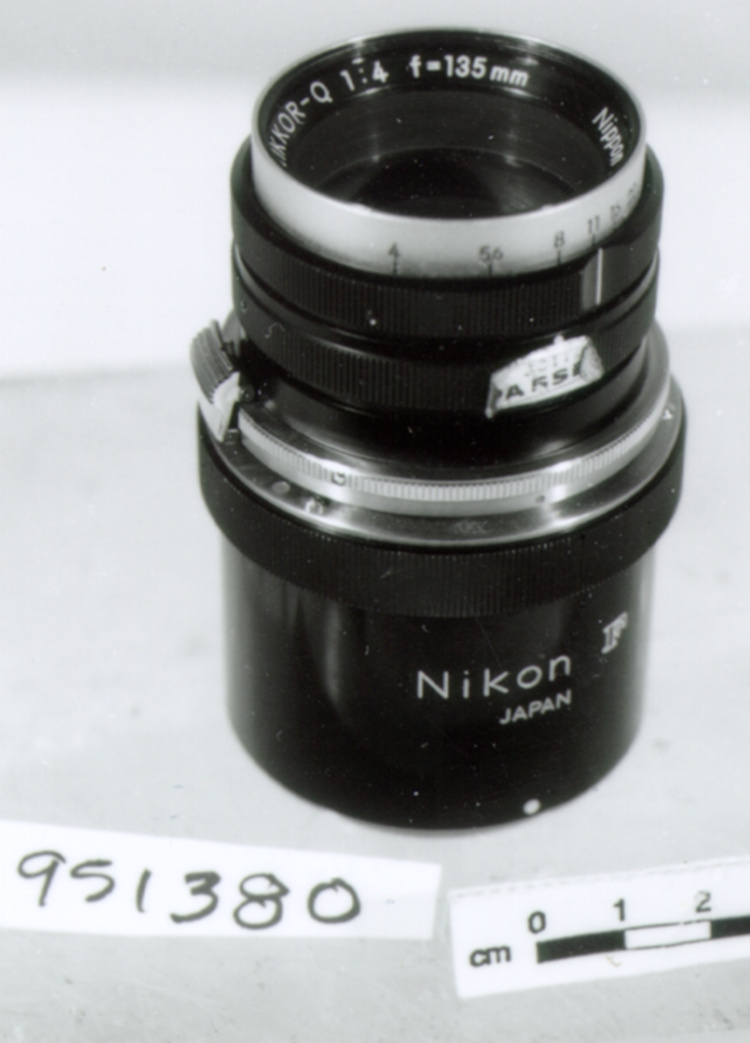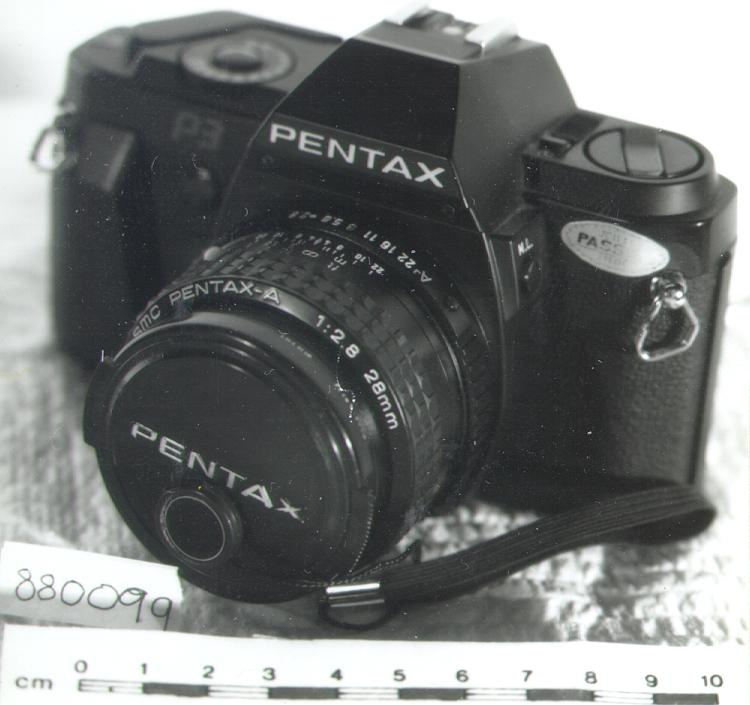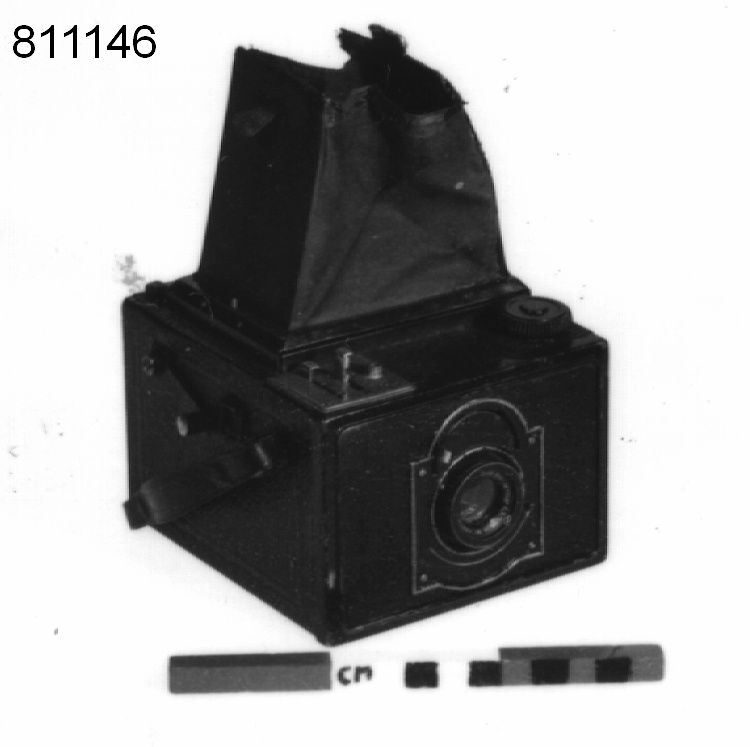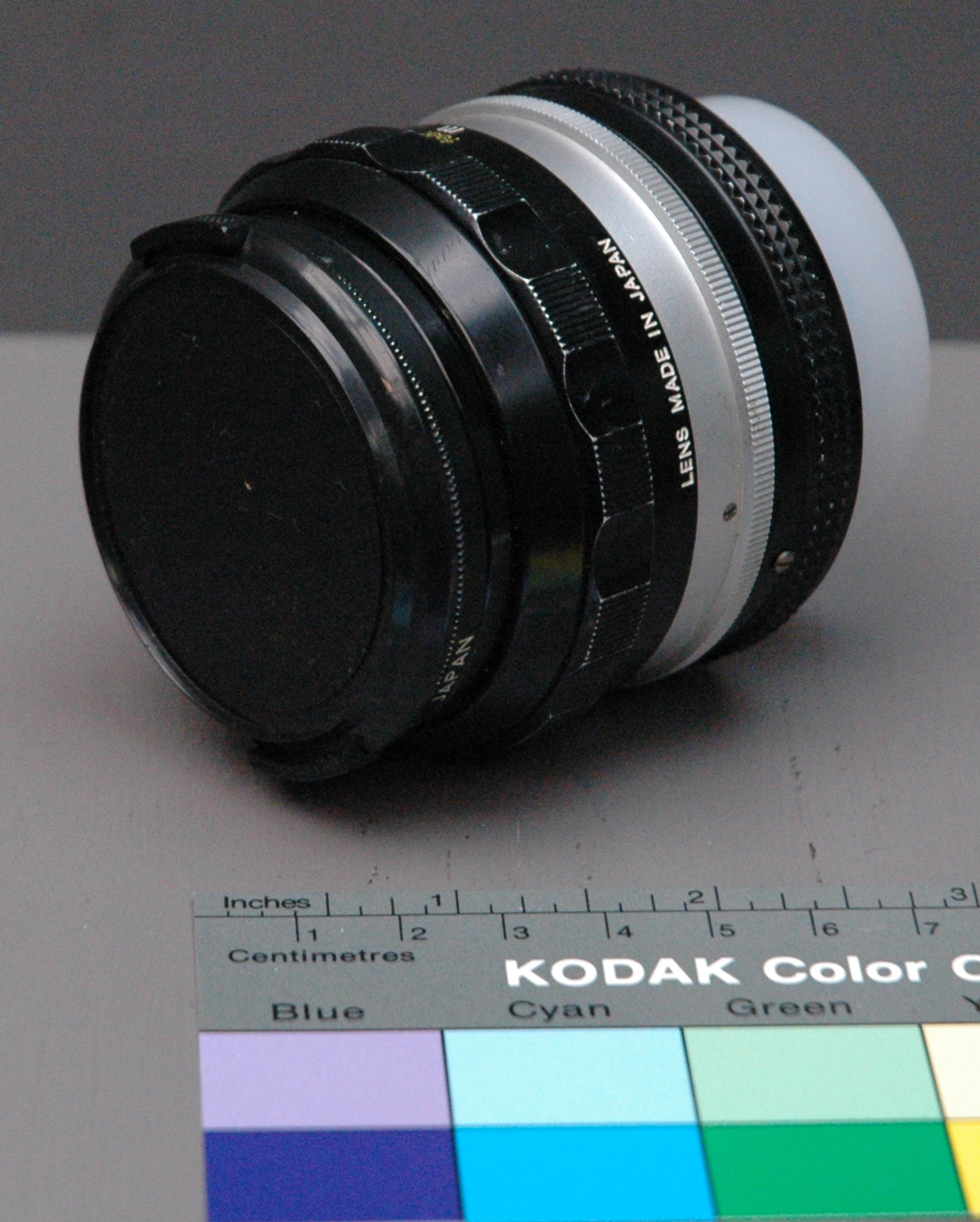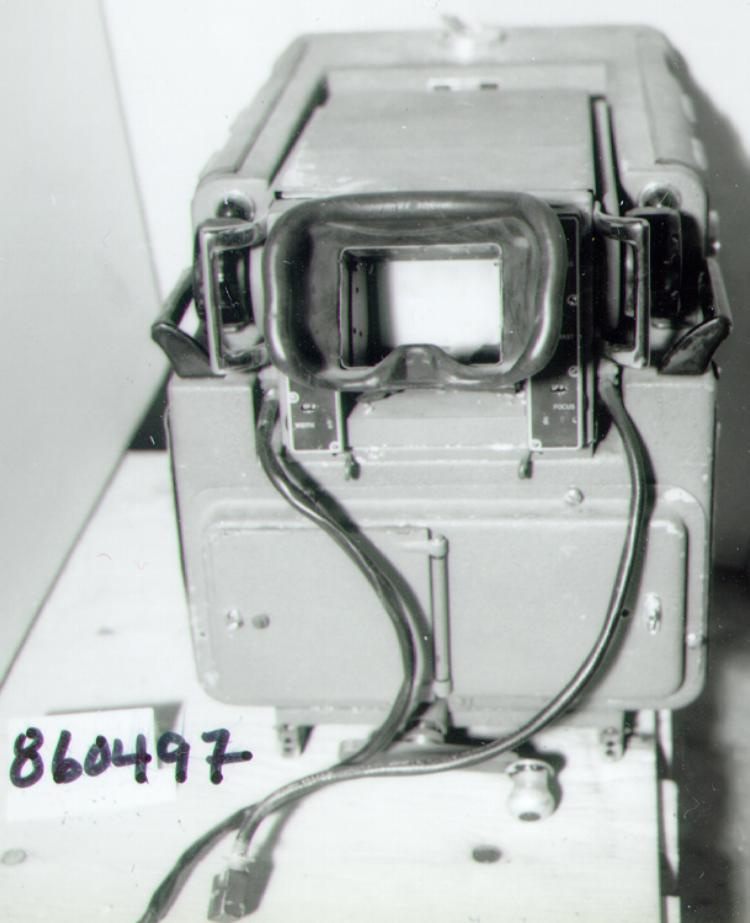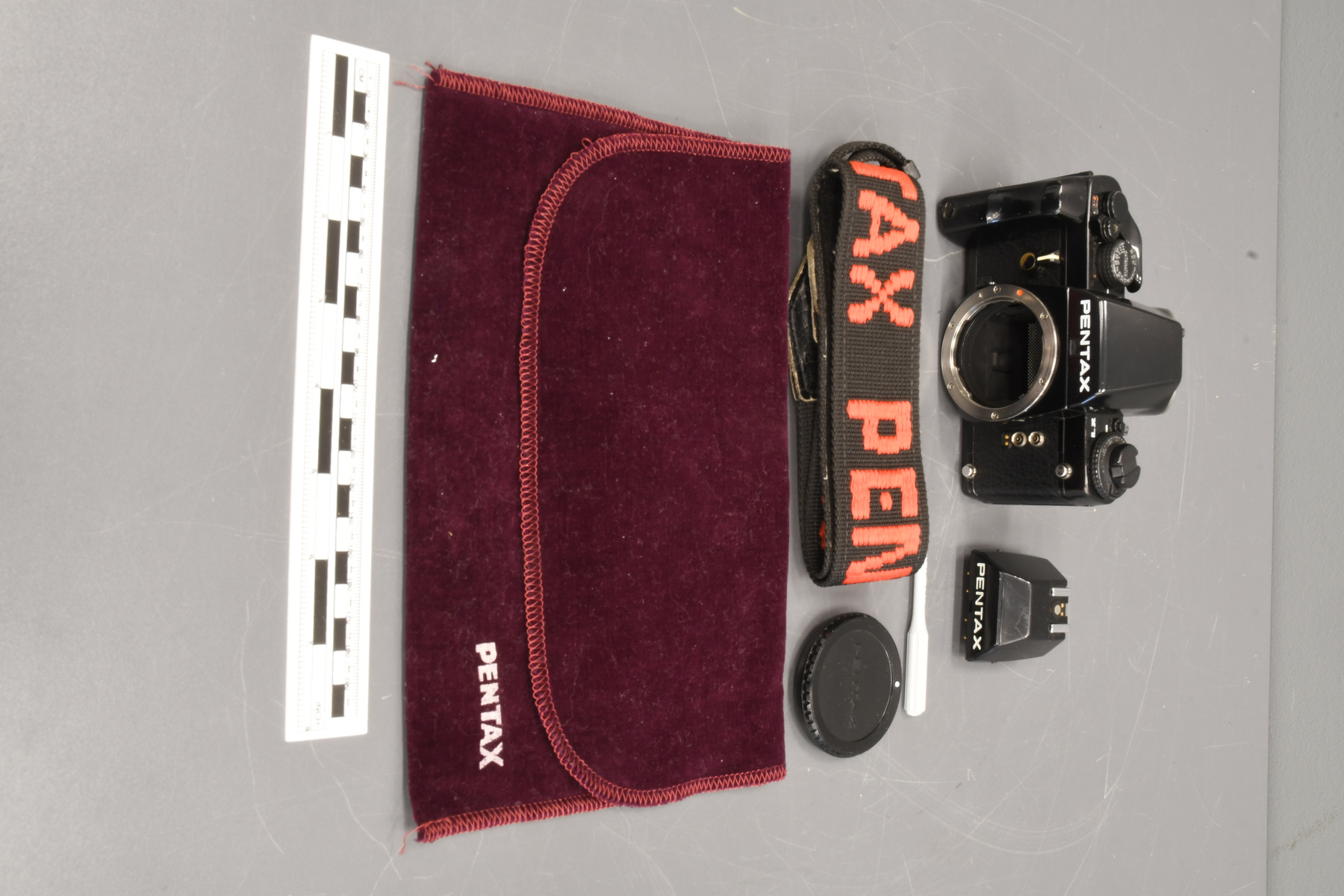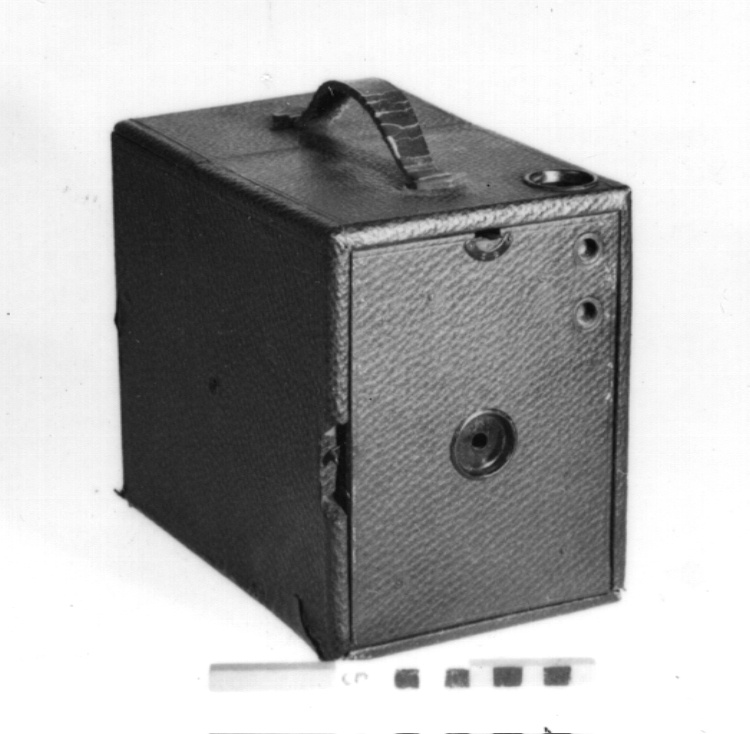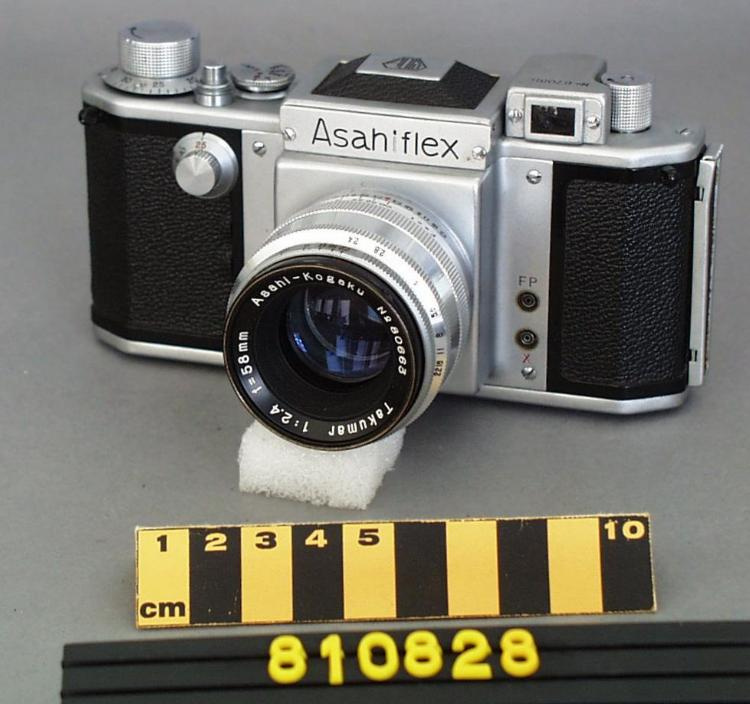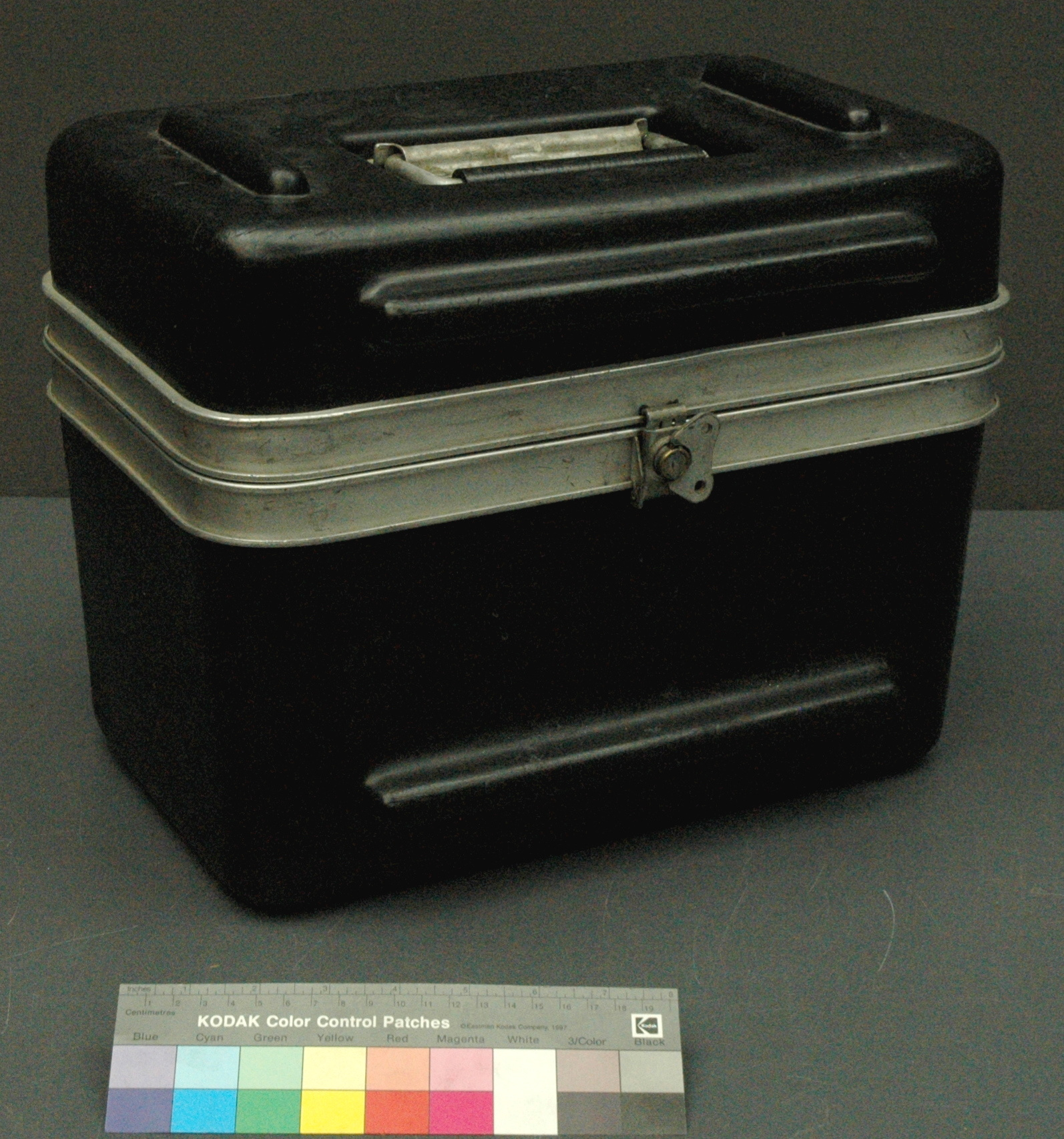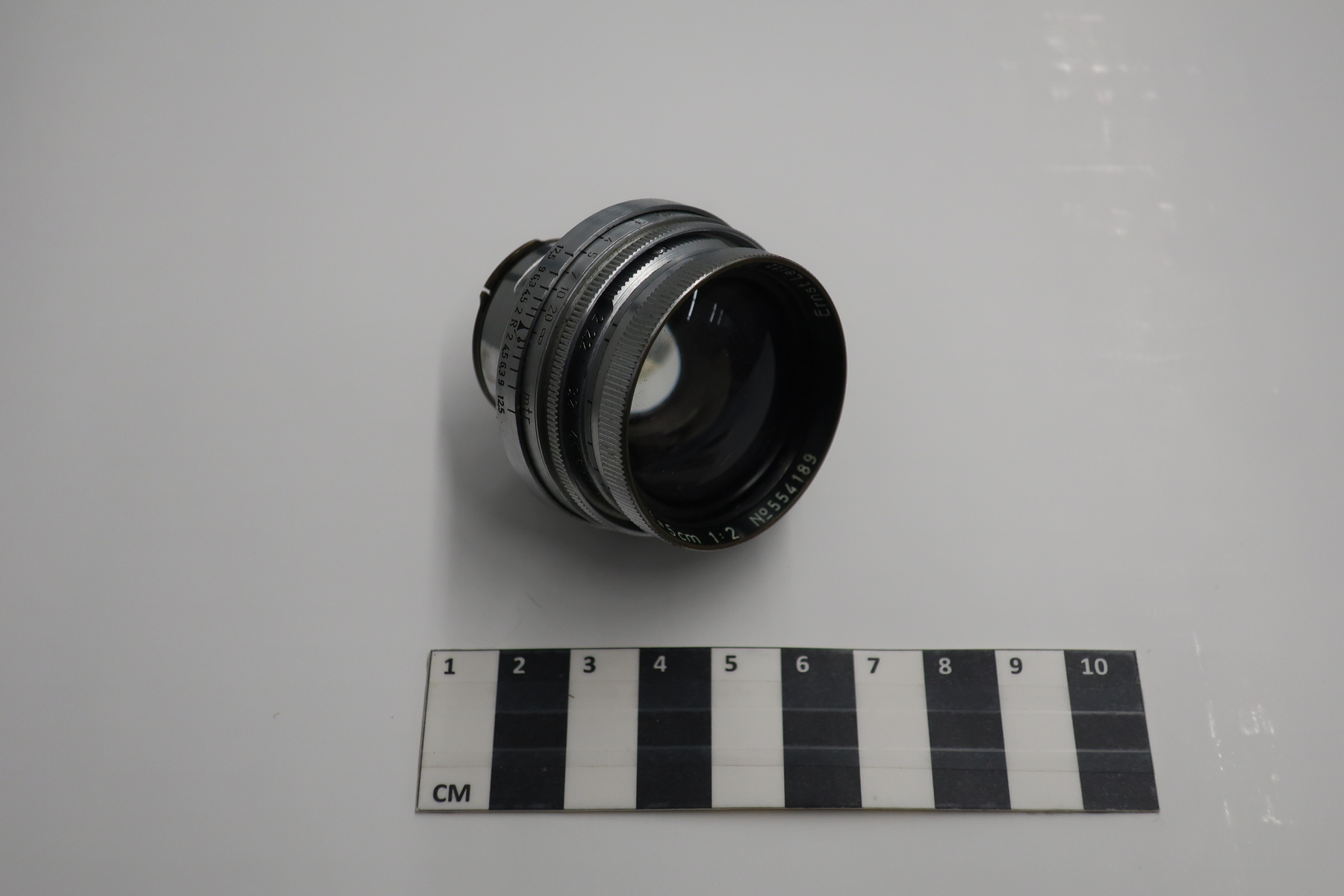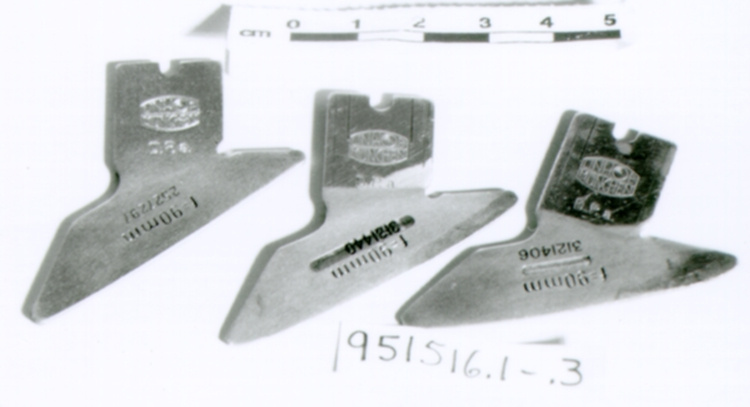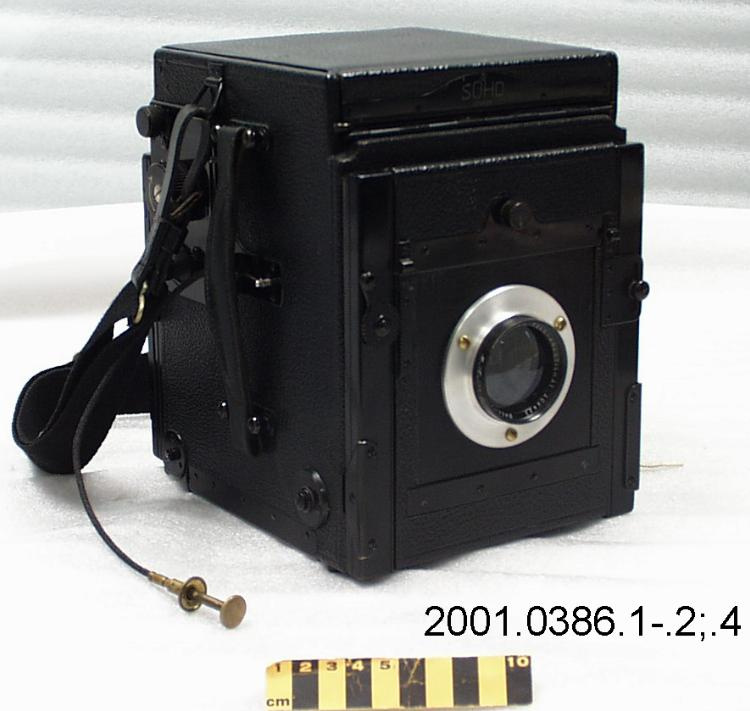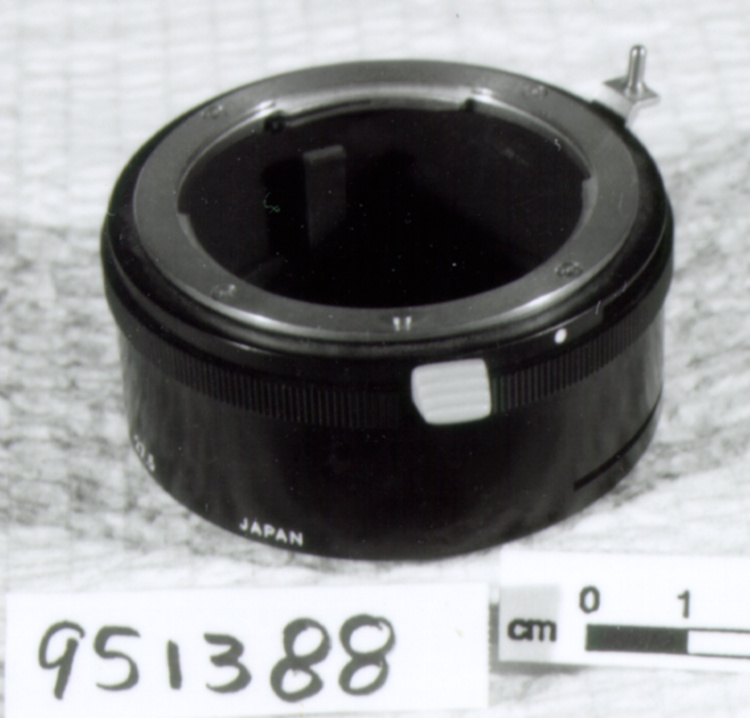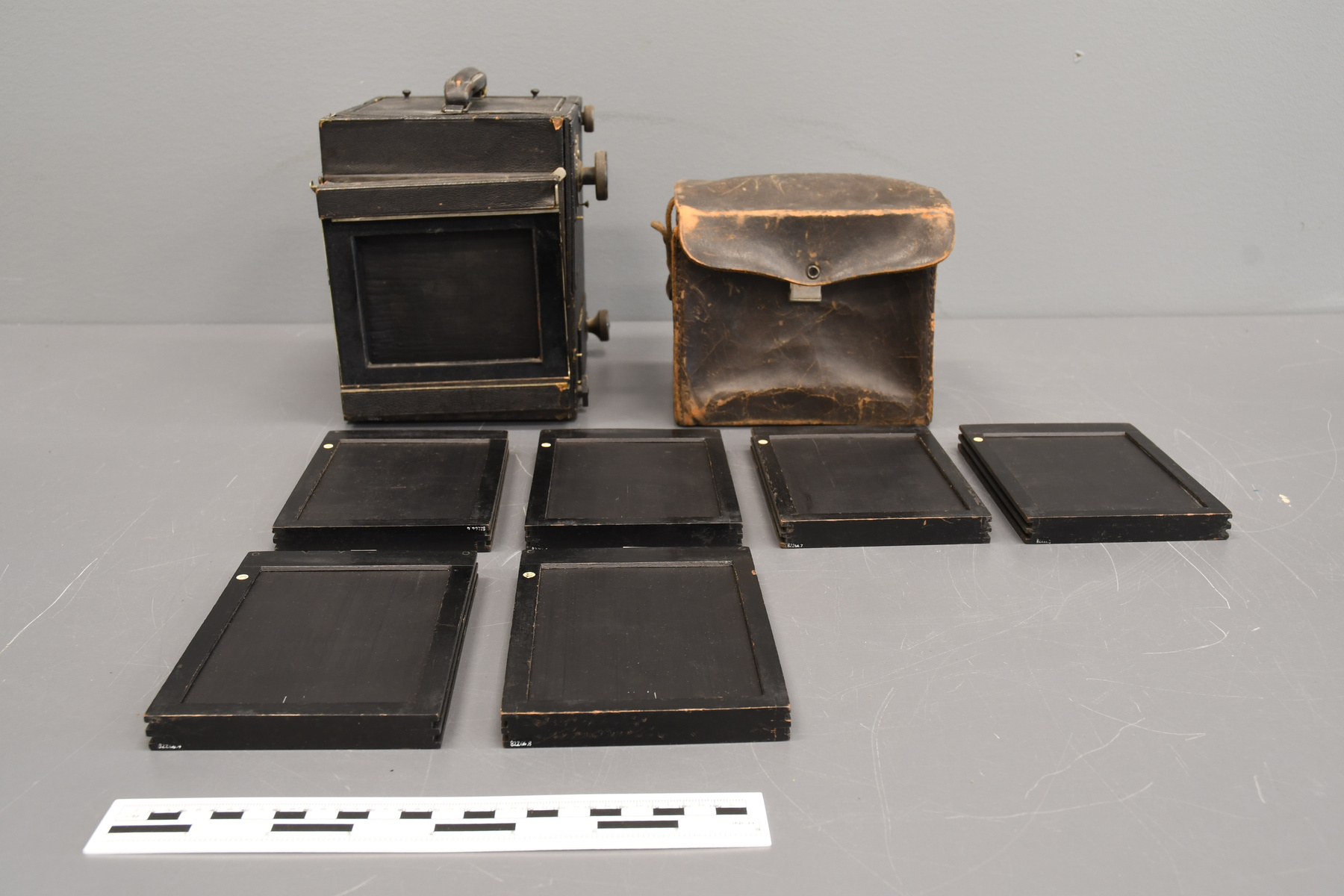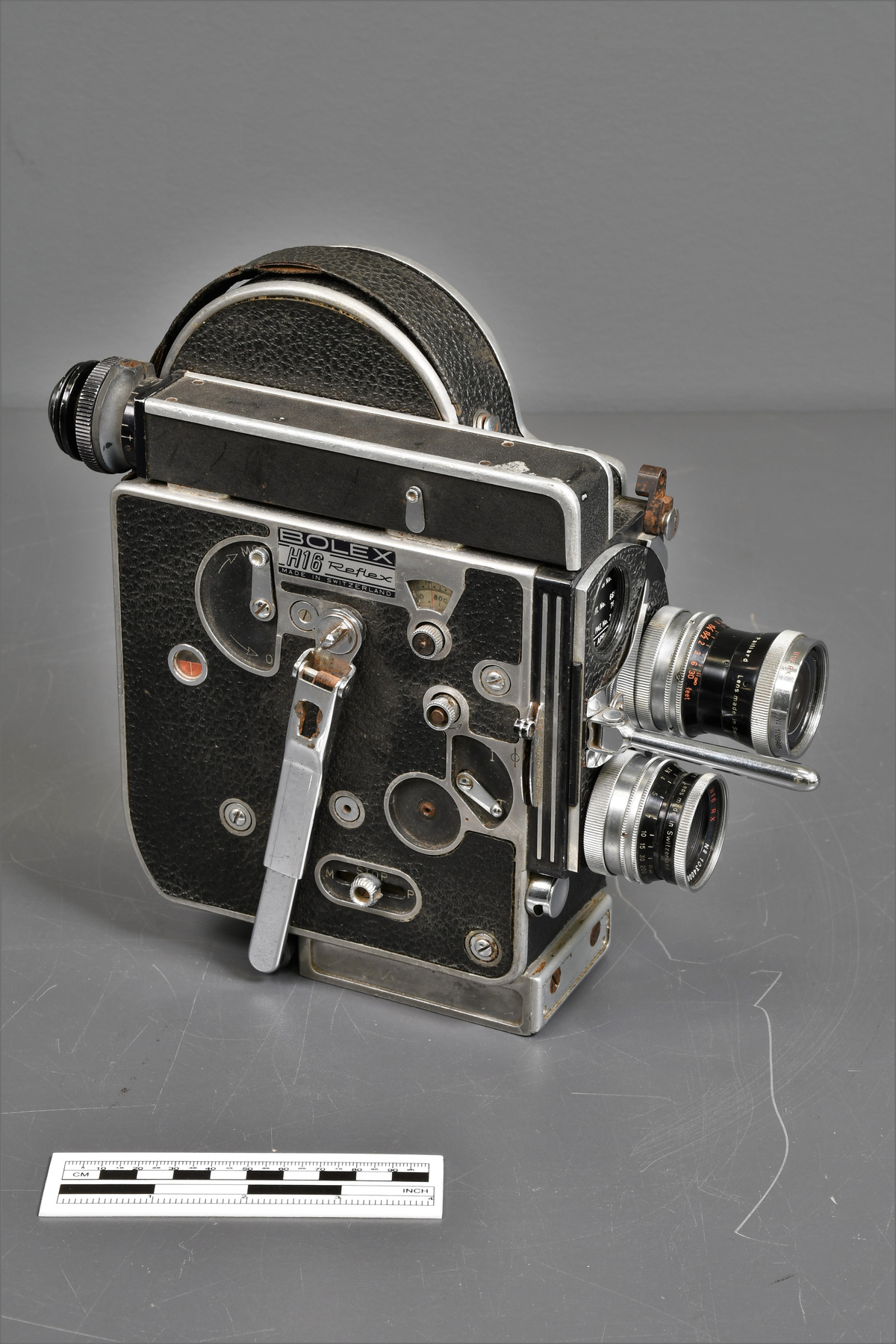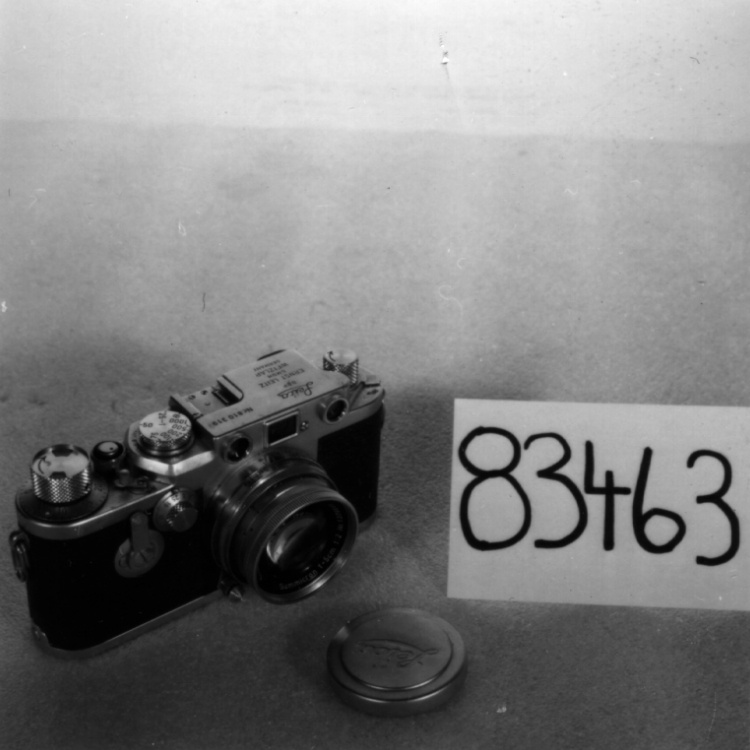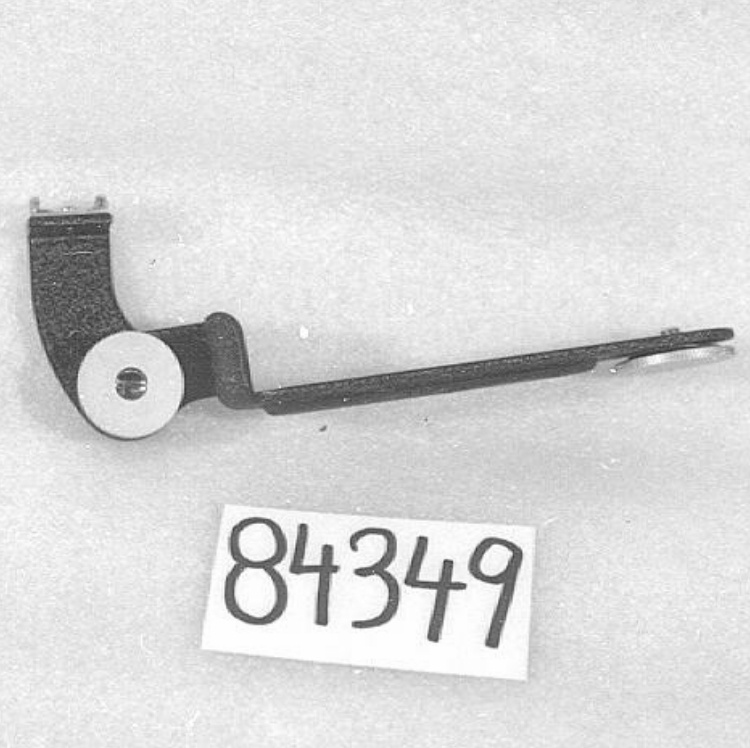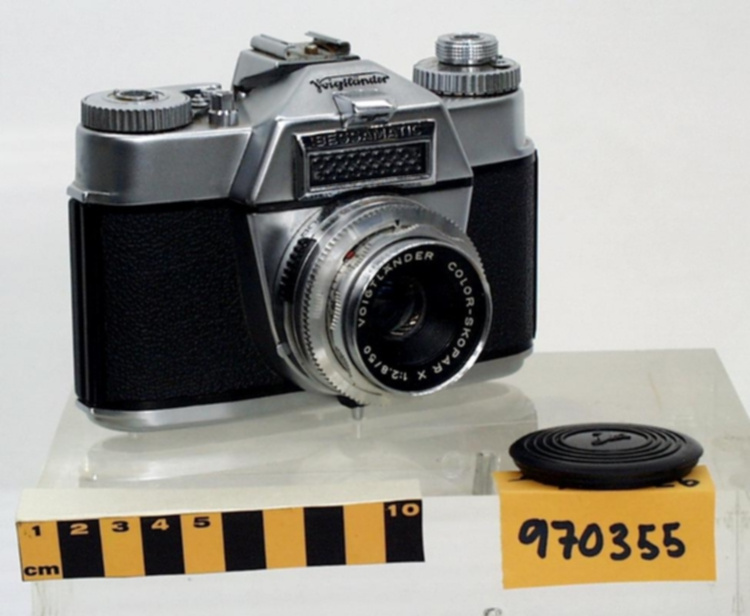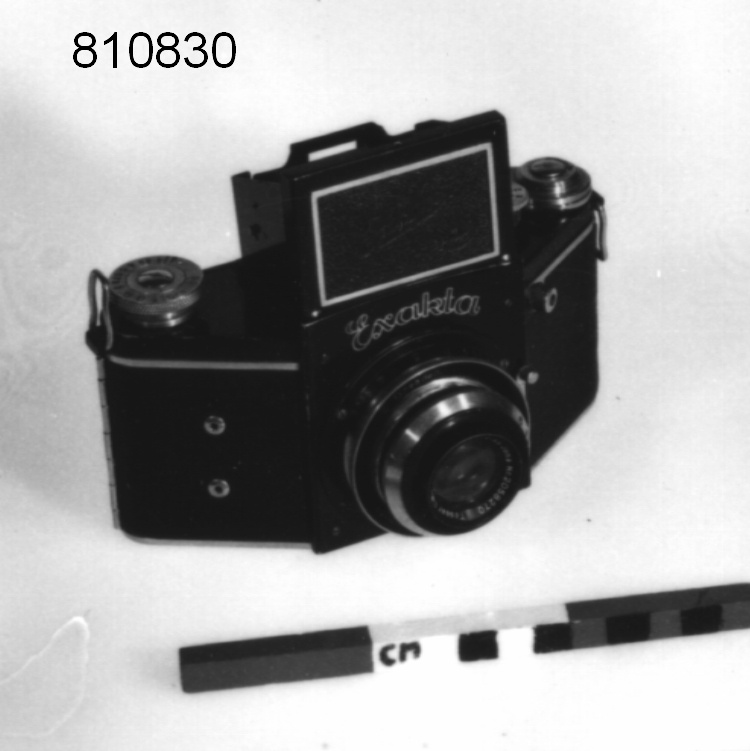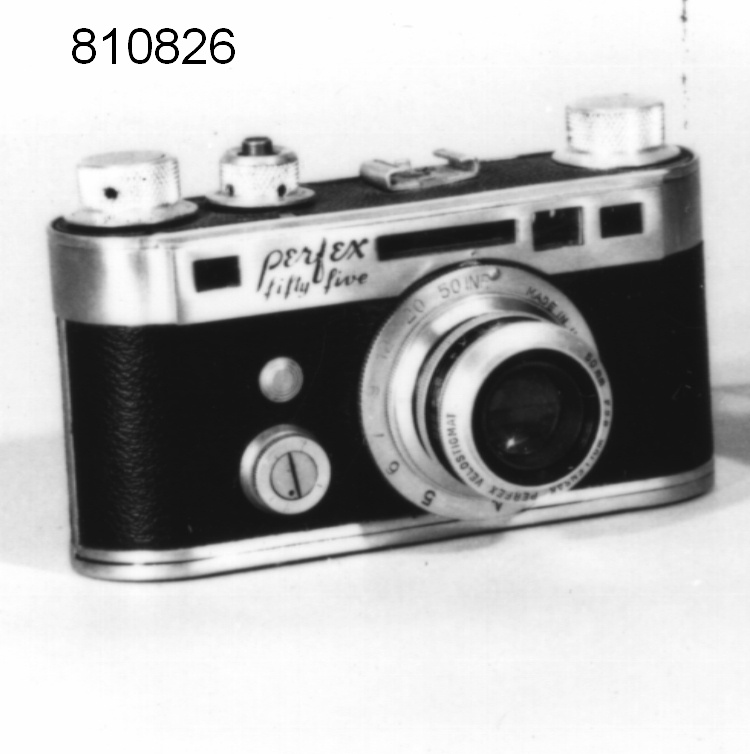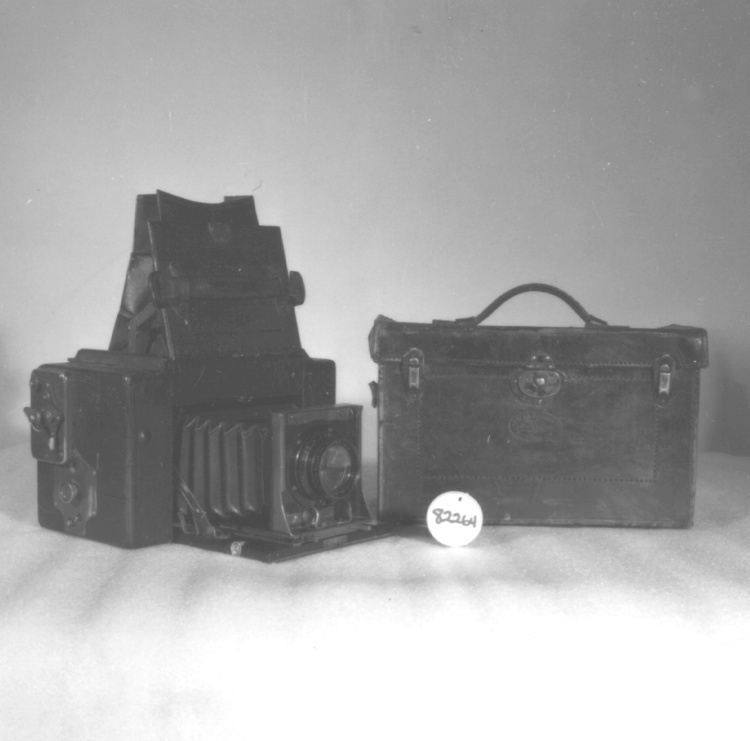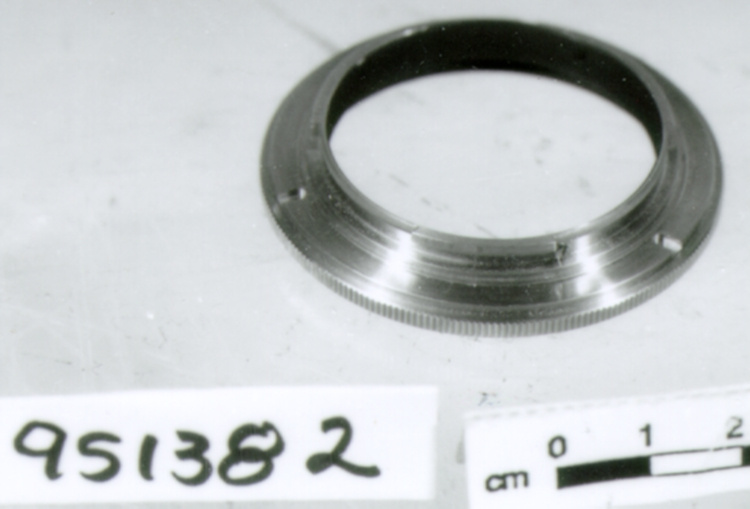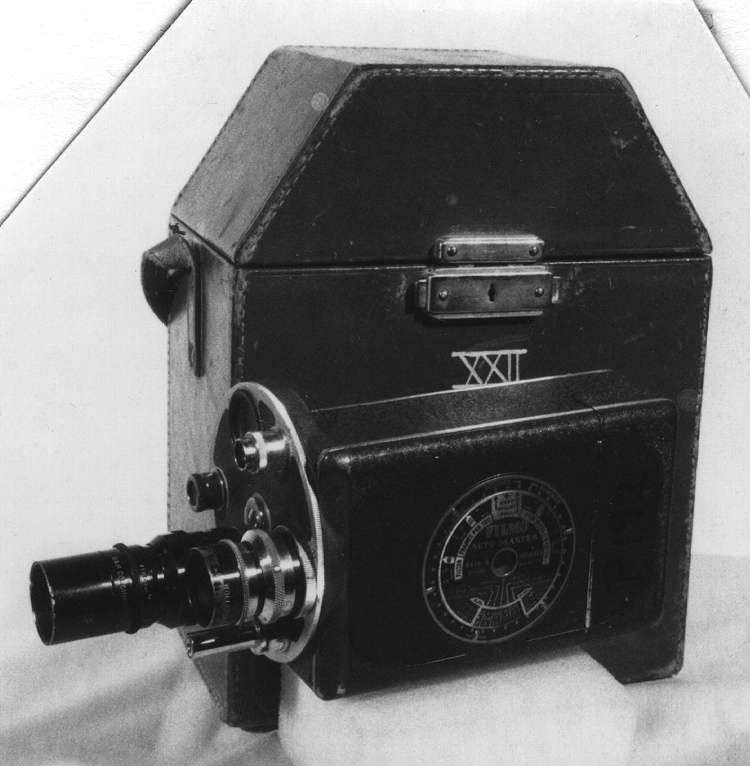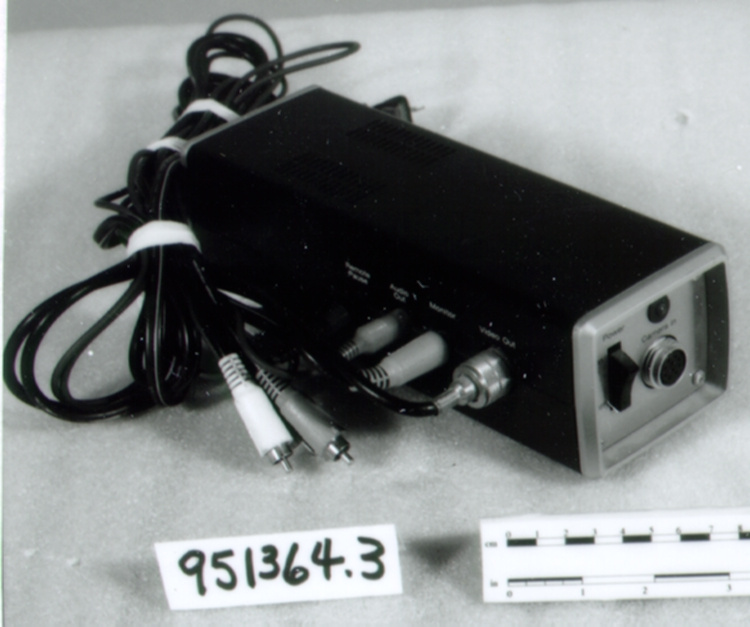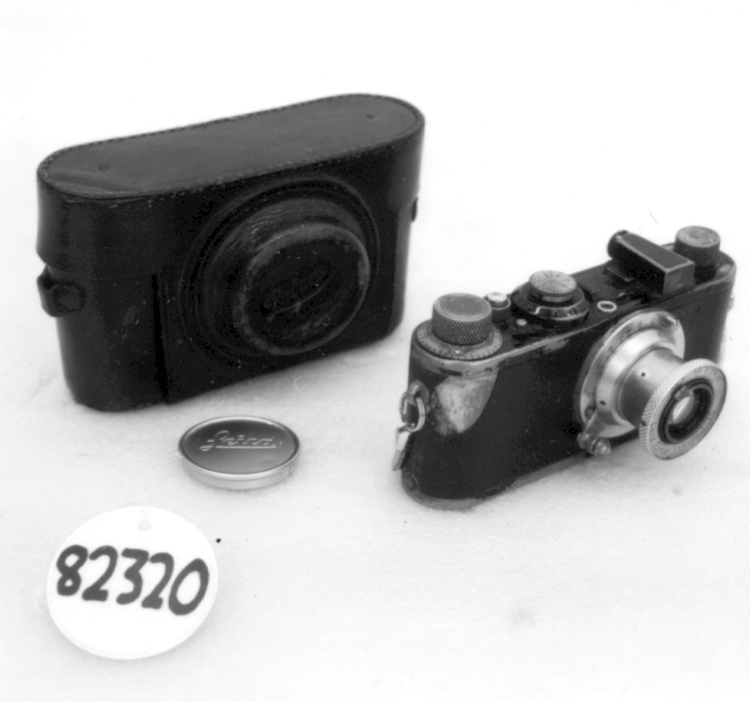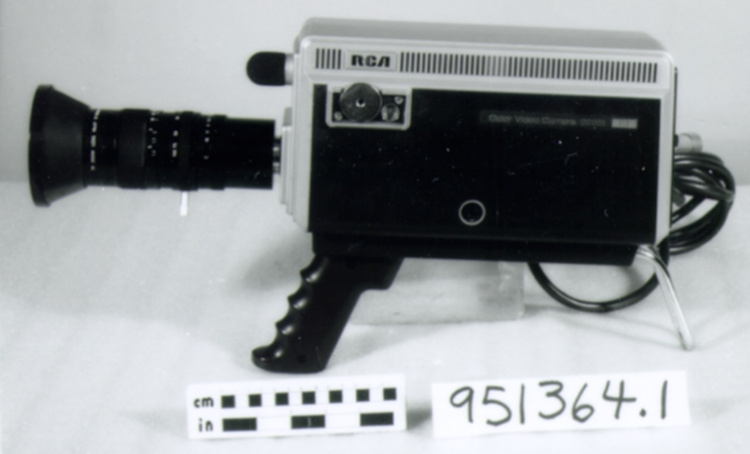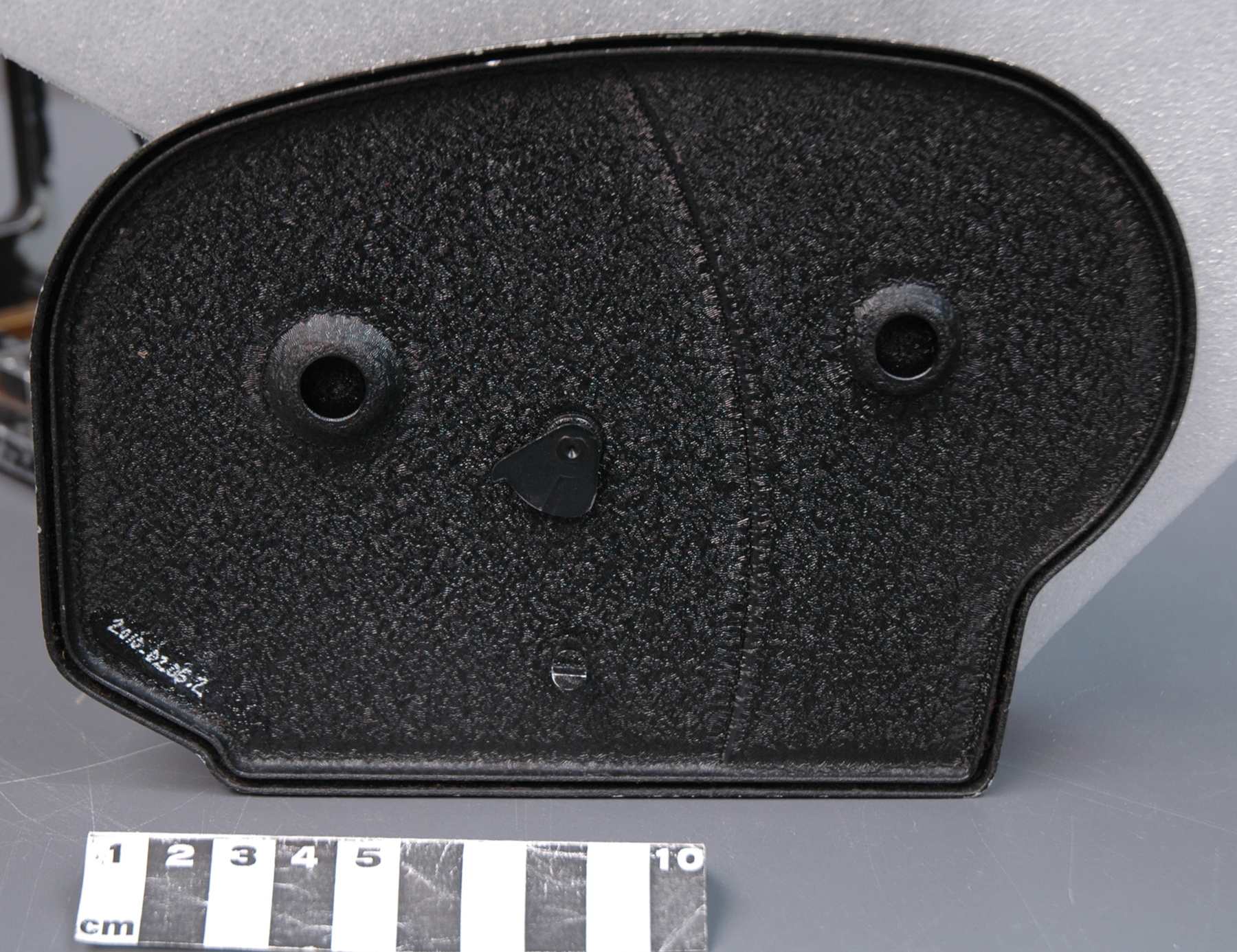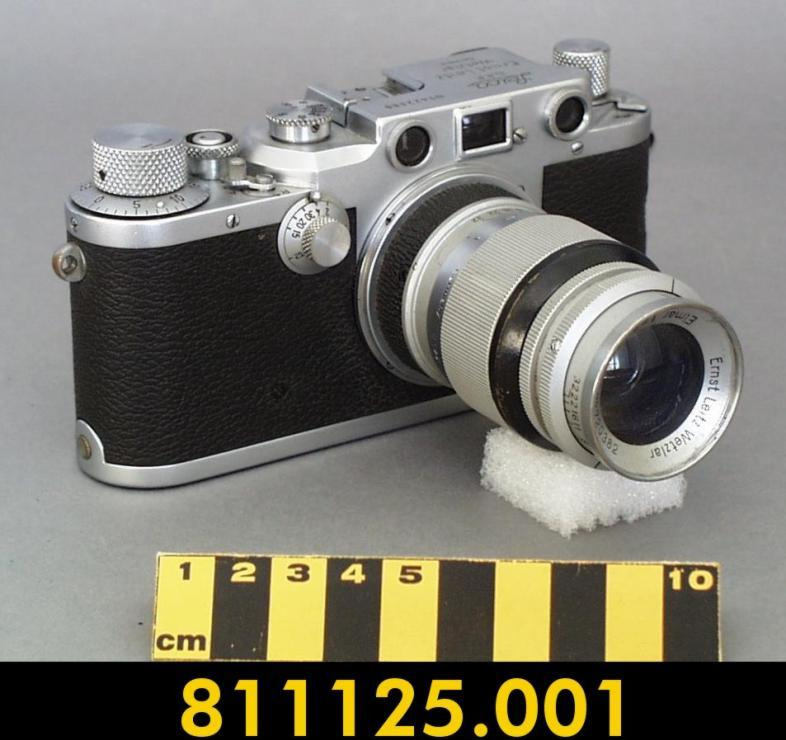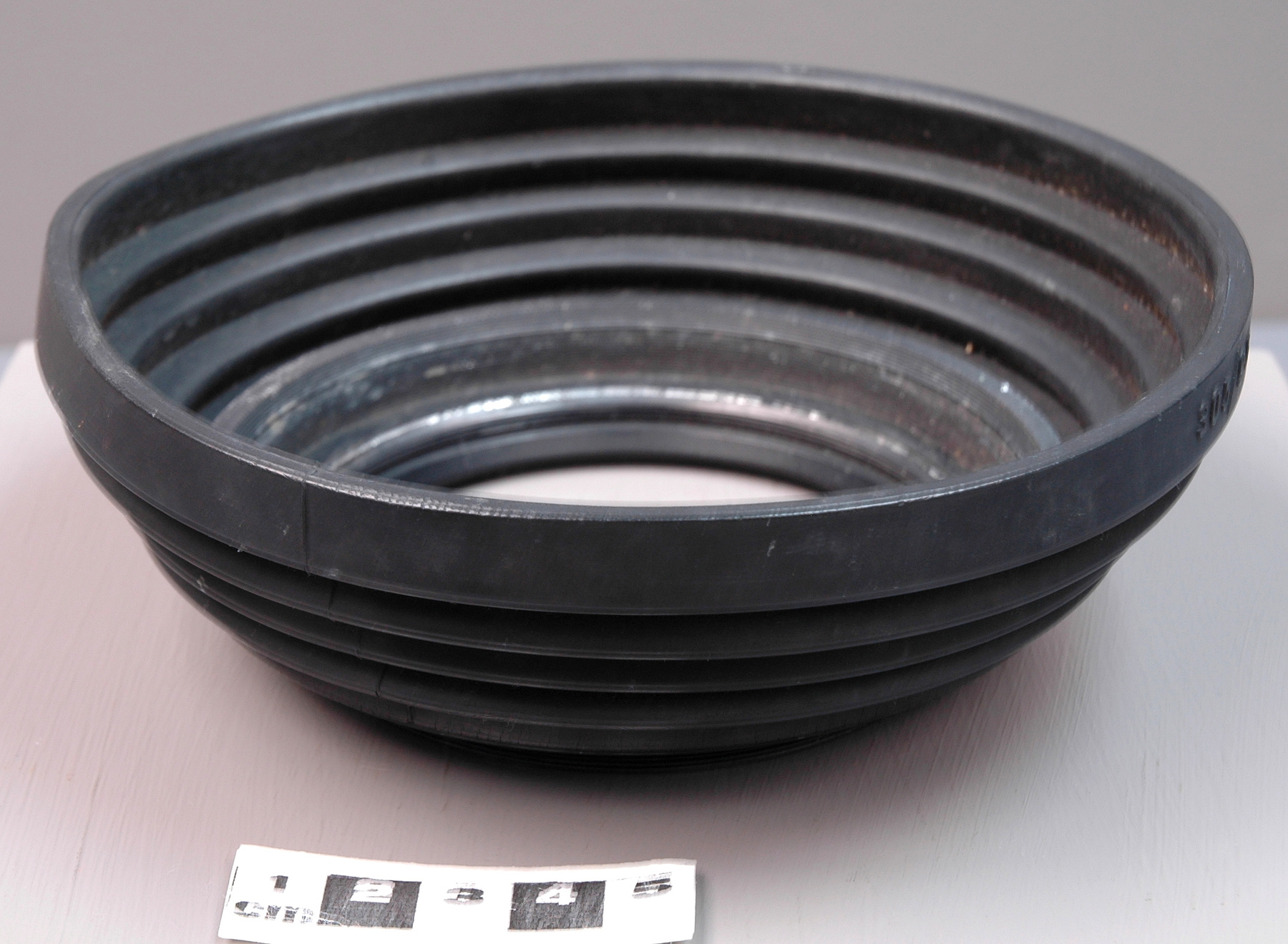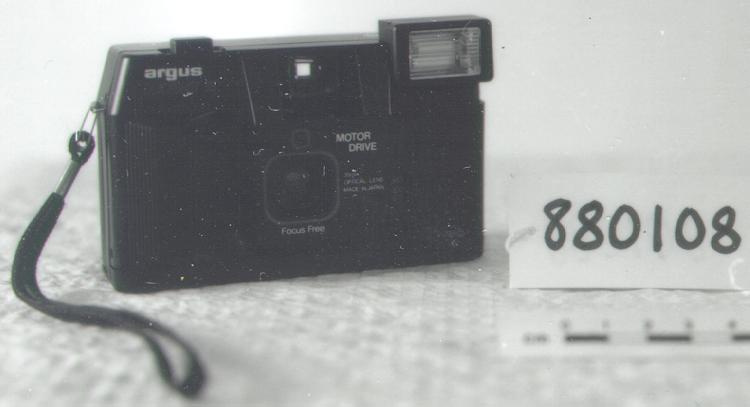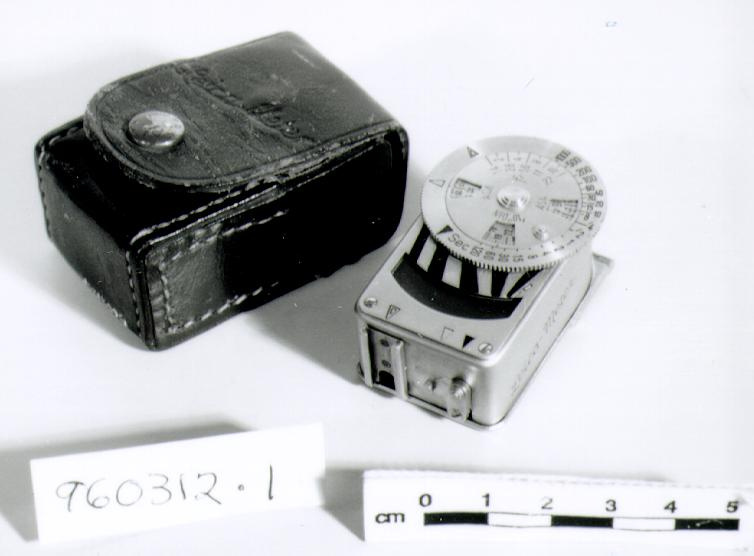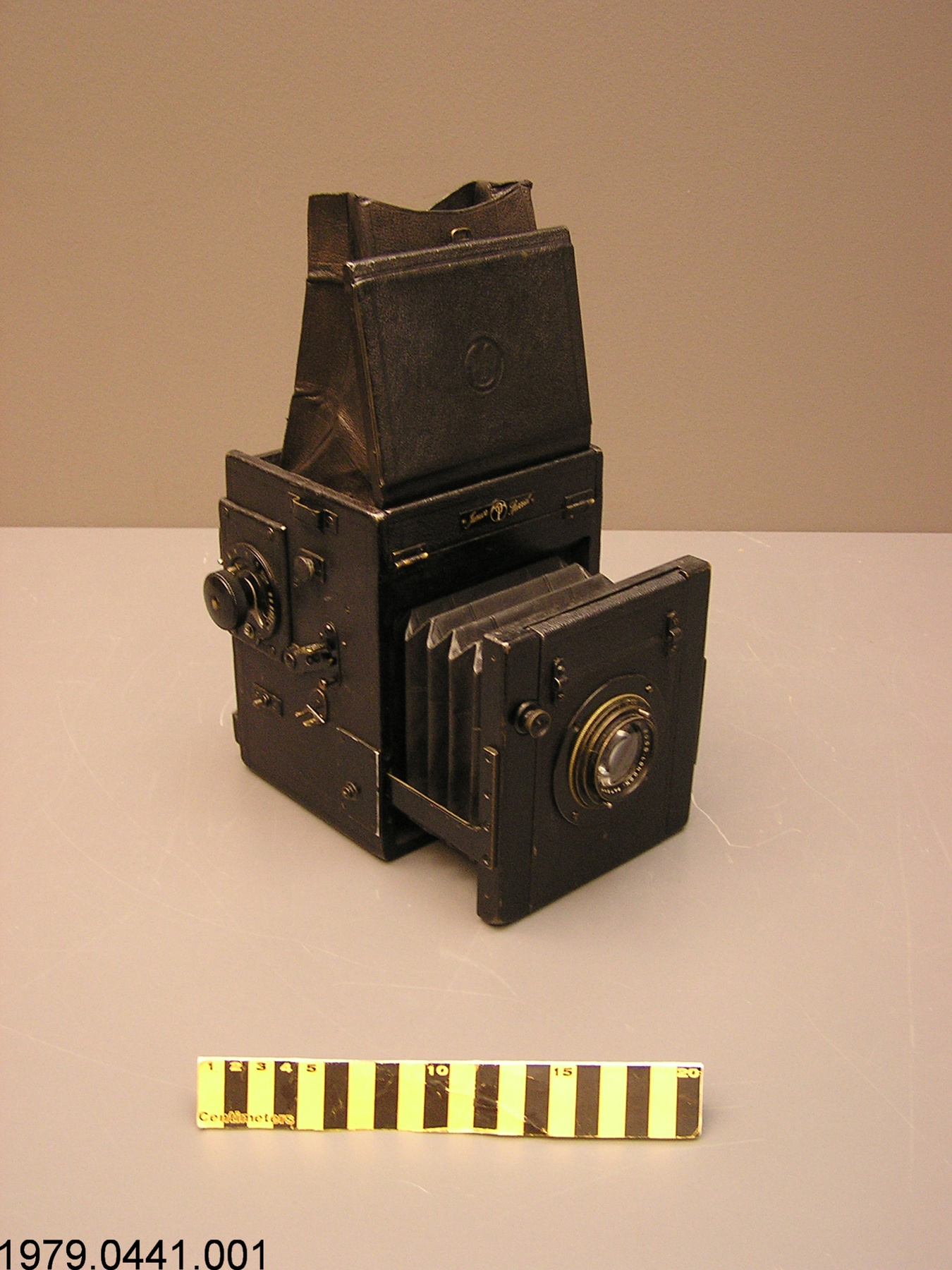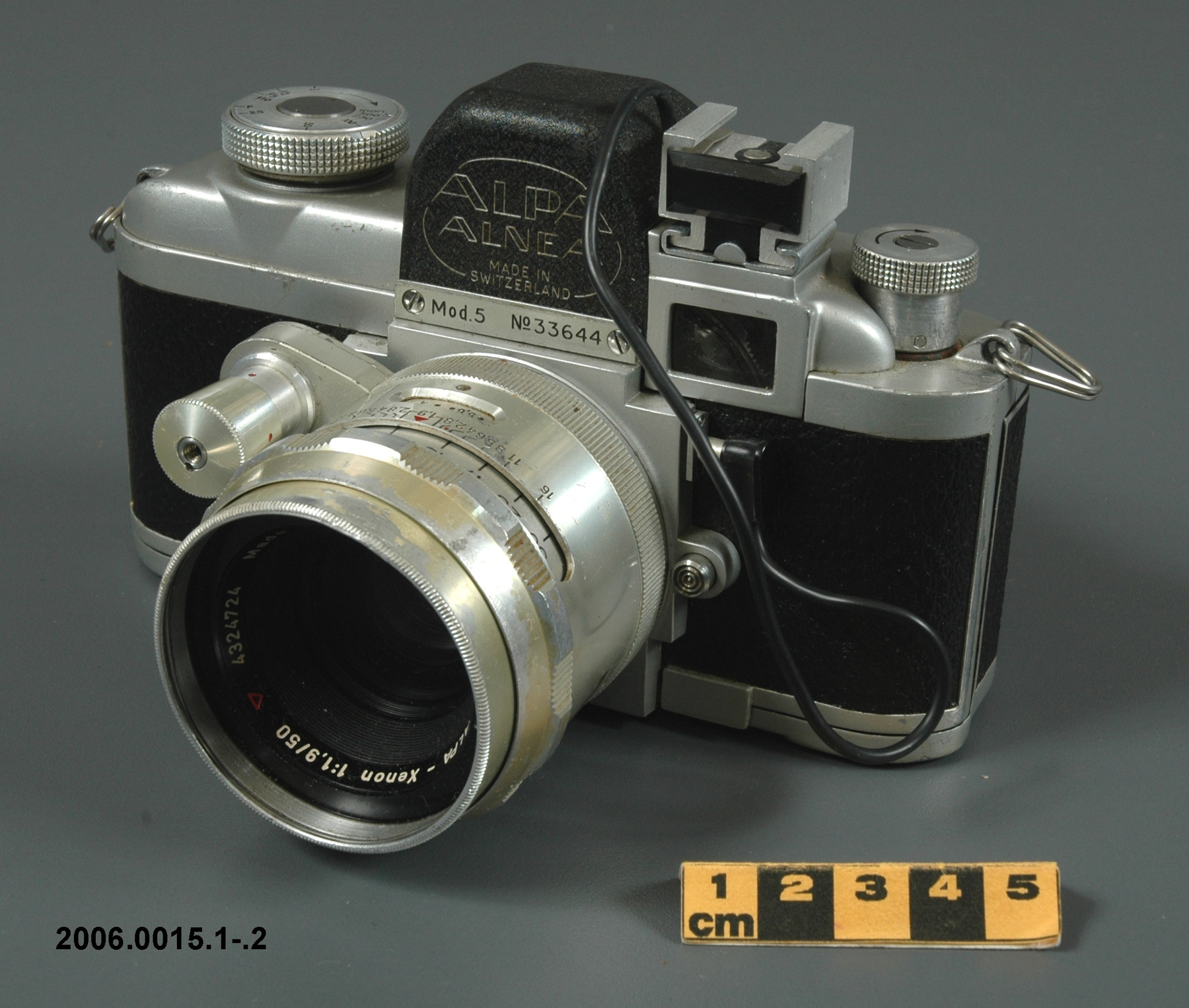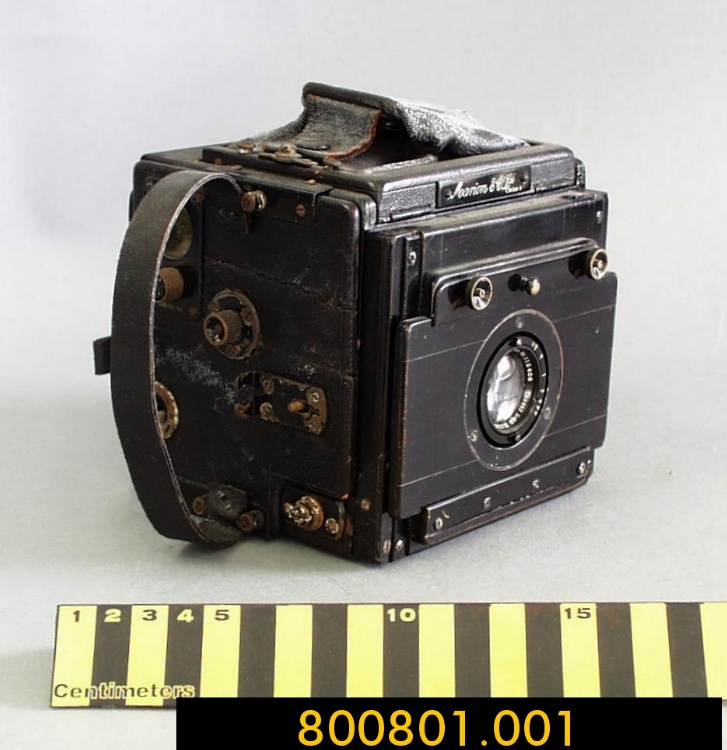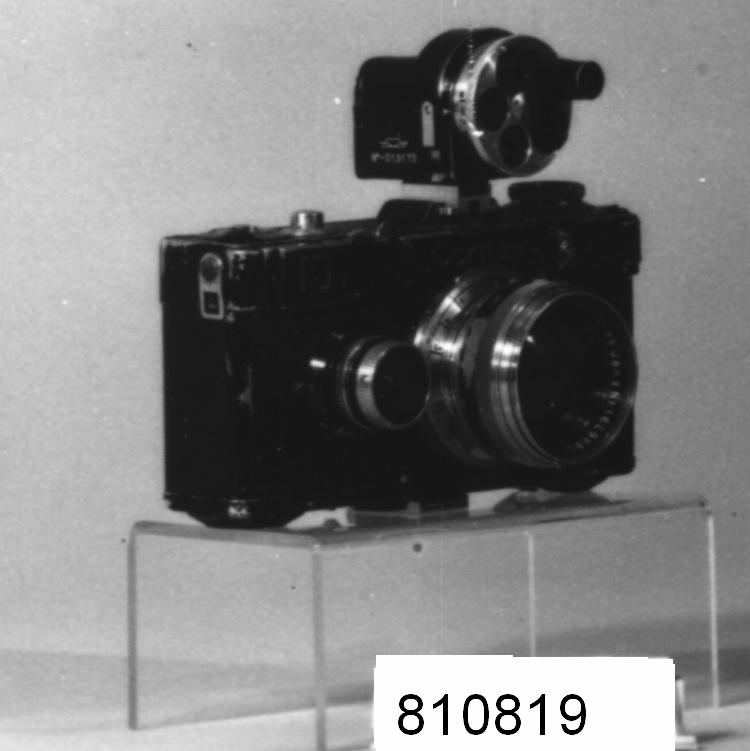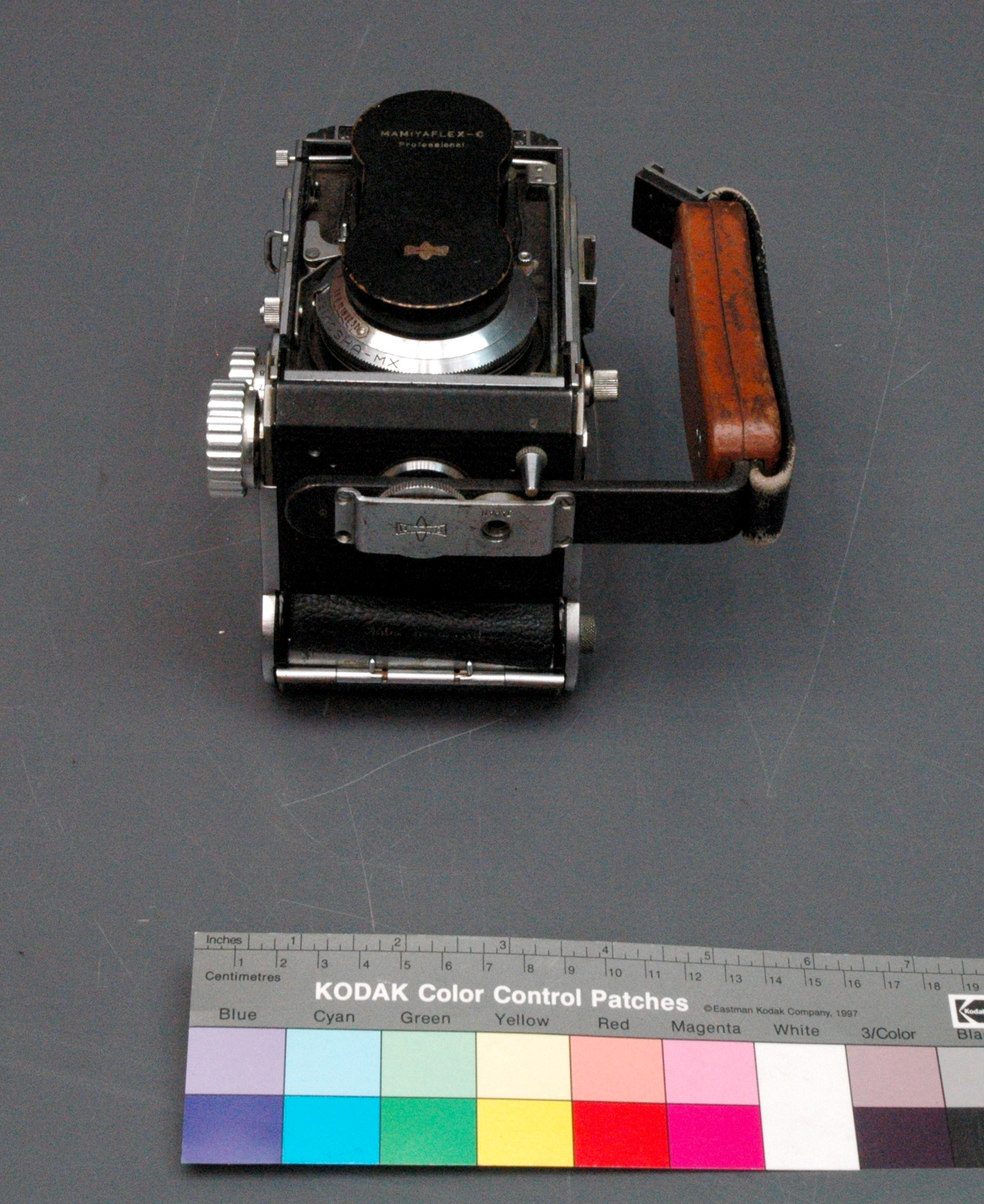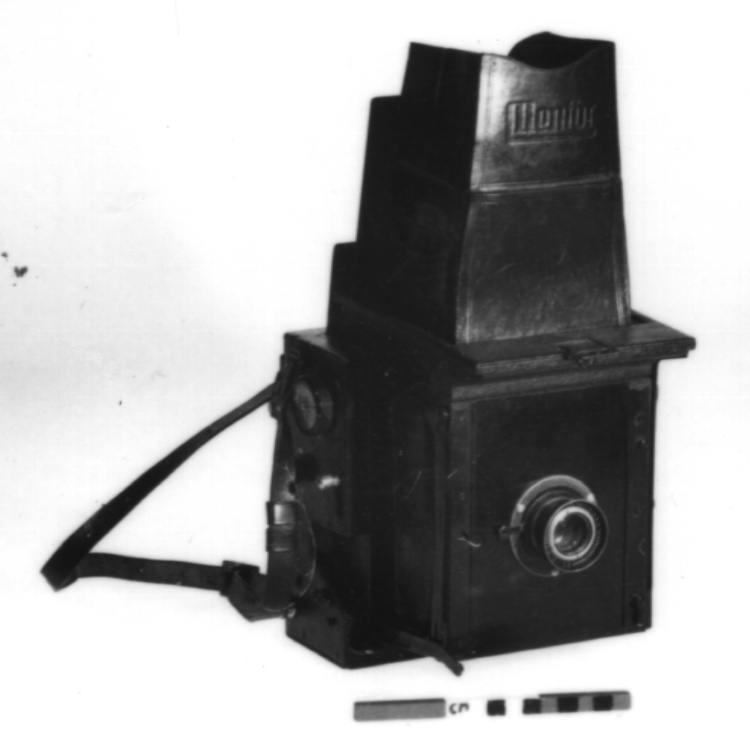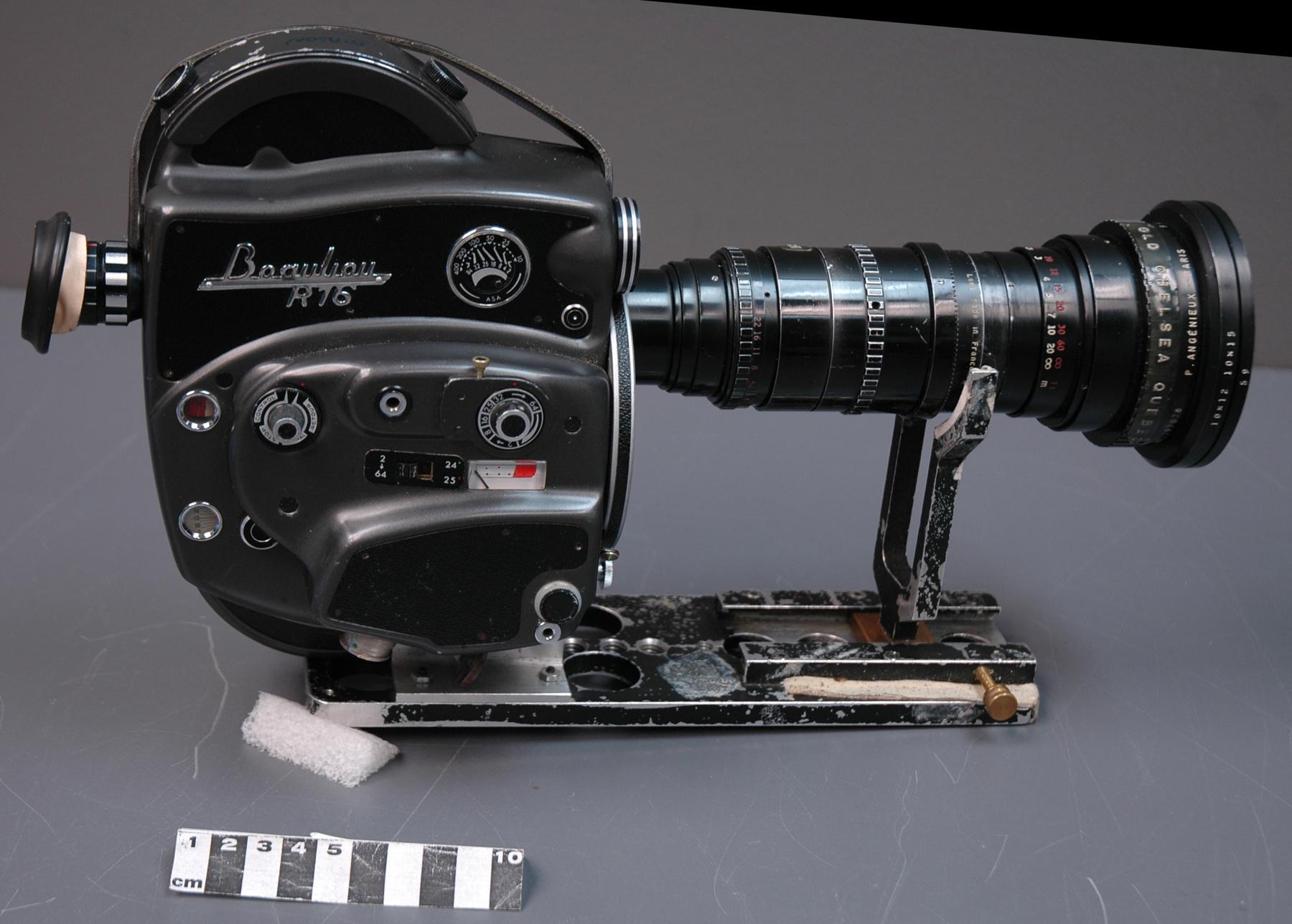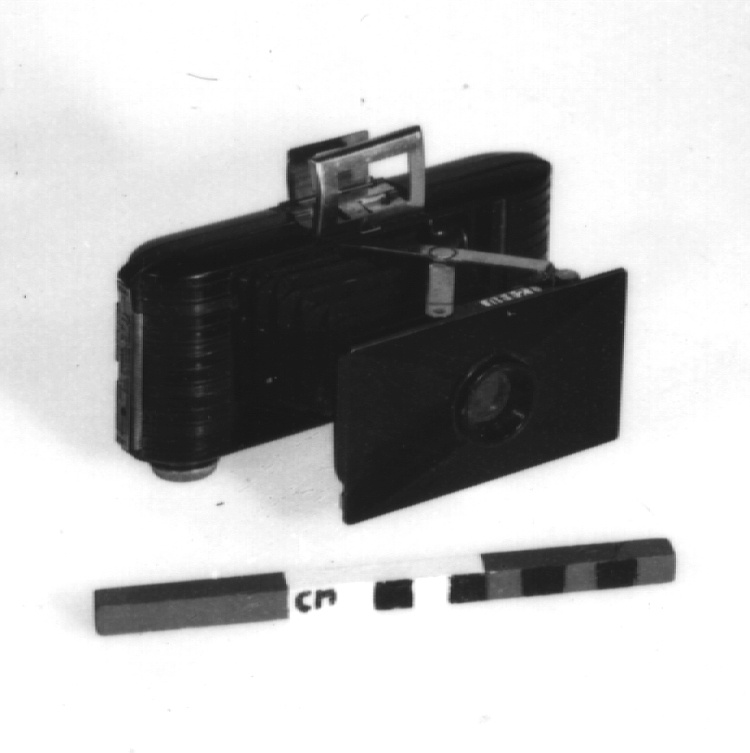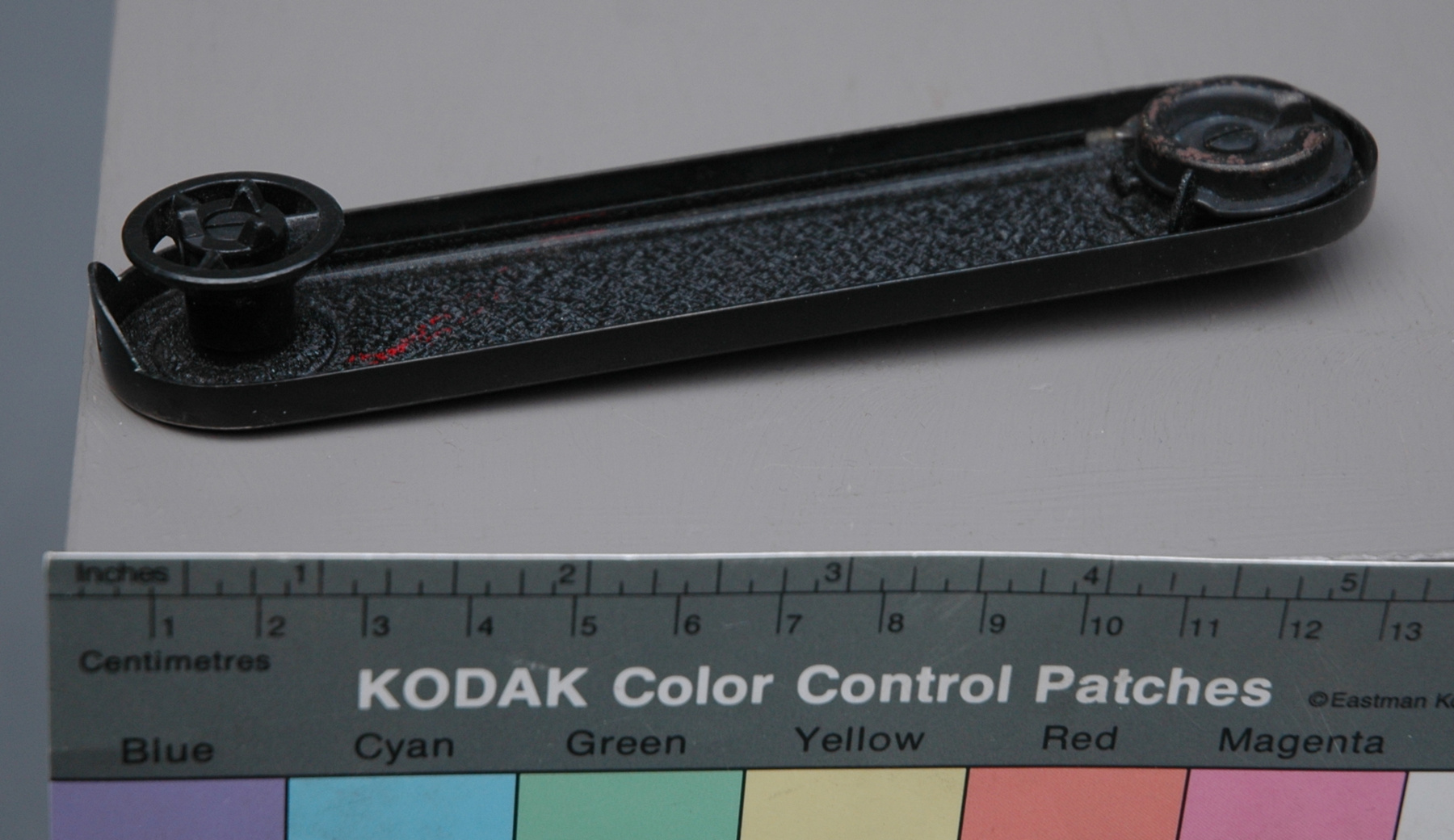Pièce d'appareil-photo
Utiliser cette image
Puis-je réutiliser cette image sans autorisation? Oui
Les images sur le portail de la collection d’Ingenium ont la licence Creative Commons suivante :
Copyright Ingenium / CC BY-NC-ND (Attribution-NonCommercial 4.0 International (CC BY-NC 4.0)
ATTRIBUER CETTE IMAGE
Ingenium,
2009.0355.002
Permalien:
Ingenium diffuse cette image sous le cadre de licence Creative Commons et encourage son téléchargement et sa réutilisation à des fins non commerciales. Veuillez mentionner Ingenium et citer le numéro de l’artefact.
TÉLÉCHARGER L’IMAGEACHETER CETTE IMAGE
Cette image peut être utilisée gratuitement pour des fins non commerciales.
Pour un usage commercial, veuillez consulter nos frais de reproduction et communiquer avec nous pour acheter l’image.
- TYPE D’OBJET
- baseplate
- DATE
- 1981
- NUMÉRO DE L’ARTEFACT
- 2009.0355.002
- FABRICANT
- Leitz Canada
- MODÈLE
- Inconnu
- EMPLACEMENT
- Midland, Ontario, Canada
Plus d’information
Renseignements généraux
- Nº de série
- S/O
- Nº de partie
- 2
- Nombre total de parties
- 4
- Ou
- S/O
- Brevets
- S/O
- Description générale
- All metal baseplate is oval in shape: most internal and external surfaces have black wrinkle-texture finish; smooth black edge and fittings.
Dimensions
Remarque : Cette information reflète la taille générale pour l’entreposage et ne représente pas nécessairement les véritables dimensions de l’objet.
- Longueur
- 13,8 cm
- Largeur
- 3,1 cm
- Hauteur
- 1,9 cm
- Épaisseur
- S/O
- Poids
- S/O
- Diamètre
- S/O
- Volume
- S/O
Lexique
- Groupe
- Photographie
- Catégorie
- Pièces d'appareil-photo
- Sous-catégorie
- S/O
Fabricant
- Ou
- Leitz
- Pays
- Canada
- État/province
- Ontario
- Ville
- Midland
Contexte
- Pays
- Canada
- État/province
- Inconnu
- Période
- This example used c. 1982-1996, and probably later.
- Canada
-
The camera and all accessories [except 2009.0357.2 lens hood for the Summilux lens] were manufactured in Midland, Ontario by Ernst Leitz Canada, subsidiary of the German optical maker Ernst Leitz. All items were owned and used by Fred Phipps, a professional photographer based in Toronto and employed by the Canadian Broadcasting Corporation. Mr. Phipps studied photography at Ryerson Polytechnic Institute. Running short of funds, he left the program before graduation in January 1957 to take a job with the CBC photography department. He remained with the CBC for almost 35 years, during which he worked as a staff photographer and as National Photo Editor. After retirement in 1992 he continued to produce photos for the CBC as a freelancer. Over his long career, Mr. Phipps completed thousands of portraits and candid photos of CBC personalities and productions (e.g. David Suzuki, Foster Hewitt, Joe Schlesinger, Front Page Challenge, The Beachcombers, Friendly Giant, Mr. Dressup, Seeing Things). These were circulated to print media for publicity purposes or were used internally as "ID slides" for on-air program promotion. Attracted by the Leica's reputation for craftsmanship and excellent optics, Mr. Phipps purchased his M4-P around 1982 from Toronto Camera Exchange (Rutherford Photographic). Although Mr. Phipps was also using Nikon and Hasselblad SLRs at the time, he liked his MP-4 for use in the television studio because its quiet operation (without winder) was less likely to be picked up by microphones. This was a feature that Leica promoted in its marketing of the M4-P. With its bright, high contrast viewfinder and fitted with the Summilux 35 mm f/1.4 lens, the camera was also excellent for shooting in available studio light where a flash would again have been disruptive. Offering a wide angle of view and good depth of field, the Summilux was his preferred lens for candid studio shots where he wished to show the performers in context. Its optics were so good that a 35 mm negative could be enlarged to 16x20 inches with minimal grain. The 90 mm Tele-Elmarit was generally used for portraiture. Mr. Phipps owned a second MP-4 camera body and a 50 mm lens, both of which he sold several years ago. In December 1982 the M4-P was the only 35 mm rangefinder camera for the professional and advanced amateur market featured in Modern Photography's annual camera guide. Fitted with a 50 mm lens it was not cheap, retailing for $2000 to $2,400 (USD), depending on the model of lens selected. By comparison, the Canon A-1, Canon F-1, Minolta X-700 and Nikon FE SLRs were all priced at less than $1000 (USD). Only Leitz’s own SLR, the Leica R4, was more expensive. [Ref. 1] - Fonction
-
Specific: To provide access to, and to help protect, internal components. - Technique
-
This is an example of a professional-quality 35 mm rangefinder camera and its accessories) from the early 1980s. Rangefinder focusing systems work on the principles of trigonometry, determining distance to the subject by treating it as one side of a right triangle in which the measure of one other side and one other angle are known. In the Leica, like most rangefinder cameras, the rangefinder device is mechanically coupled to the focus ring on the lens. The user focuses by turning the focus ring to align or superimpose the image of the subject in the viewfinder with a second image projected by a mirror in the rangefinder. This is accomplished by adjusting the length of the known side of the right triangle. In essence, the lens focus and rangefinder assembly become an analogue computer with automatic feedback. The M4-P takes bayonet mount, interchangeable lenses. Its focal plane shutter can be set for ten speeds ranging from ½ second down to 1/1000 second. Its viewfinder is equipped with a coupled rangefinder, bright frames for a variety of lens focal lengths and built-in parallax compensation. Although designed to accommodate a motorized film winder, the M4-P is otherwise an entirely mechanical camera, with no automatic features, no built-in light meter and no batteries. When introduced in 1980, the MP-4 was one of the few rangefinder 35 mm cameras still available. Most manufacturers, including Leitz and its Japanese competitors, had shifted production to the single-lens reflex (SLR), which offered through the lens viewing. Rangefinders like the MP-4 were still preferred by professionals in certain applications, however, where the dim image and noisy operation of the reflex viewing system and shutter made SLRs inappropriate. In addition, their lack of automation appealed to photographers who wanted a reliable camera that left them in complete control of exposure settings. Without the prisms and mirrors required for reflex viewing, it was also slightly lighter than most comparable SLRs. Over the course of its production run, 23,180 M4-P’s were made. By comparison, Leica produced about 100,000 R4 SLR cameras in the same period. [Ref 1] - Notes sur la région
-
Inconnu
Détails
- Marques
- None evident.
- Manque
- None evident.
- Fini
- All metal baseplate is oval in shape: most internal and external surfaces have black wrinkle-texture finish; smooth black edge and fittings.
- Décoration
- S/O
FAIRE RÉFÉRENCE À CET OBJET
Si vous souhaitez publier de l’information sur cet objet de collection, veuillez indiquer ce qui suit :
Leitz Canada, Pièce d'appareil-photo, 1981, Numéro de l'artefact 2009.0355, Ingenium - Musées des sciences et de l'innovation du Canada, http://collections.ingeniumcanada.org/fr/id/2009.0355.002/
RÉTROACTION
Envoyer une question ou un commentaire sur cet artefact.
Plus comme ceci
